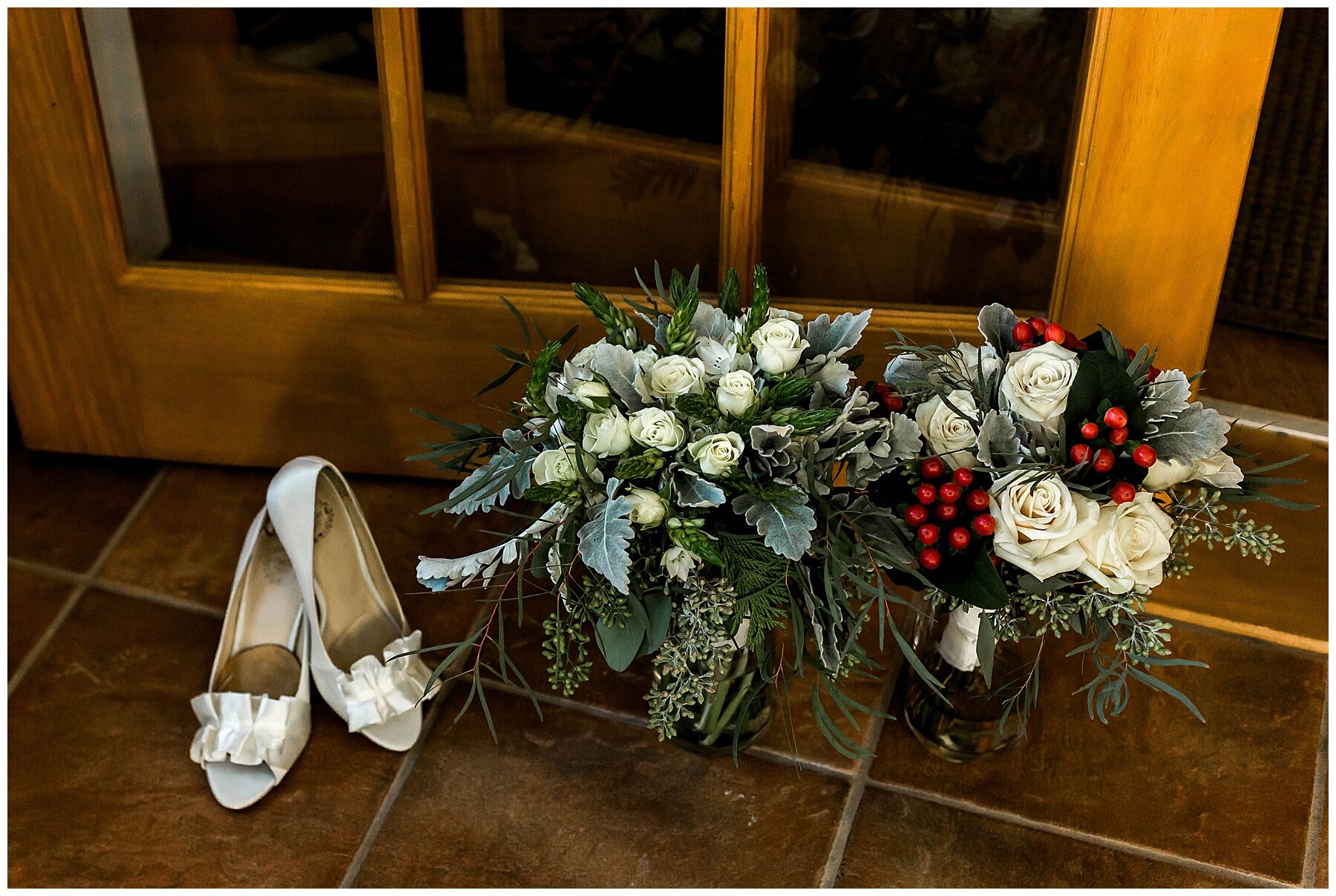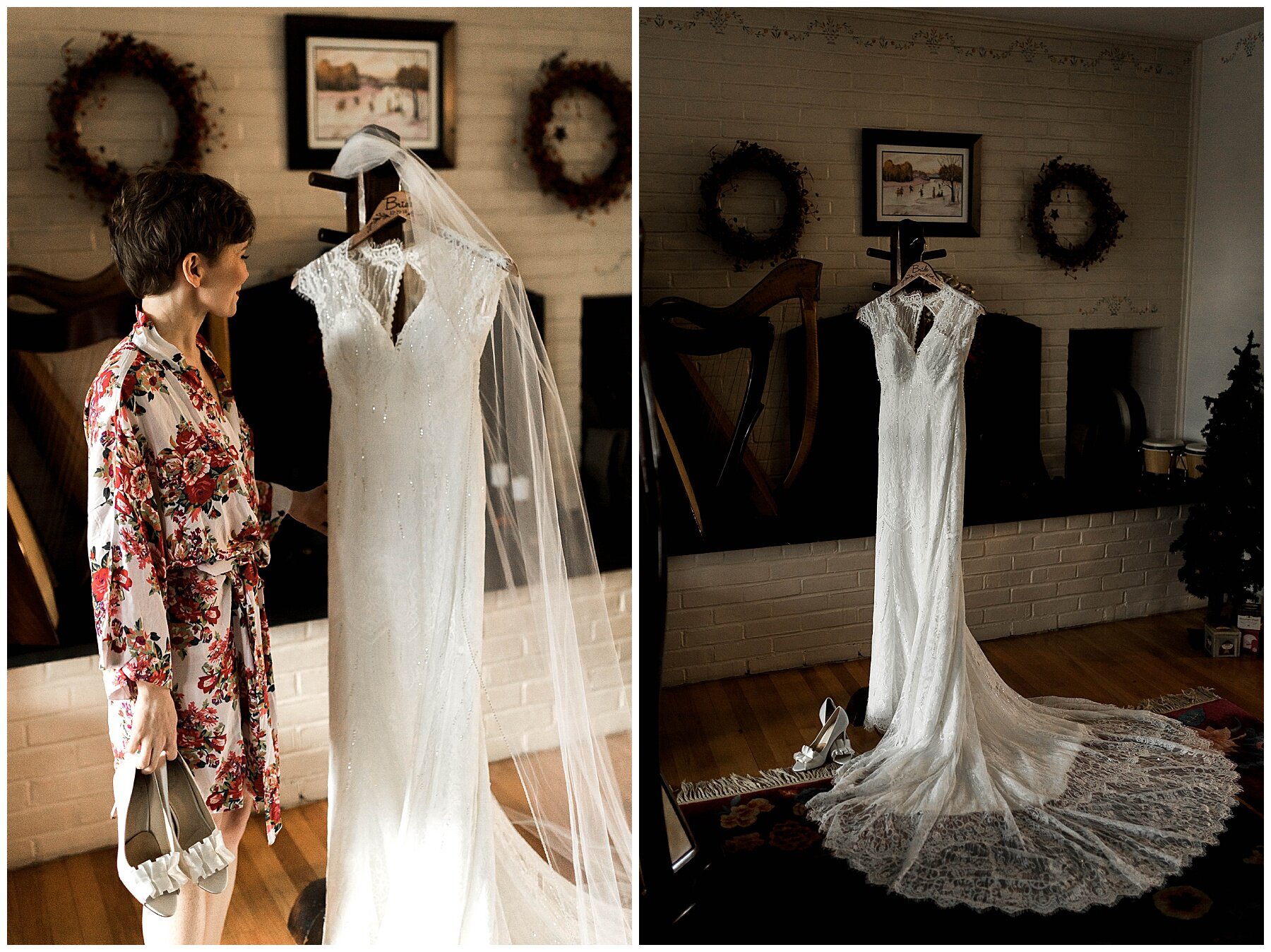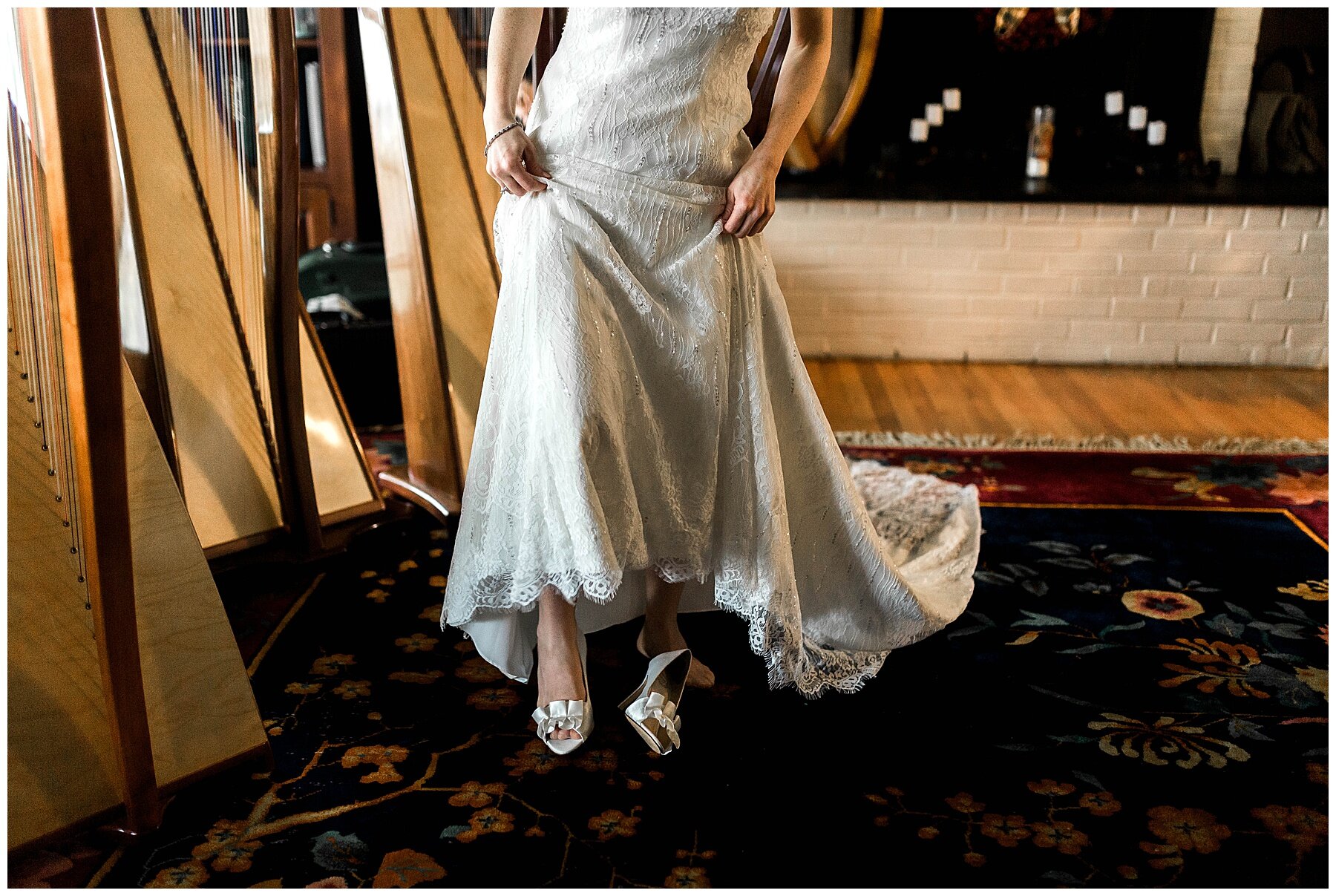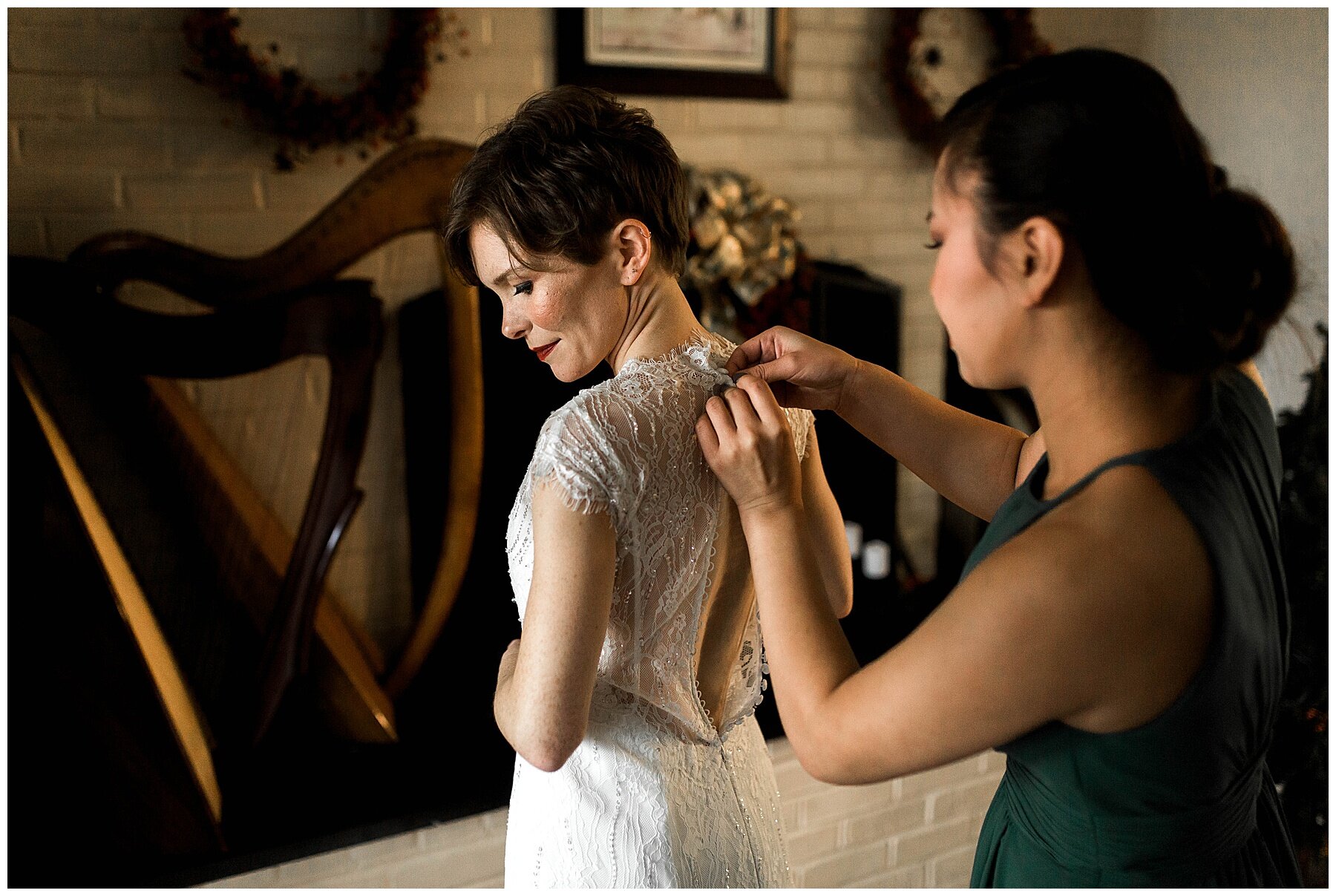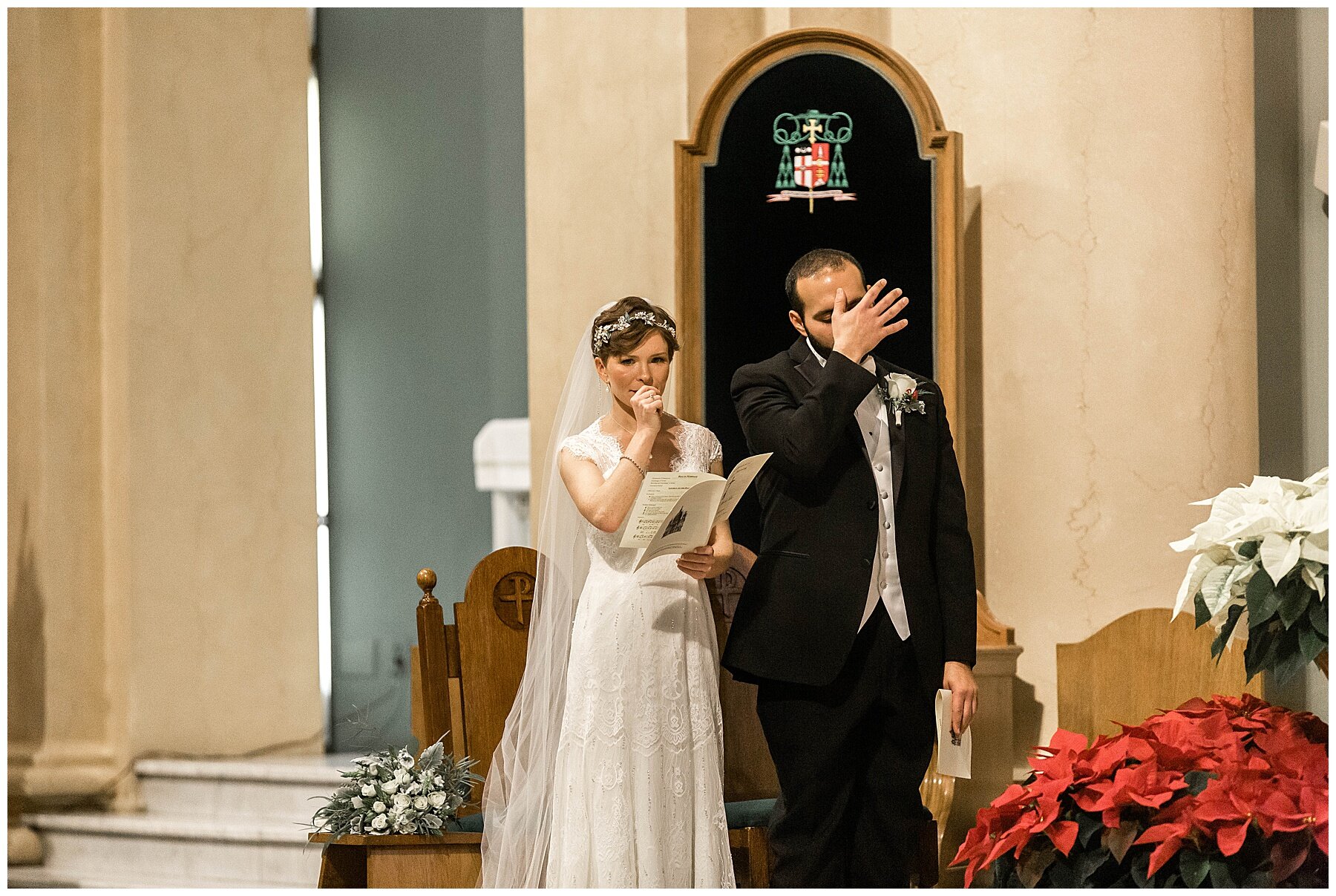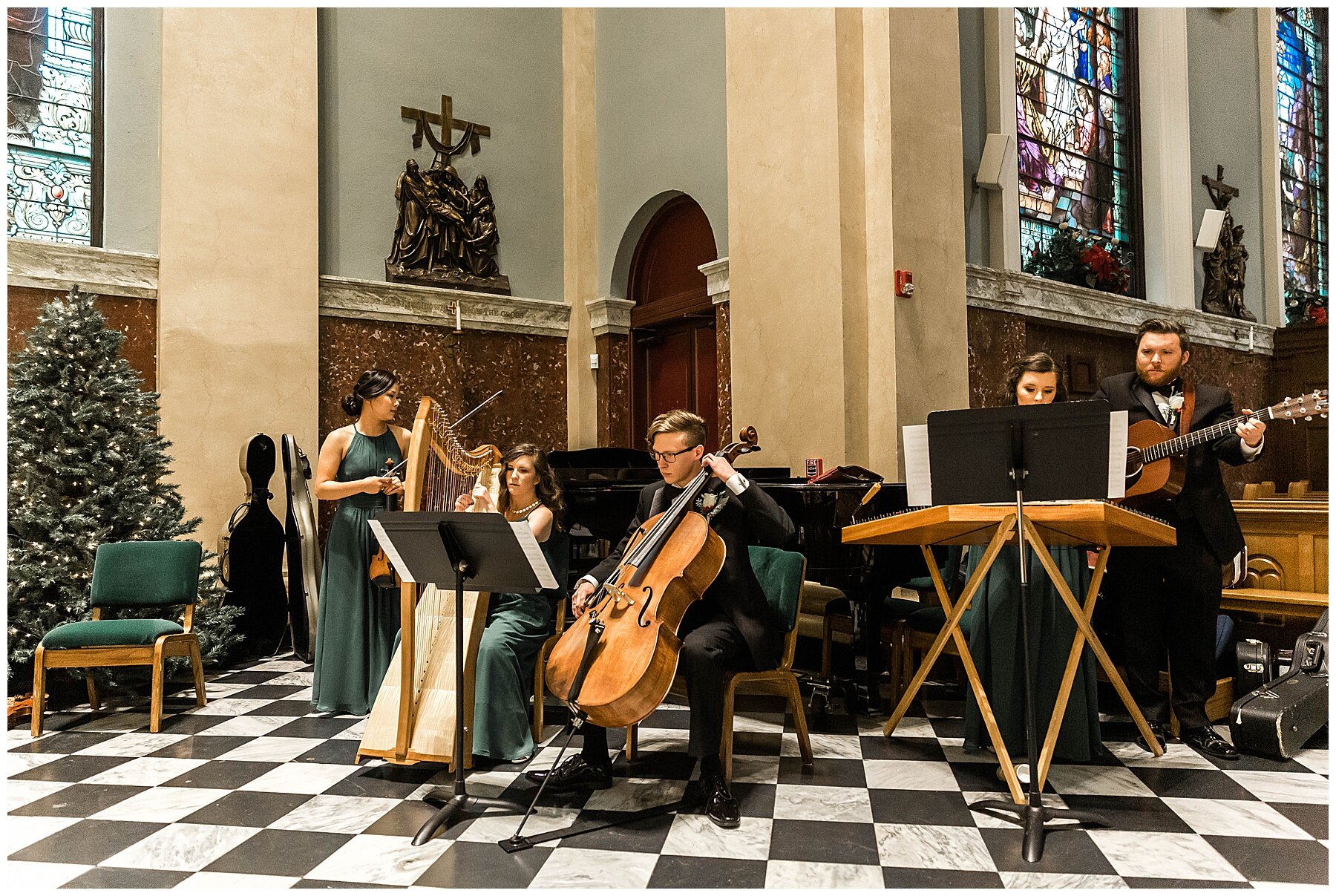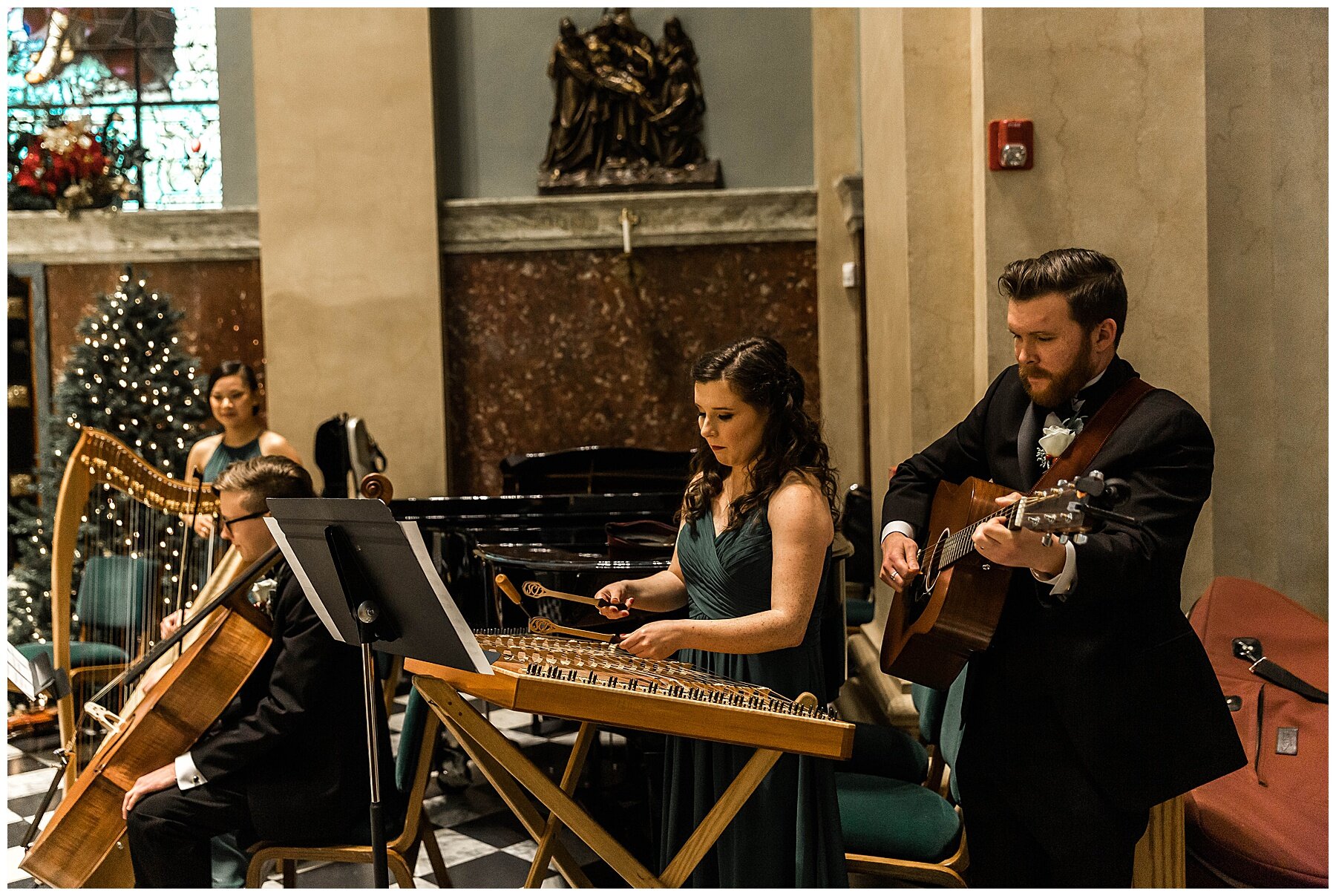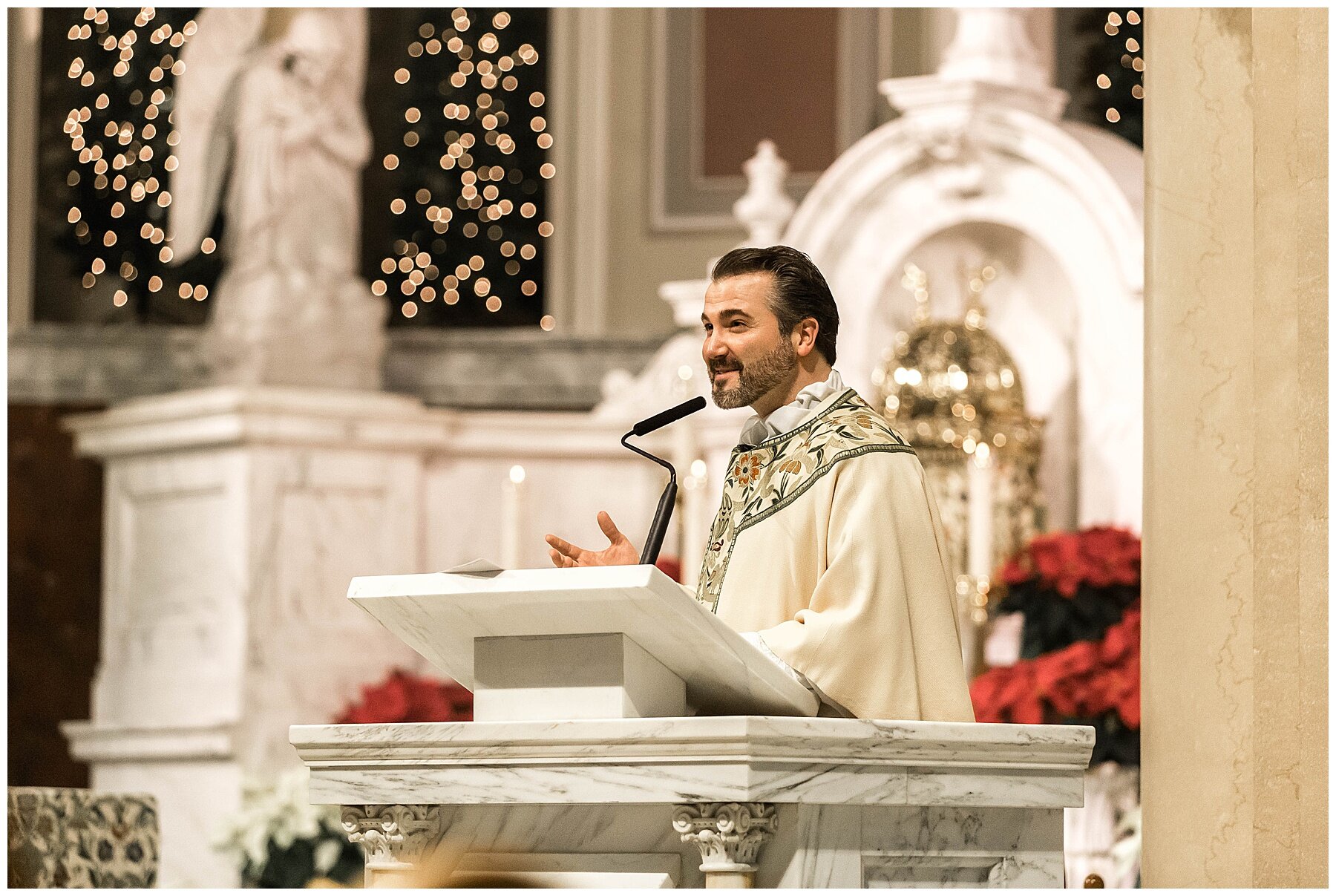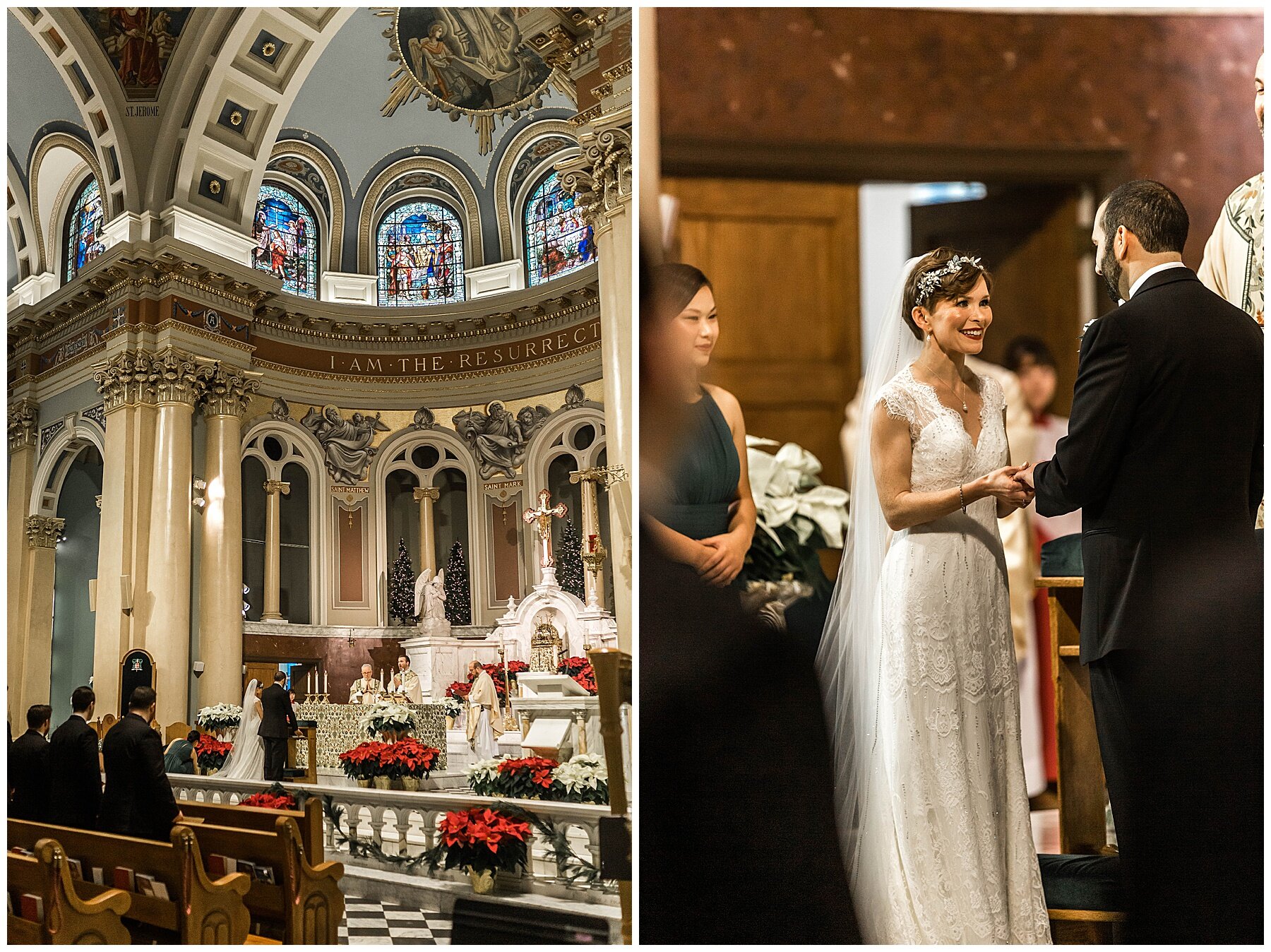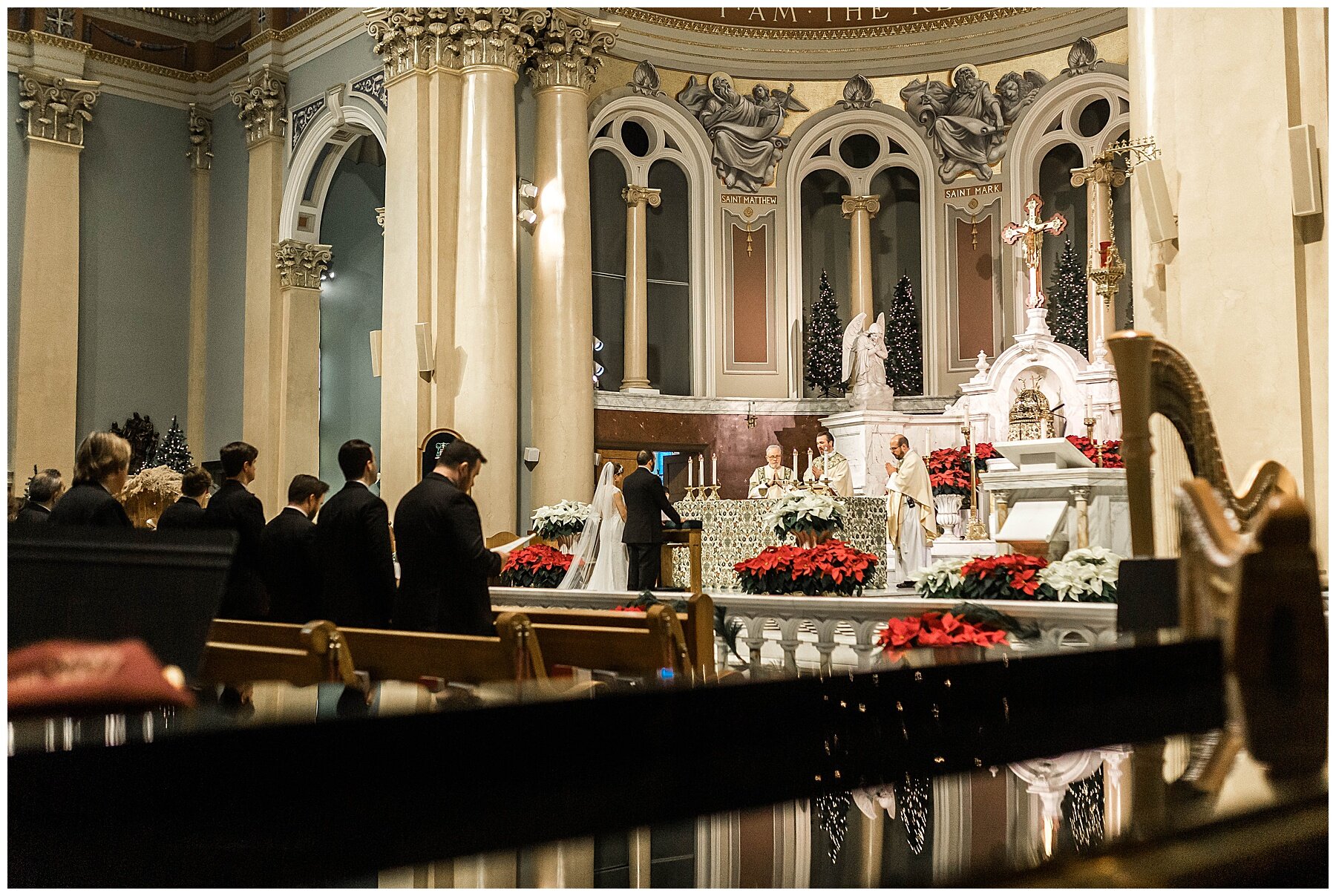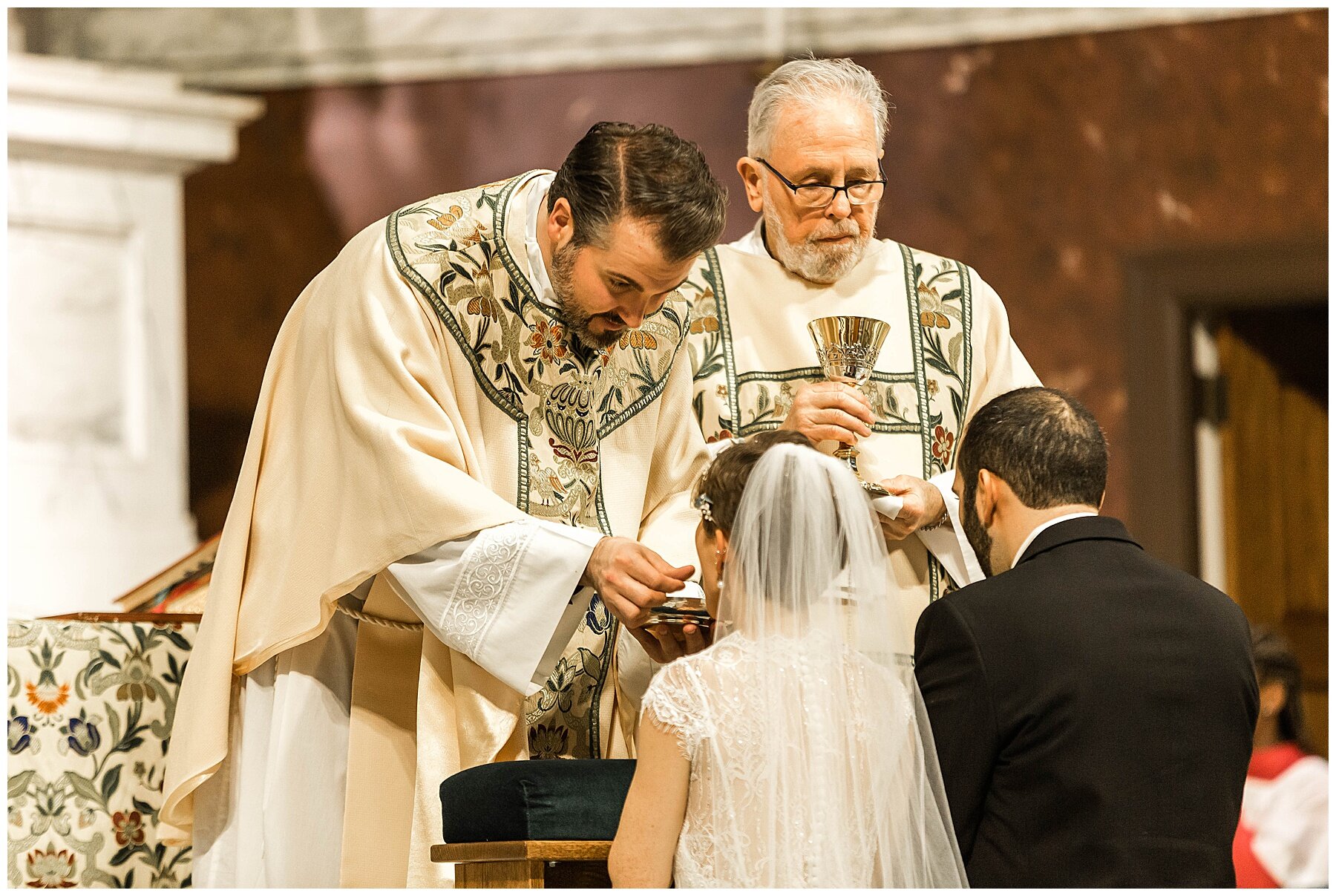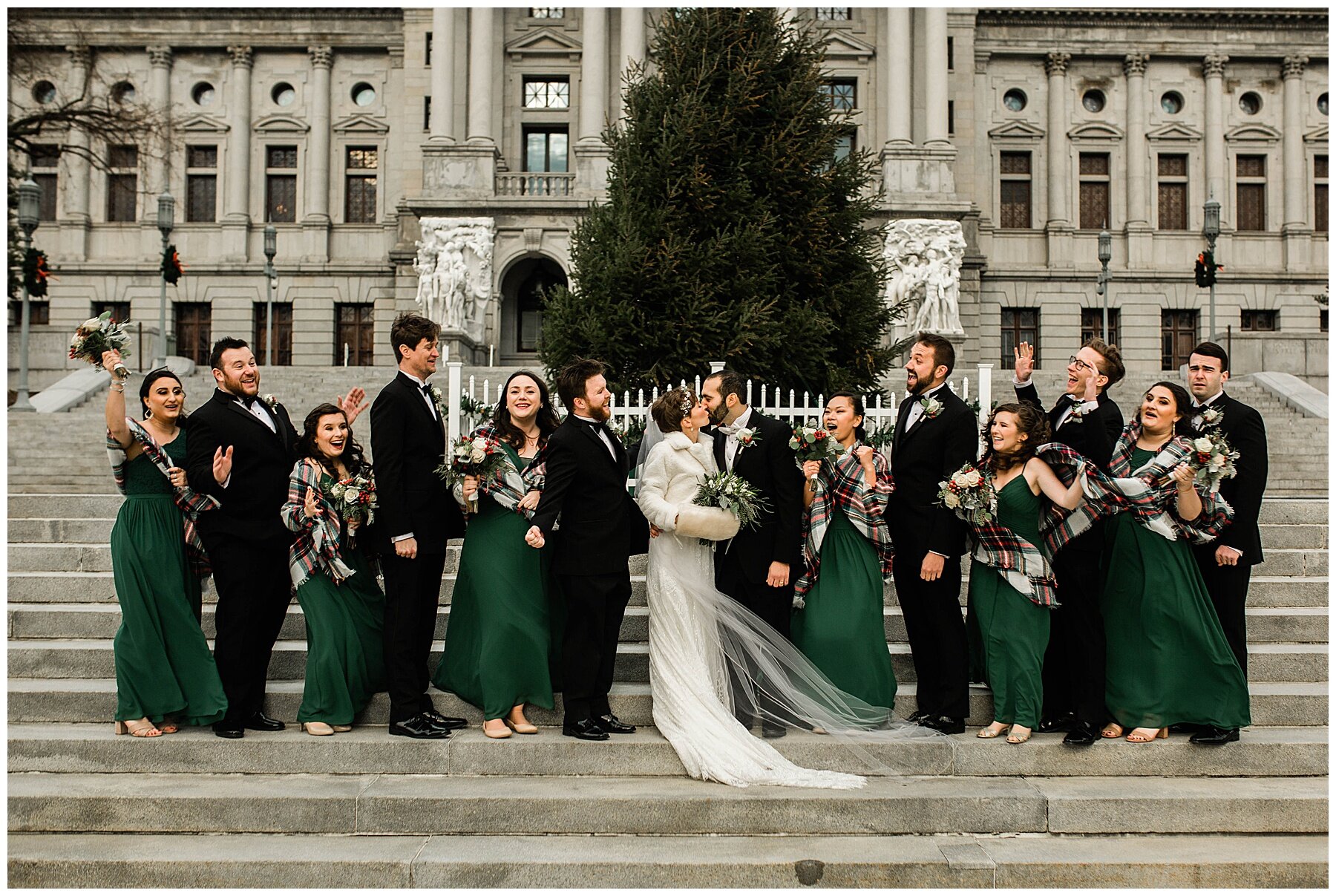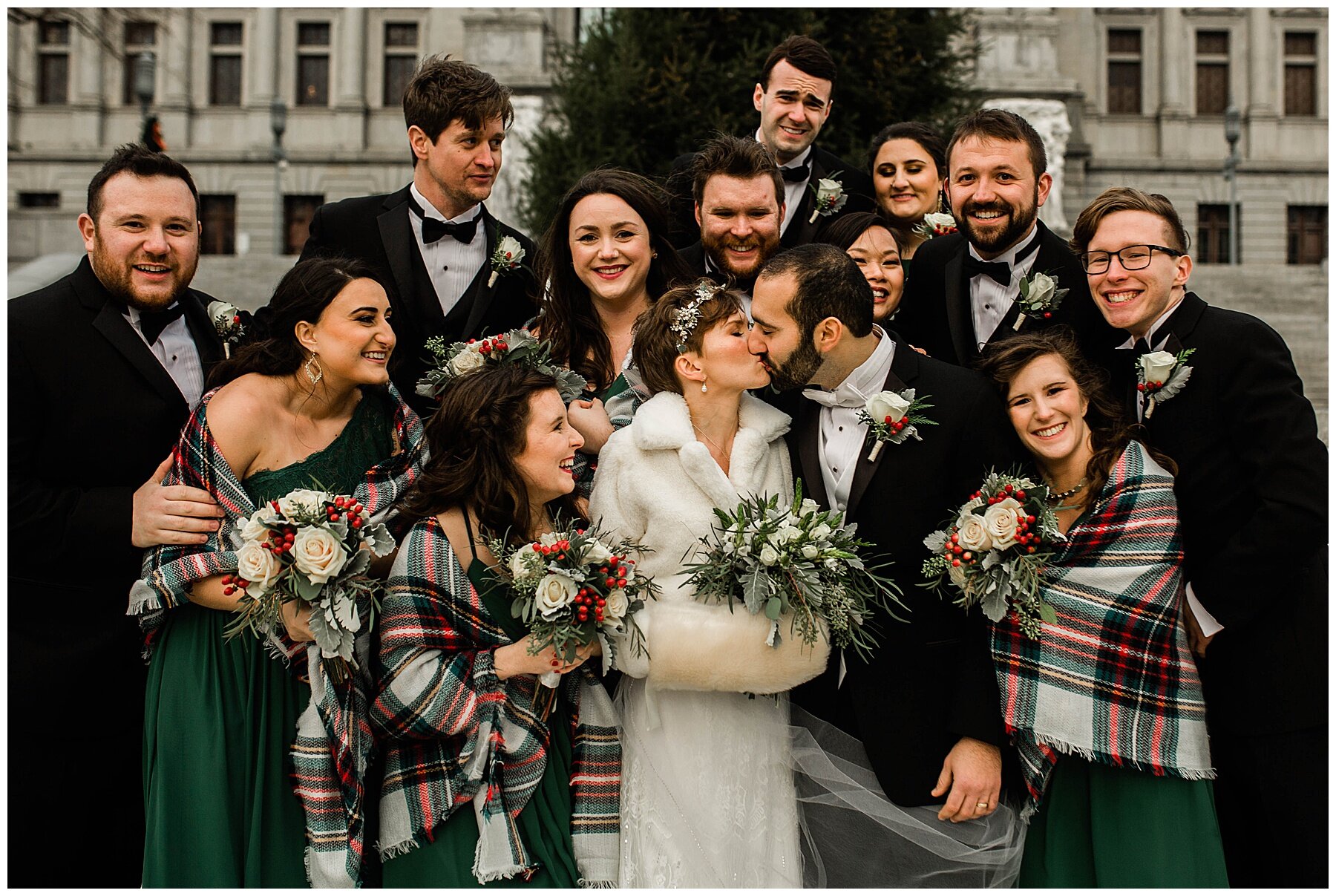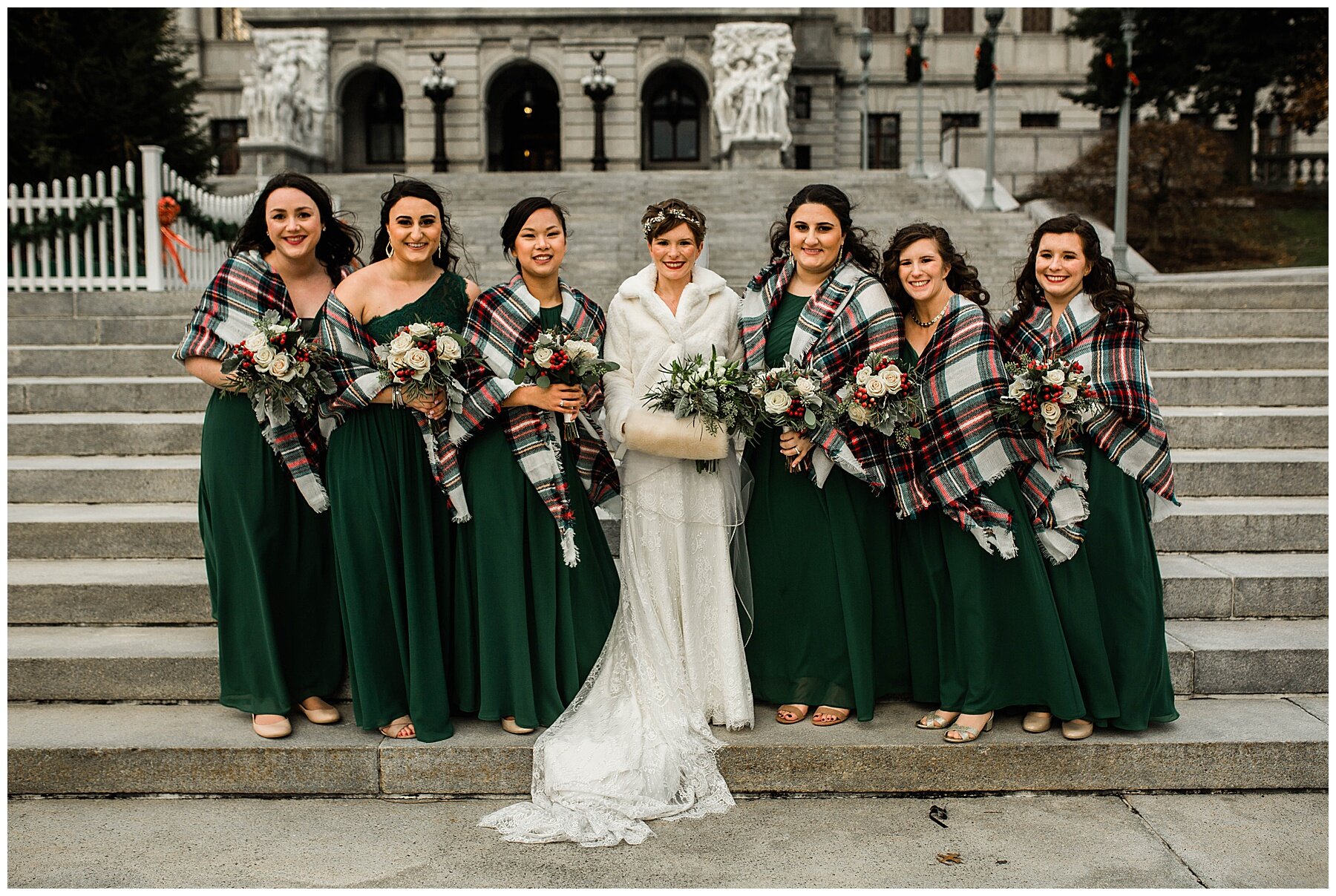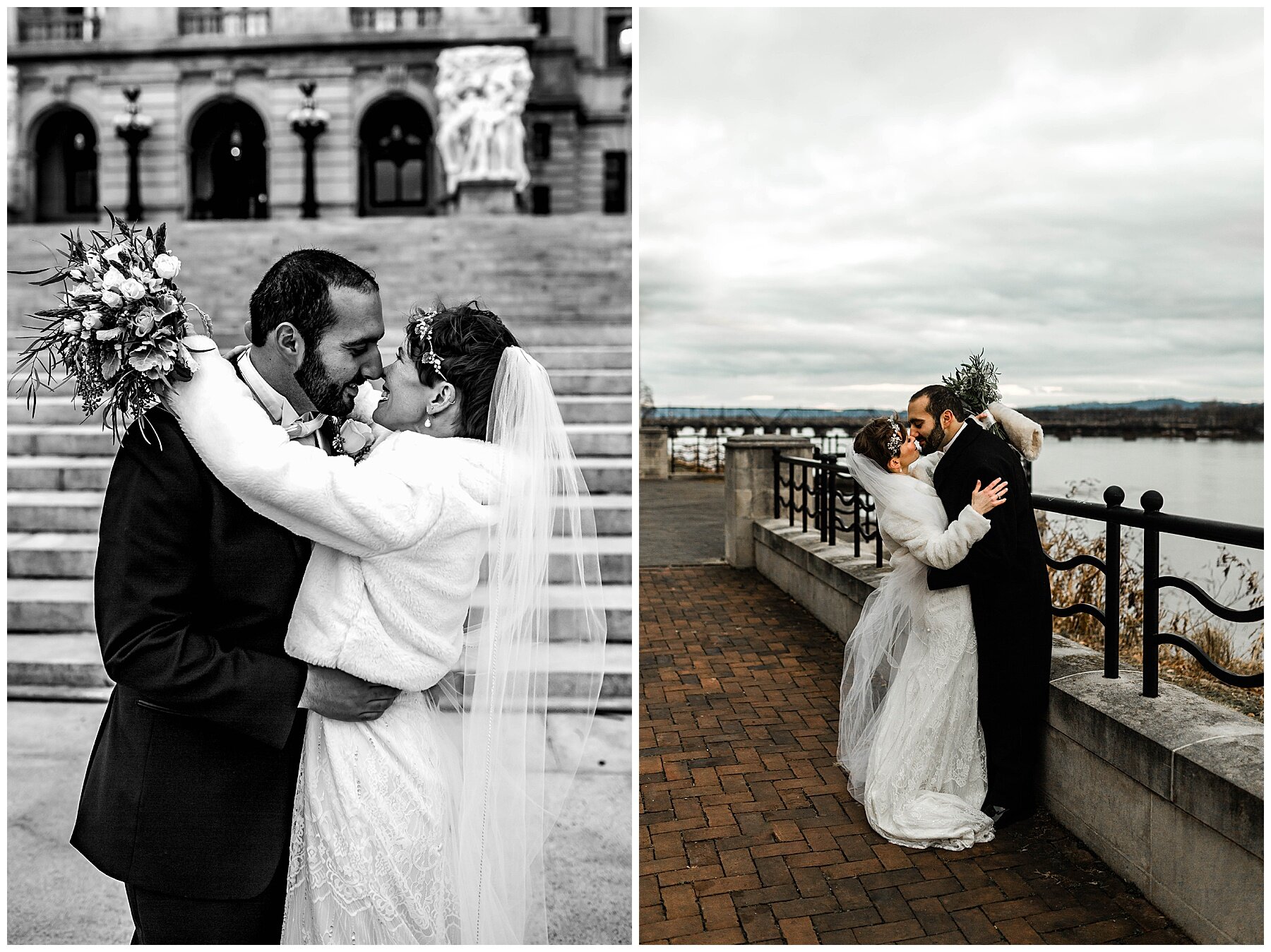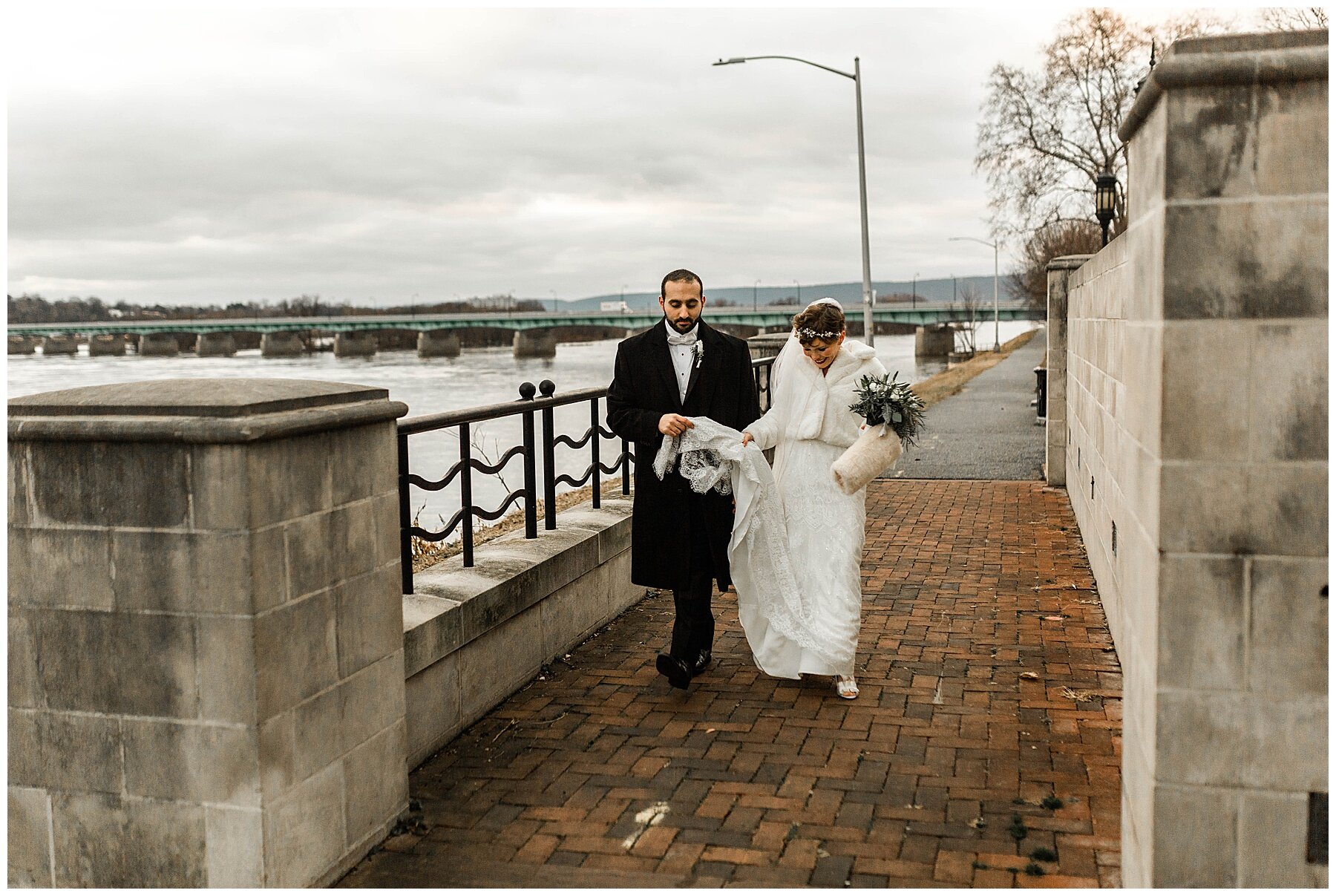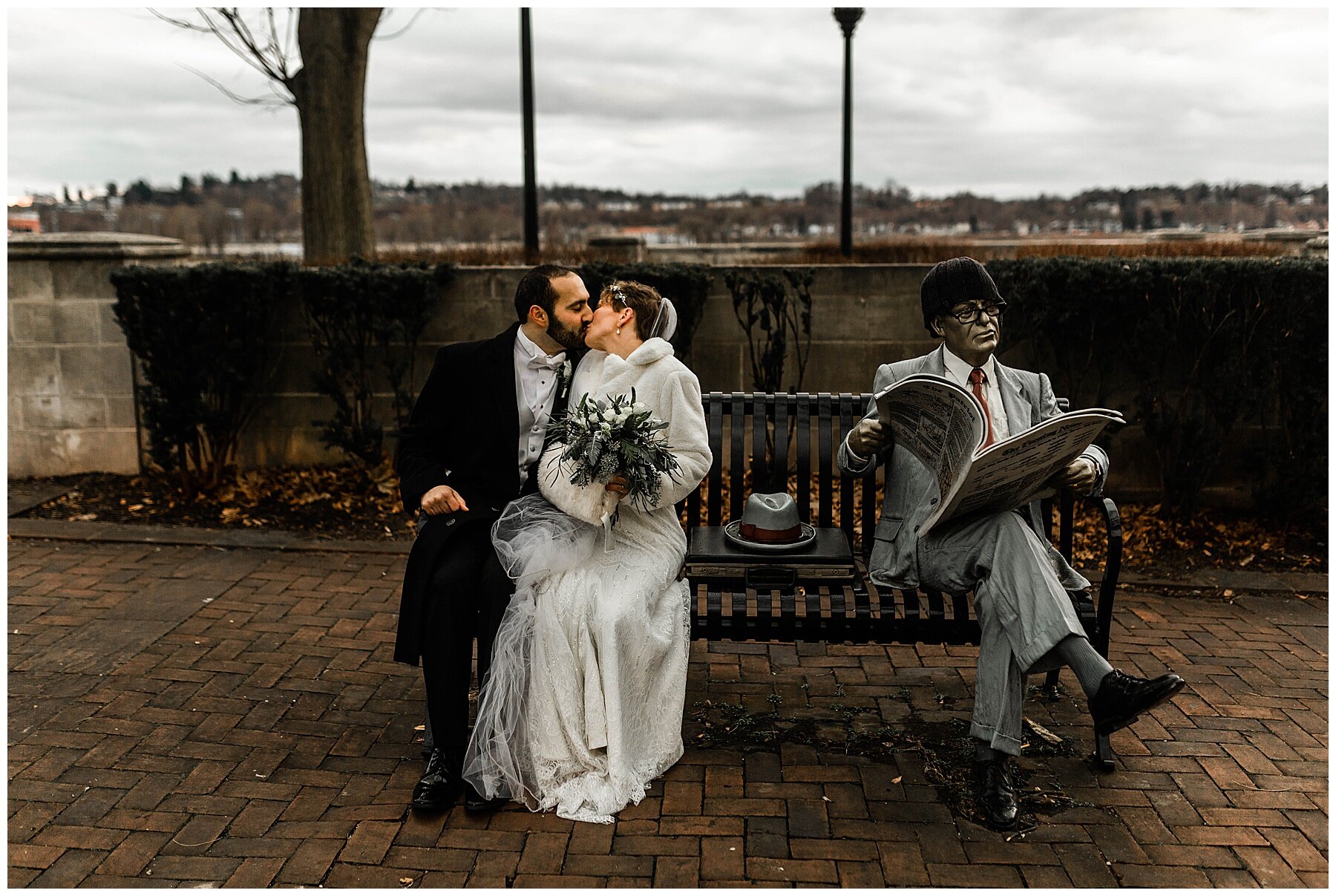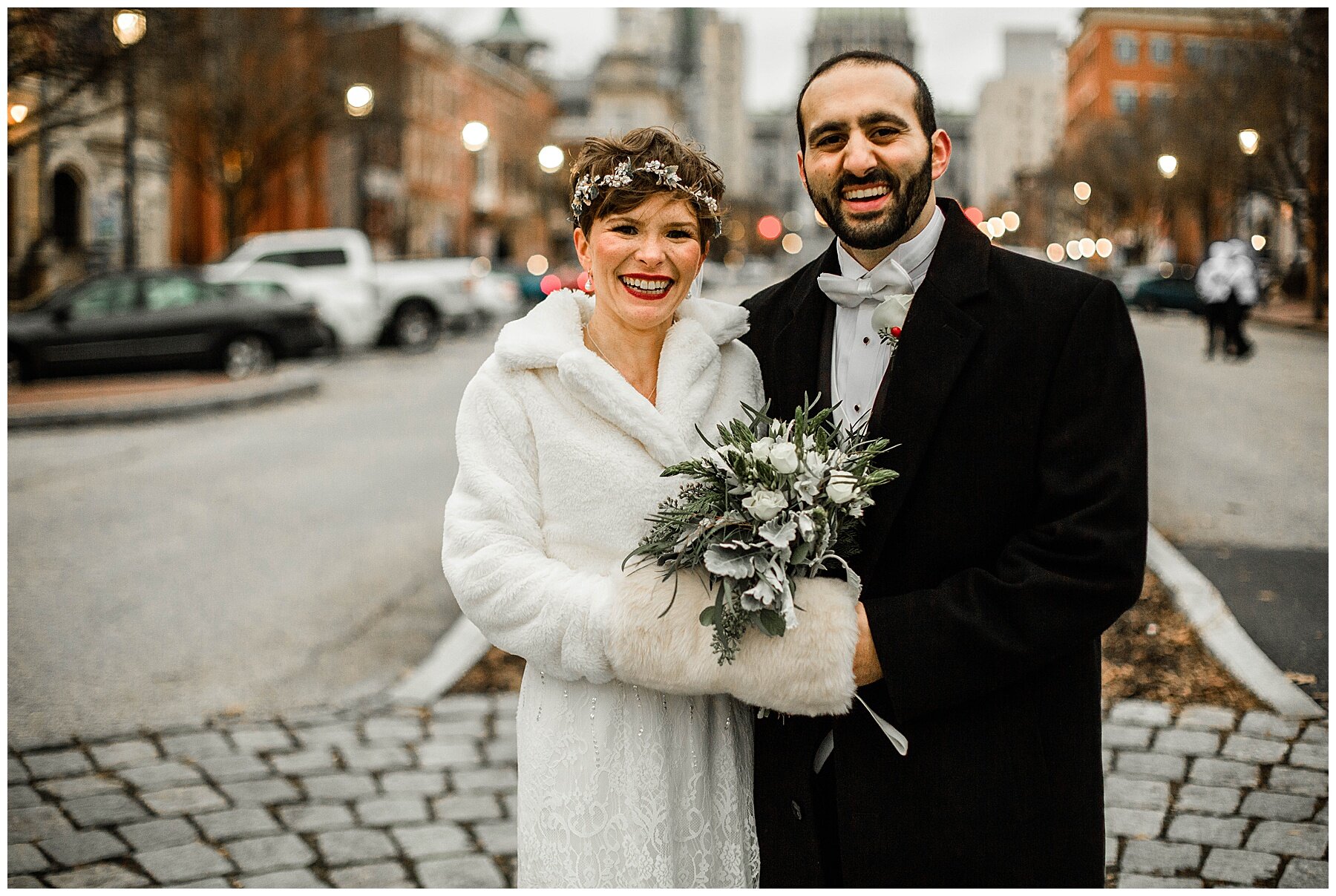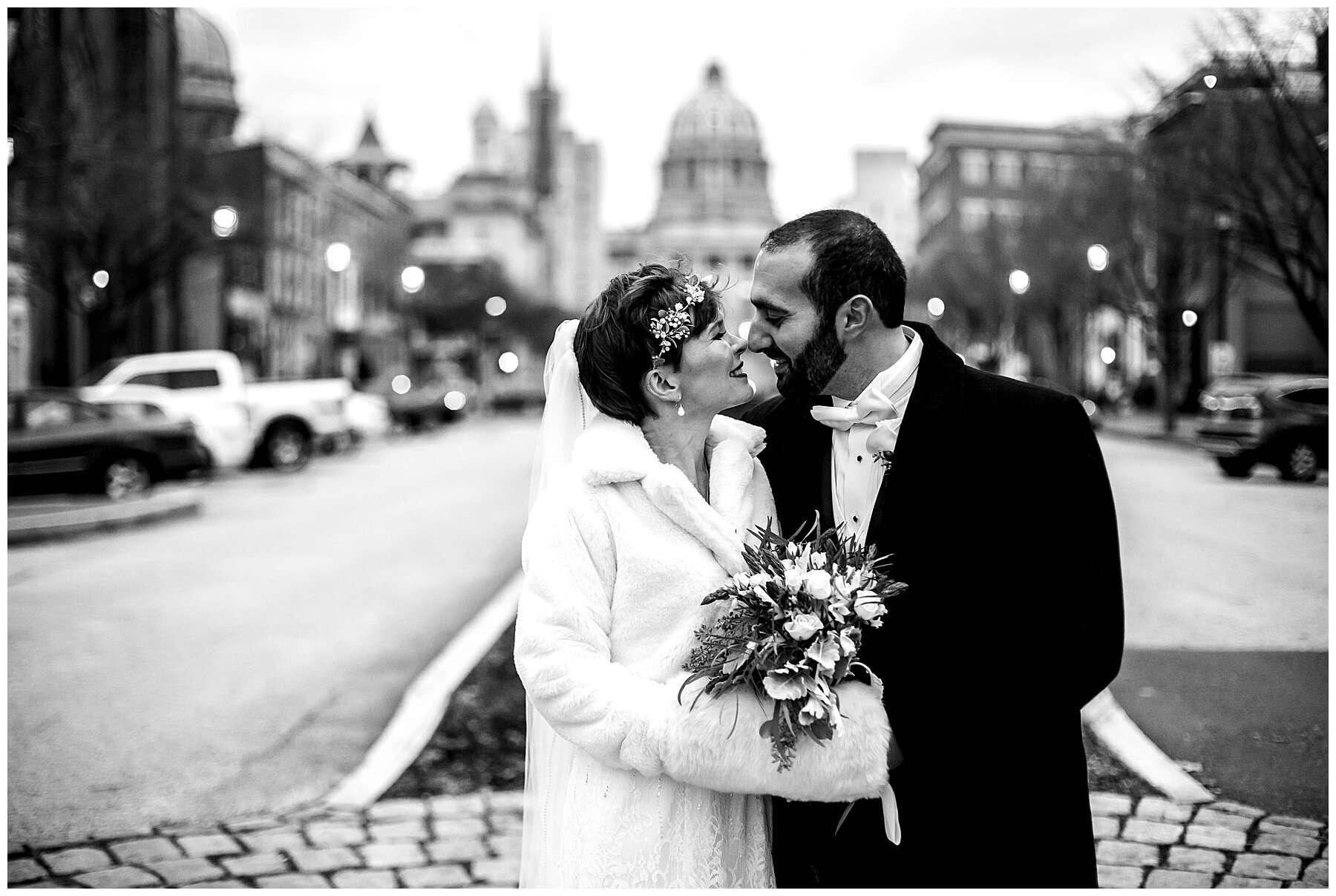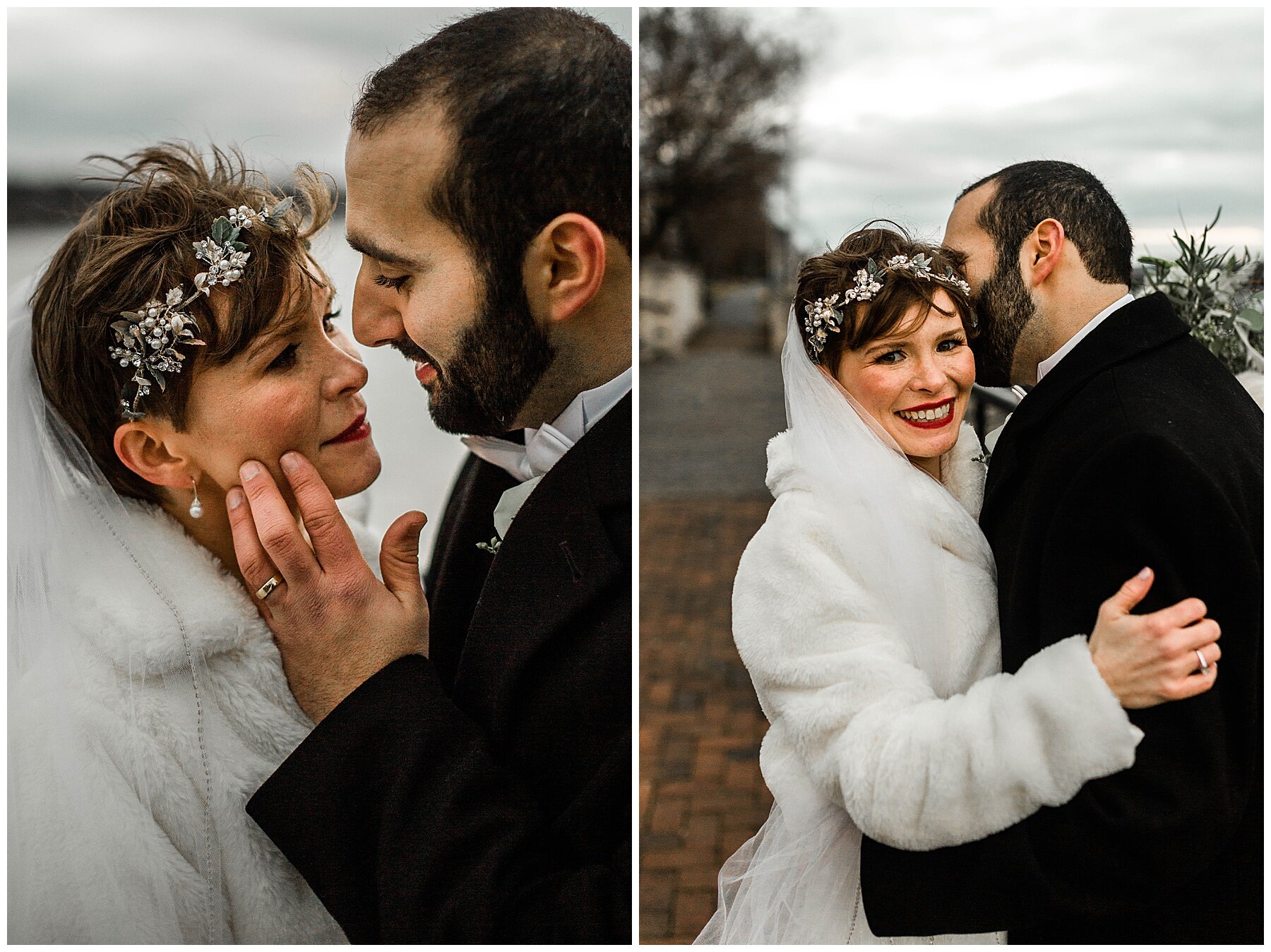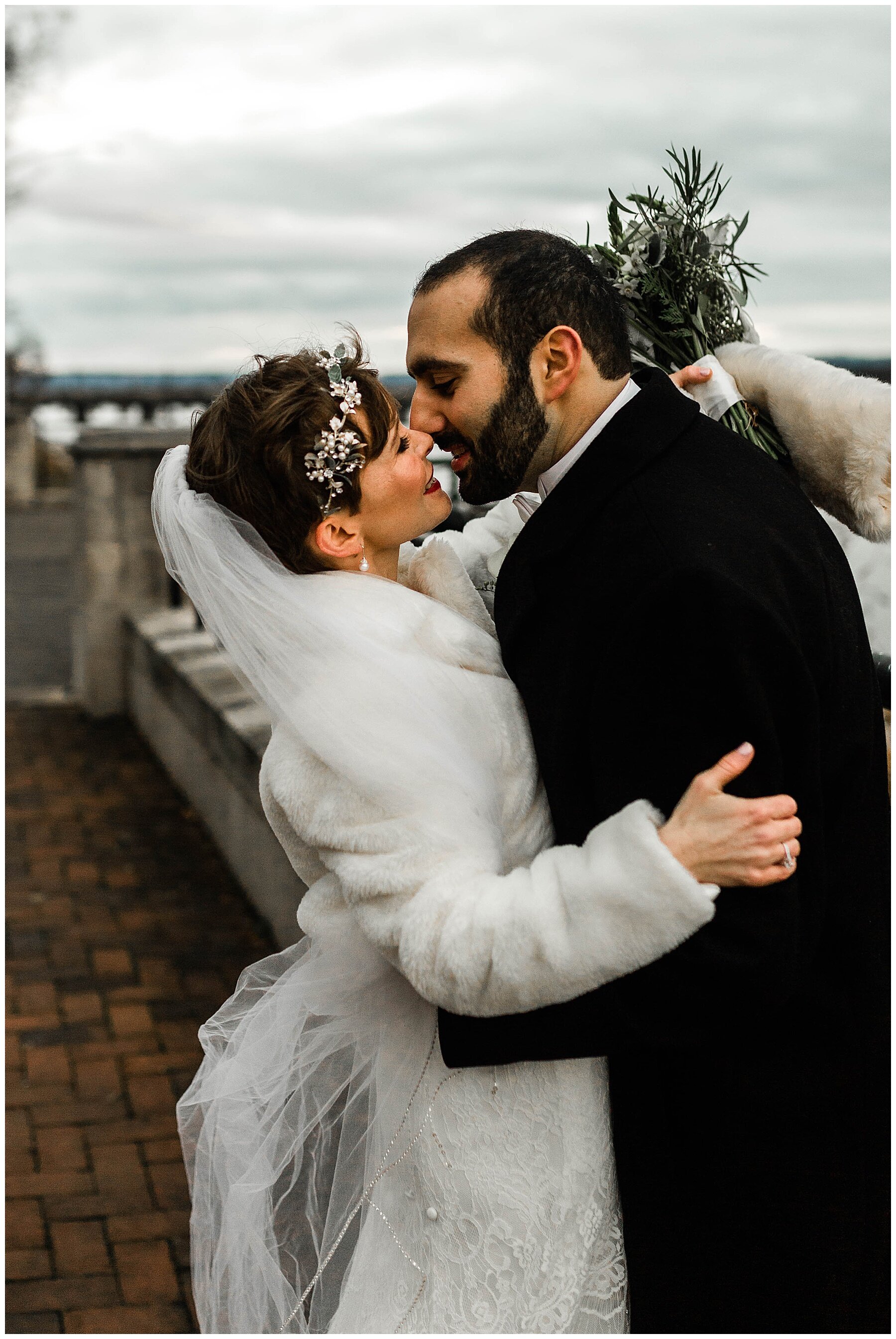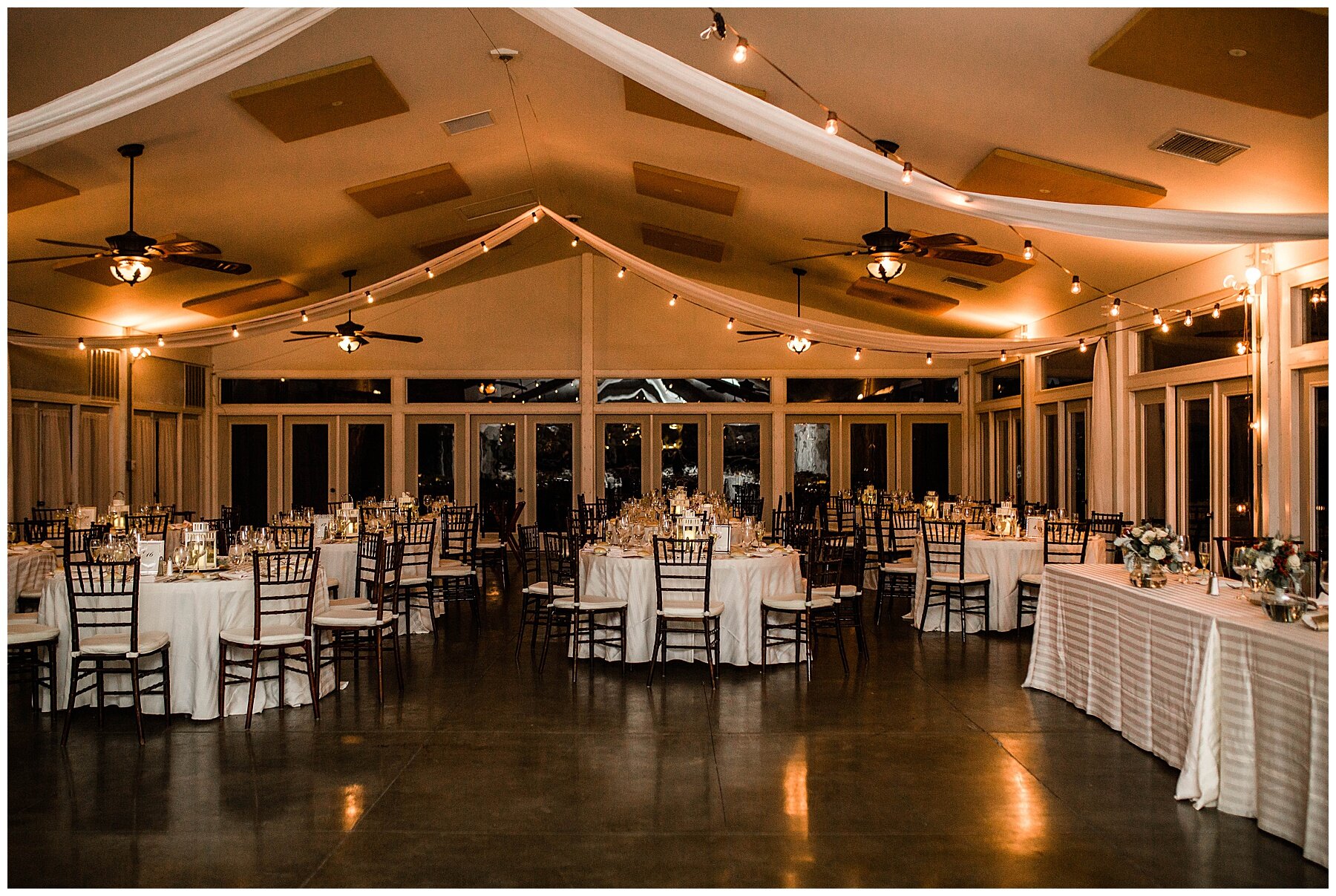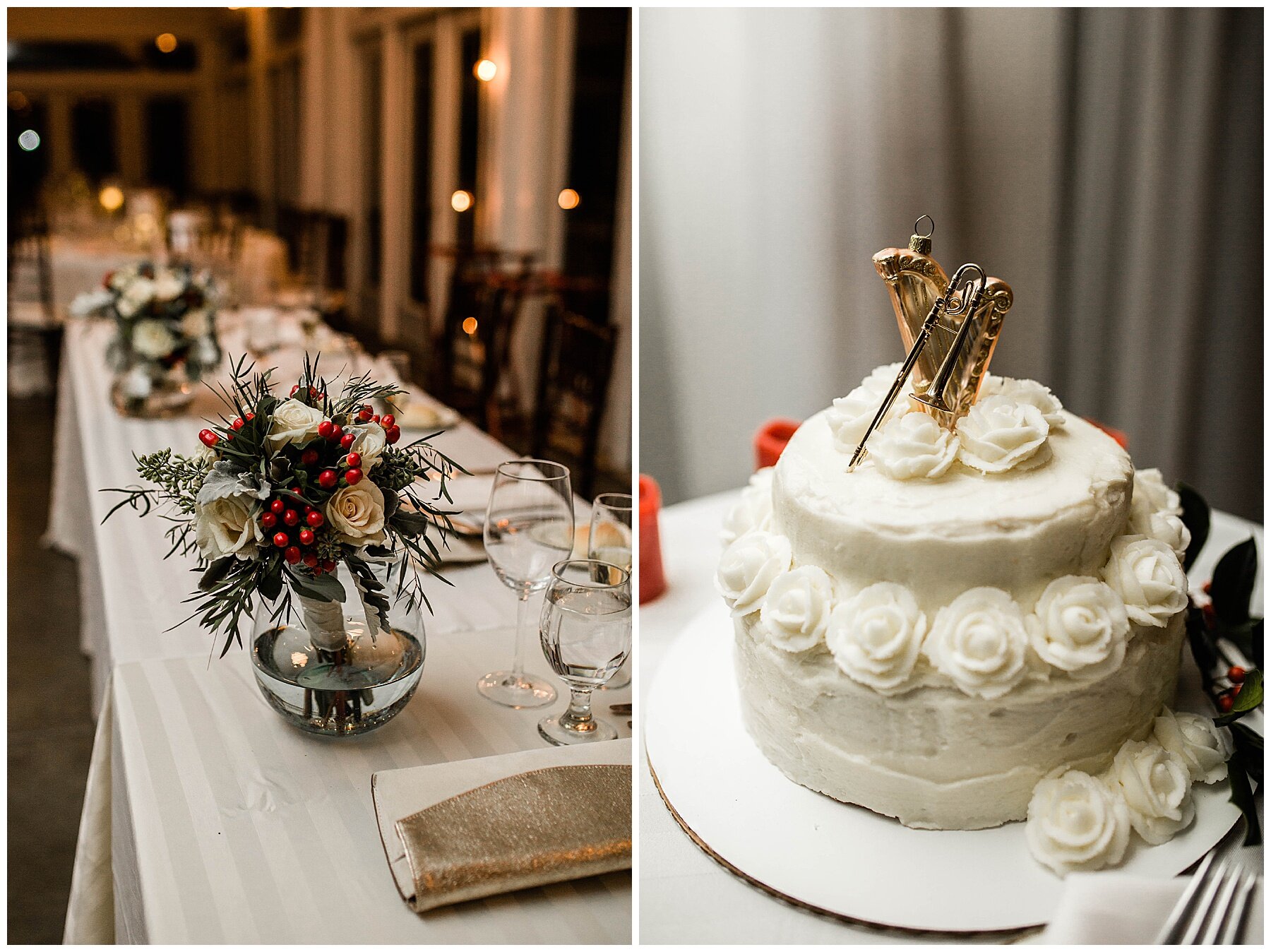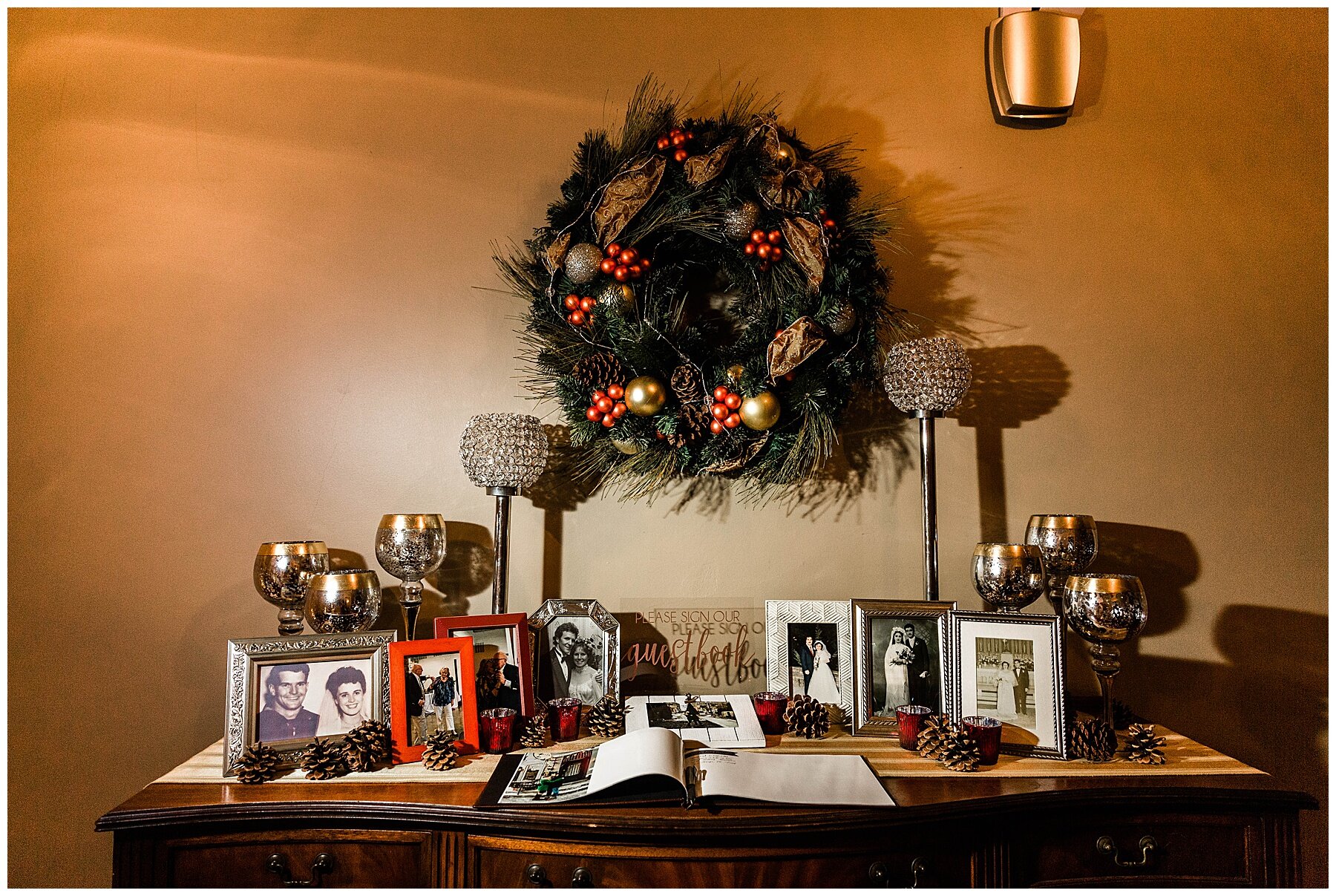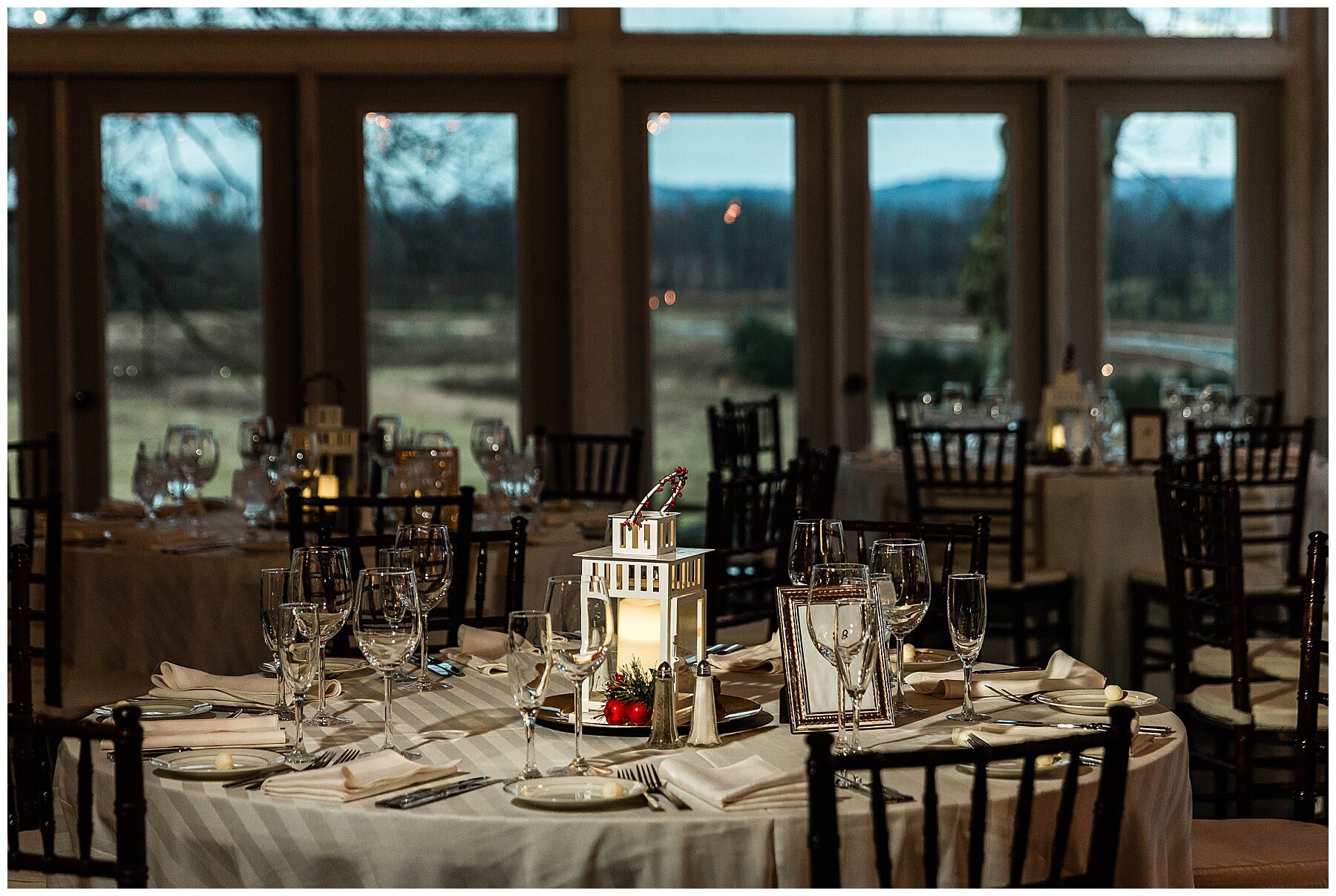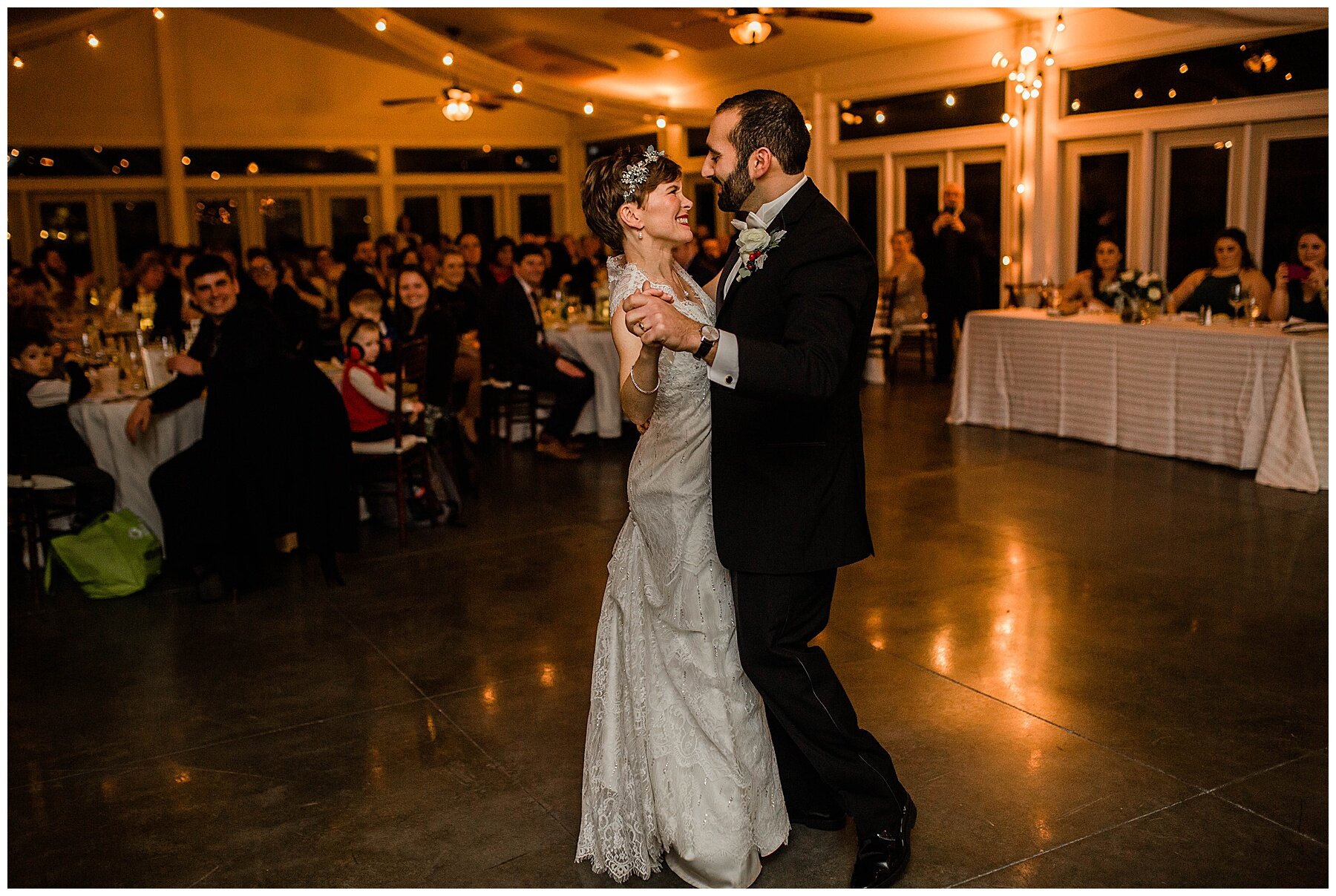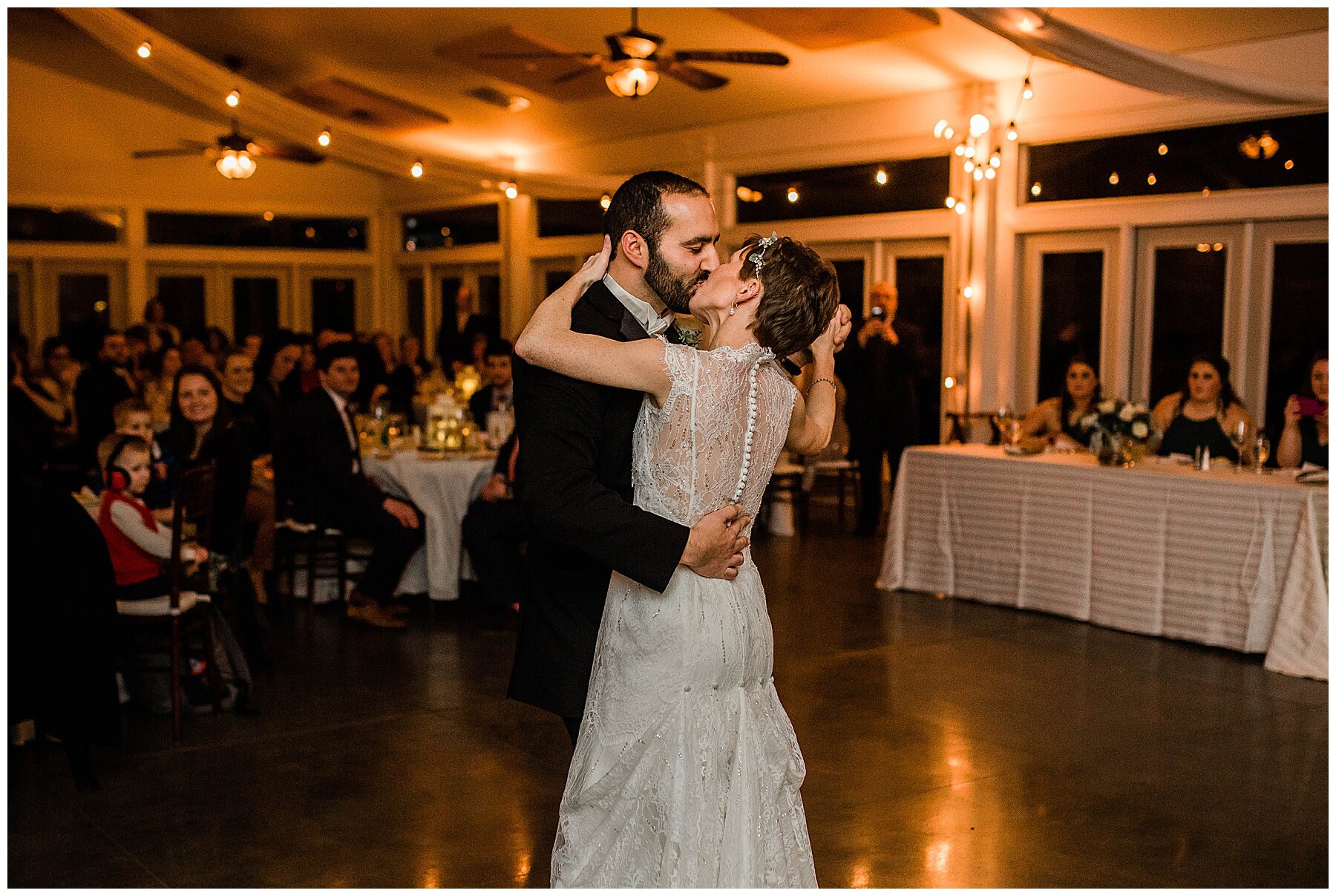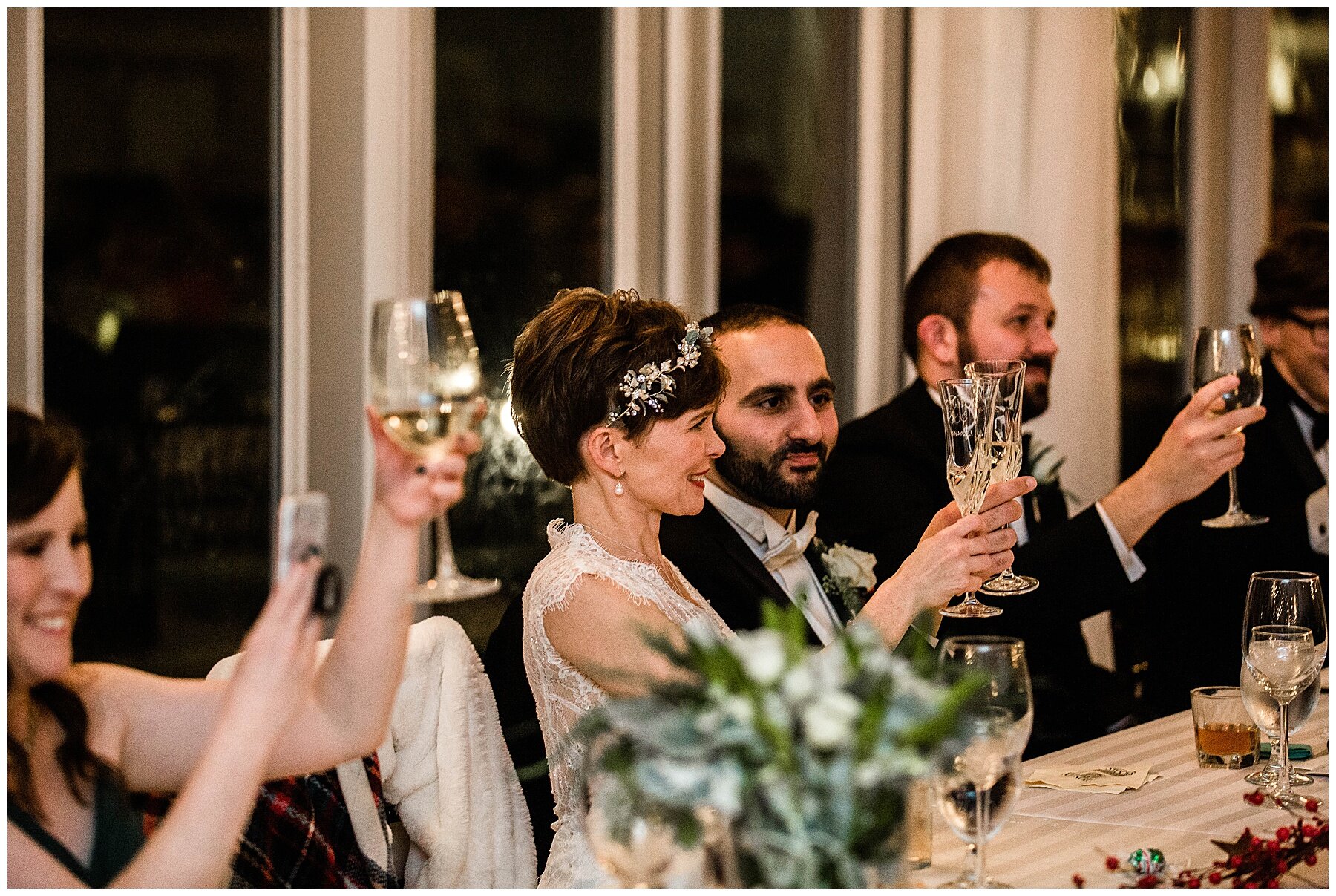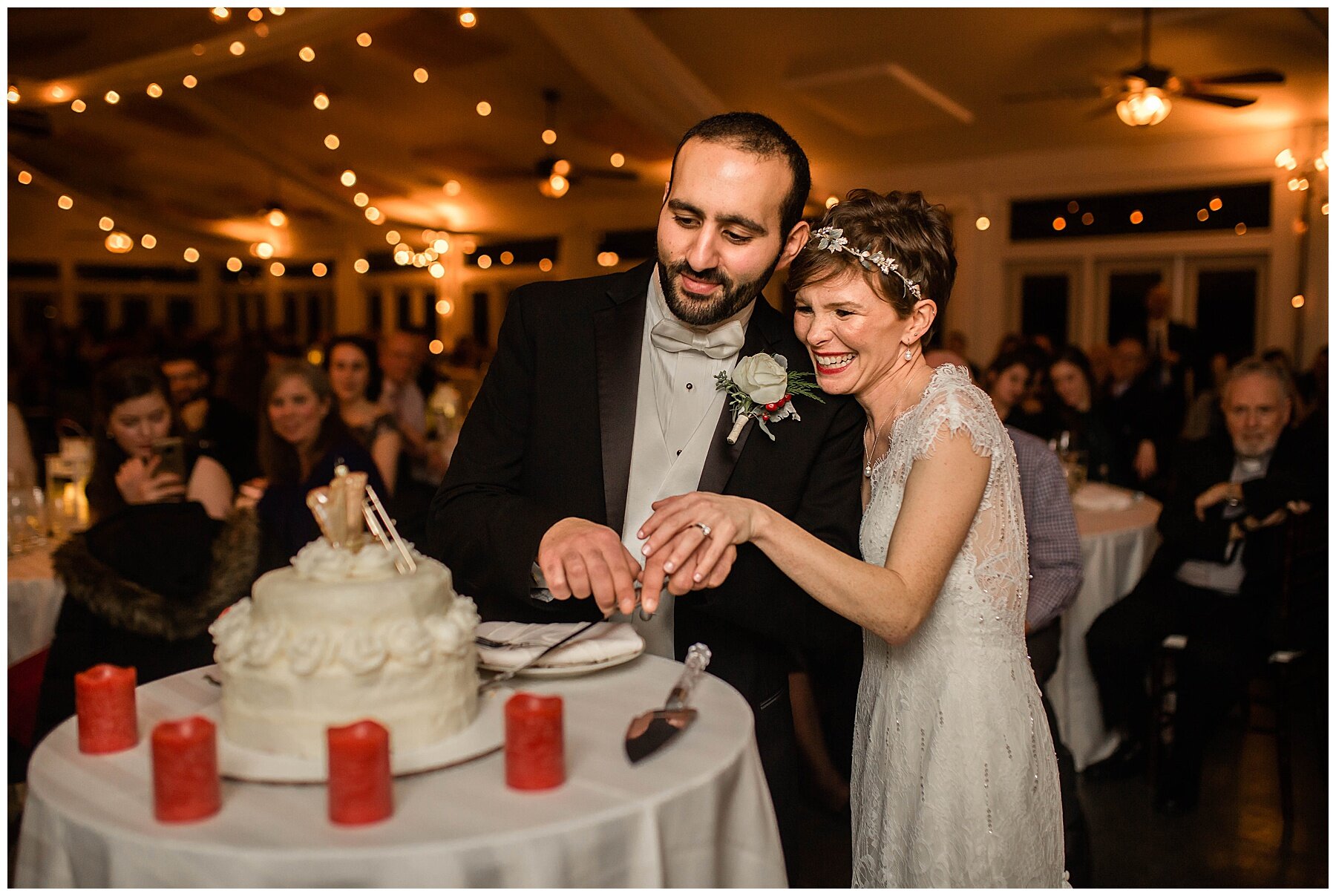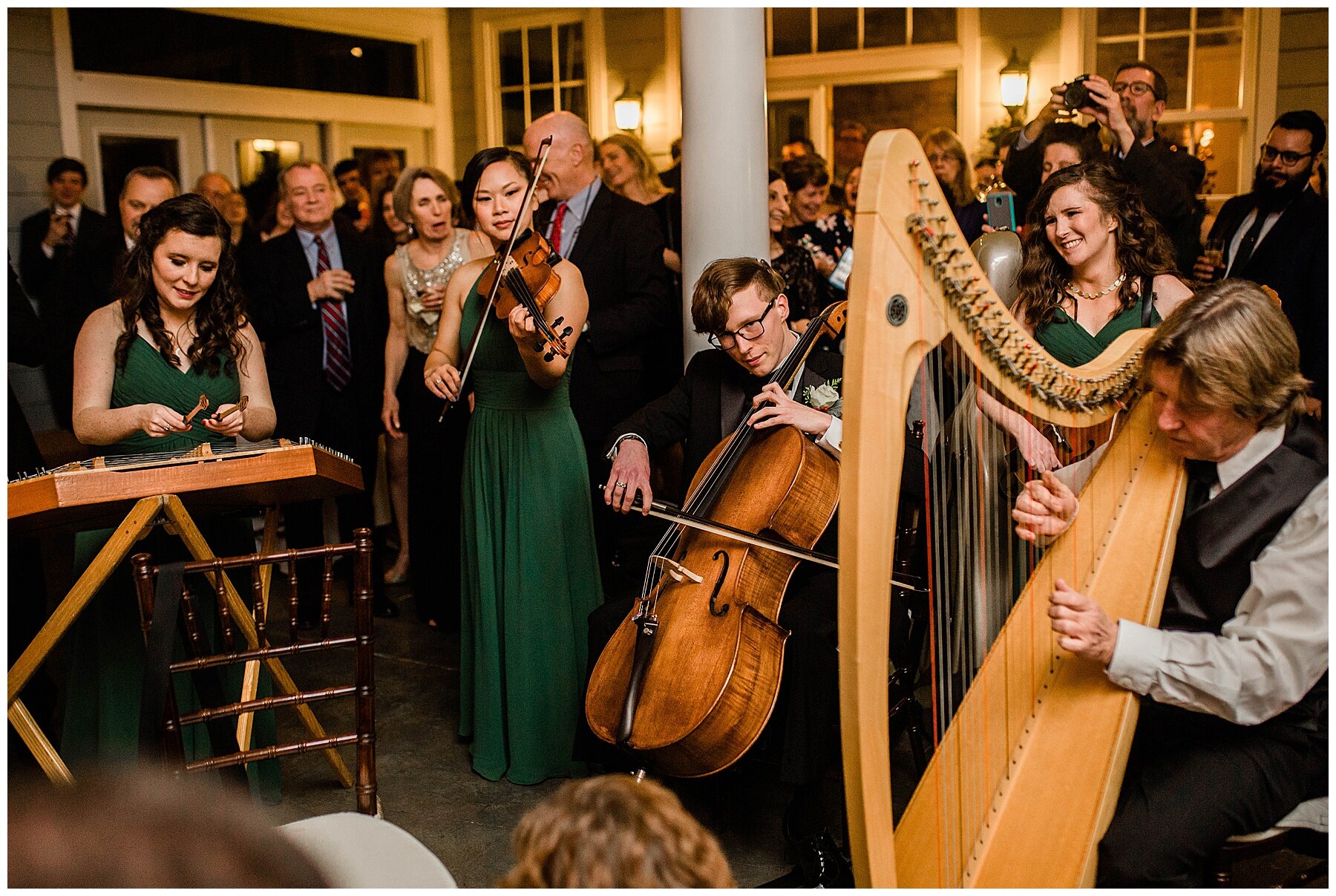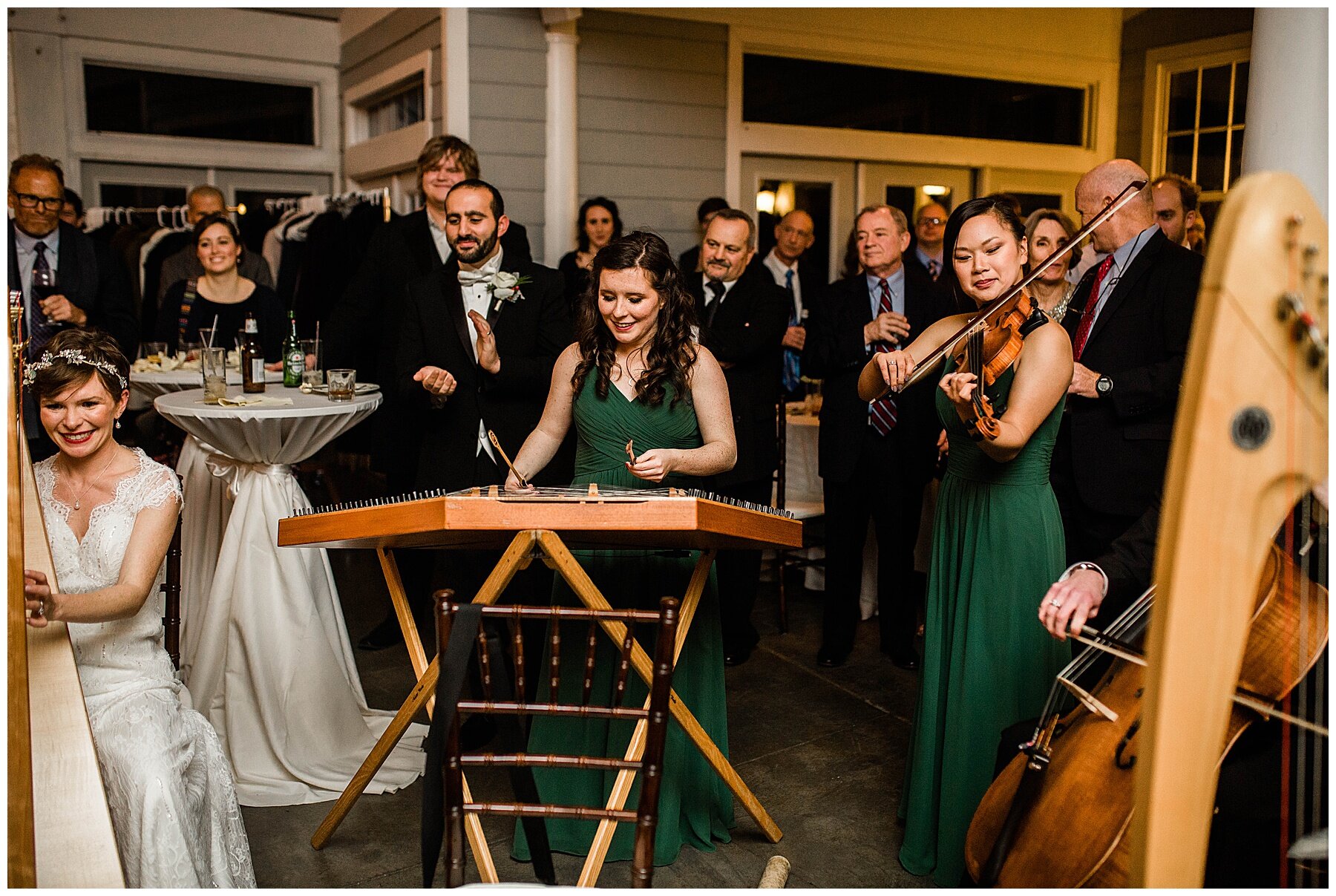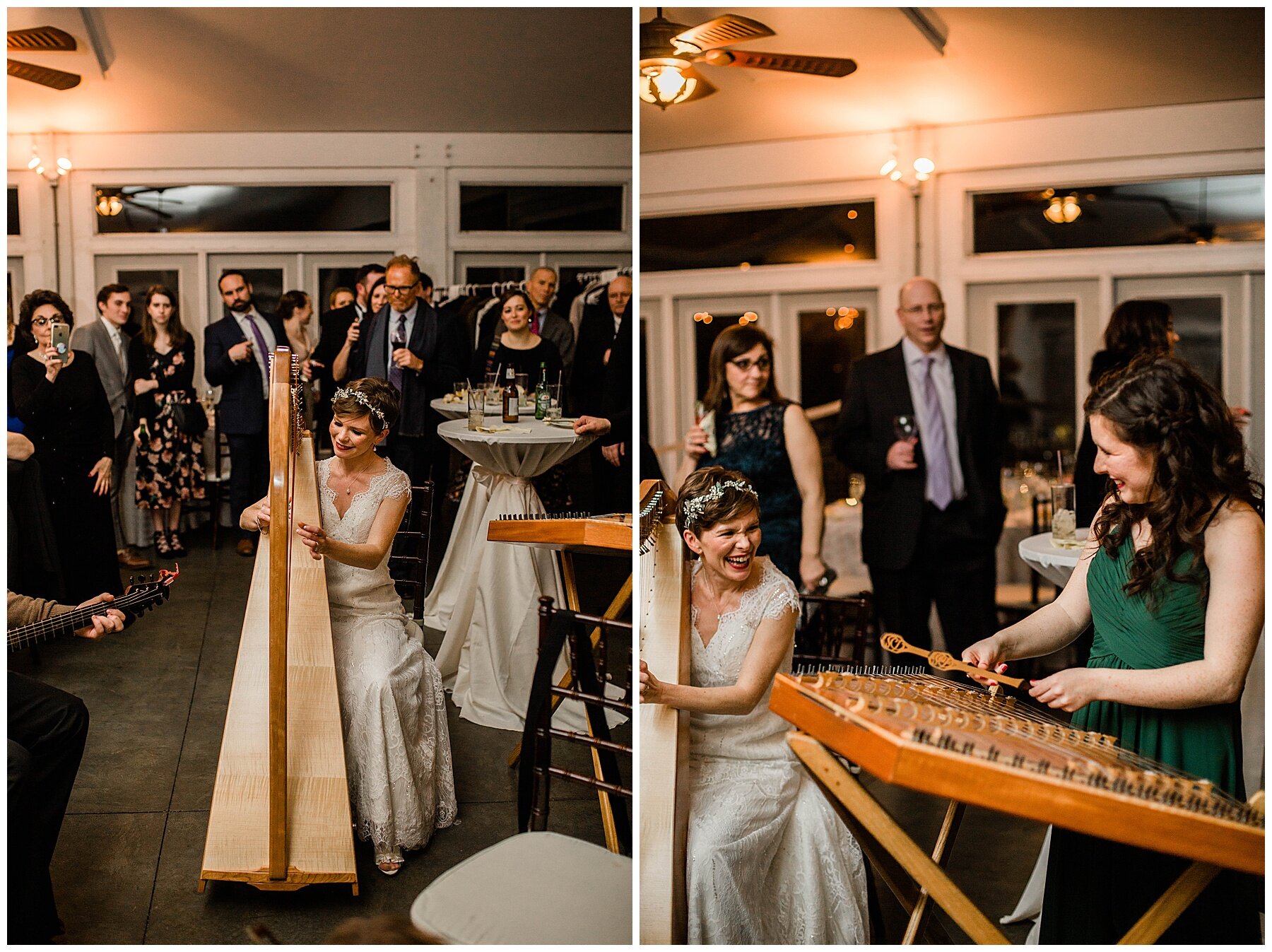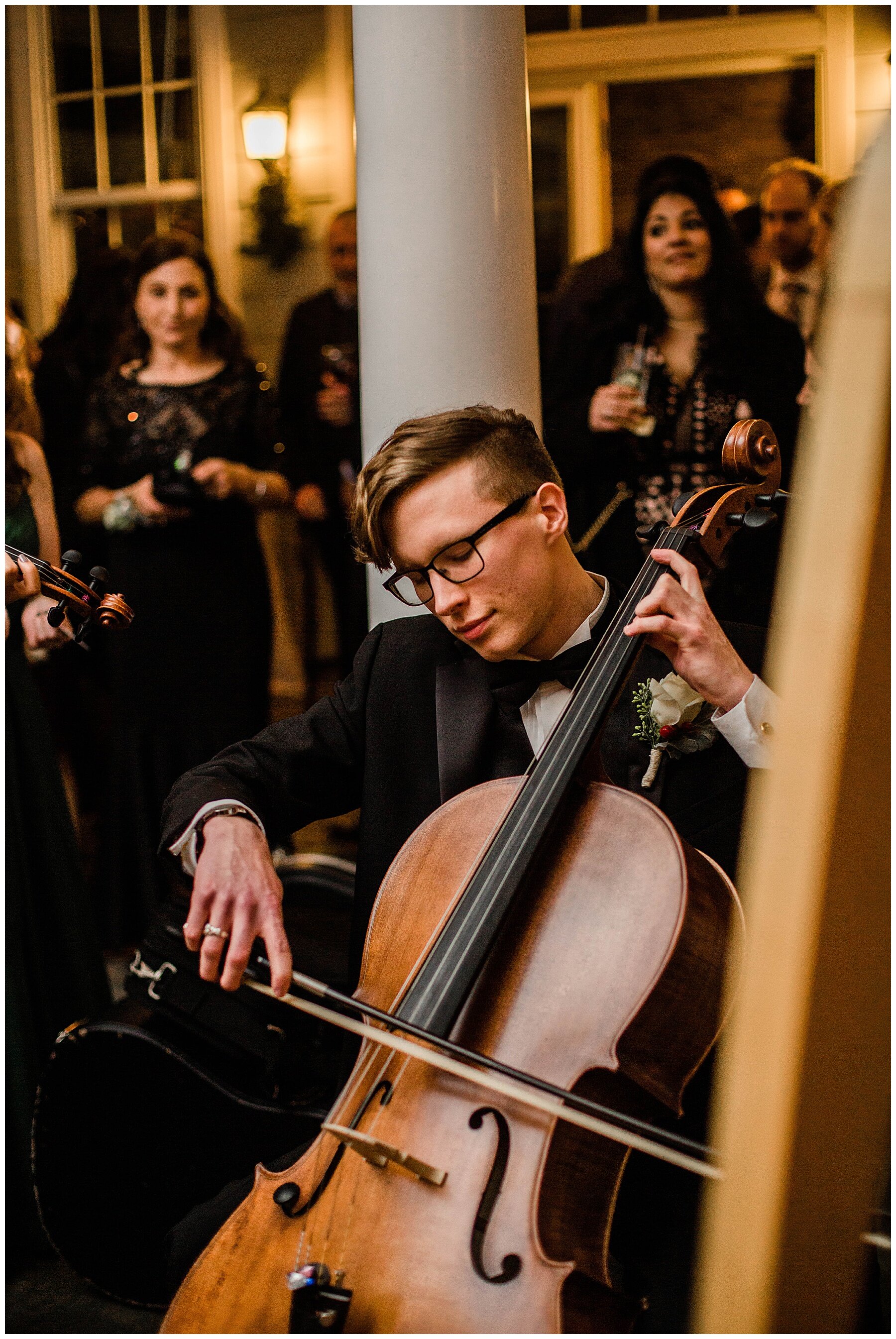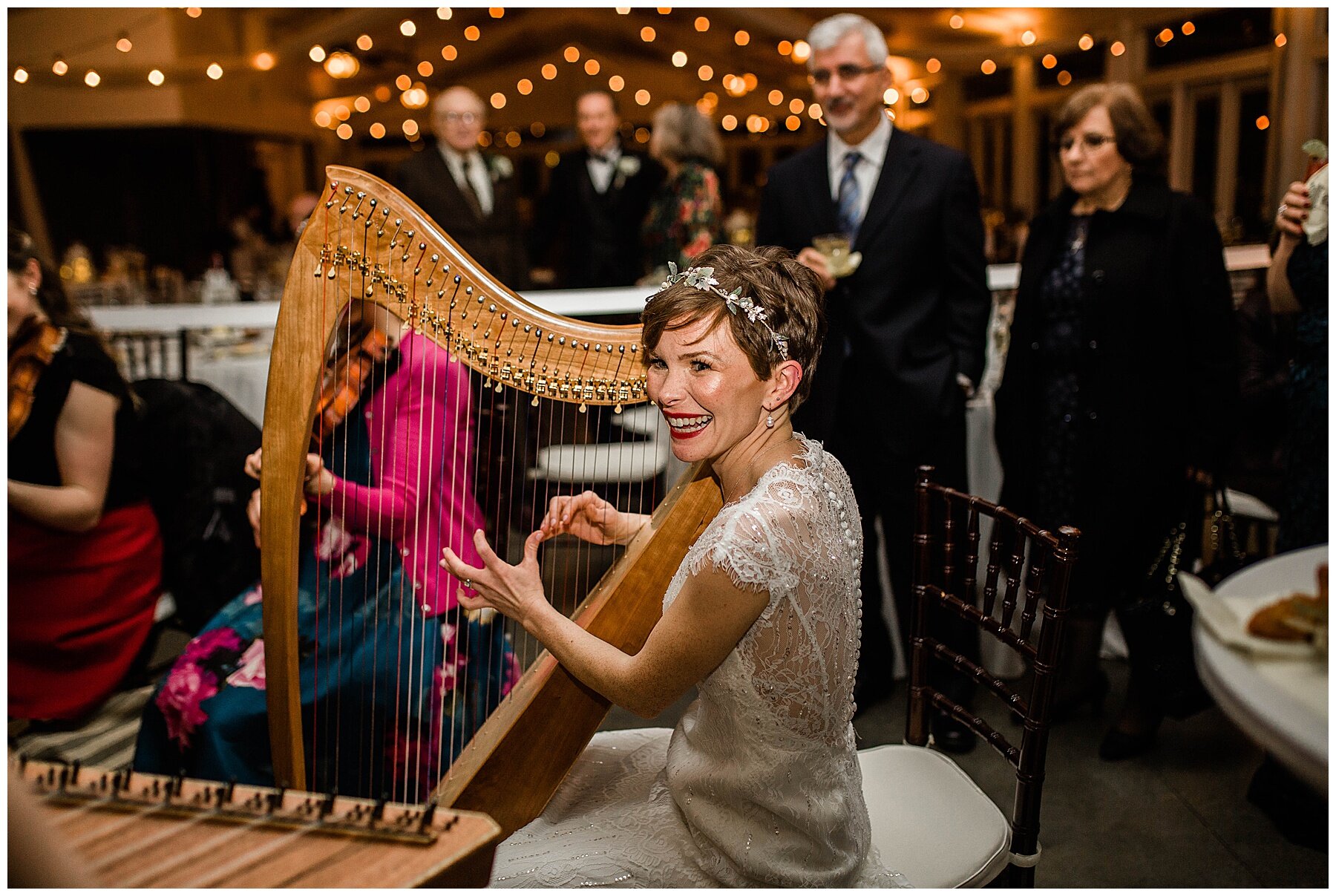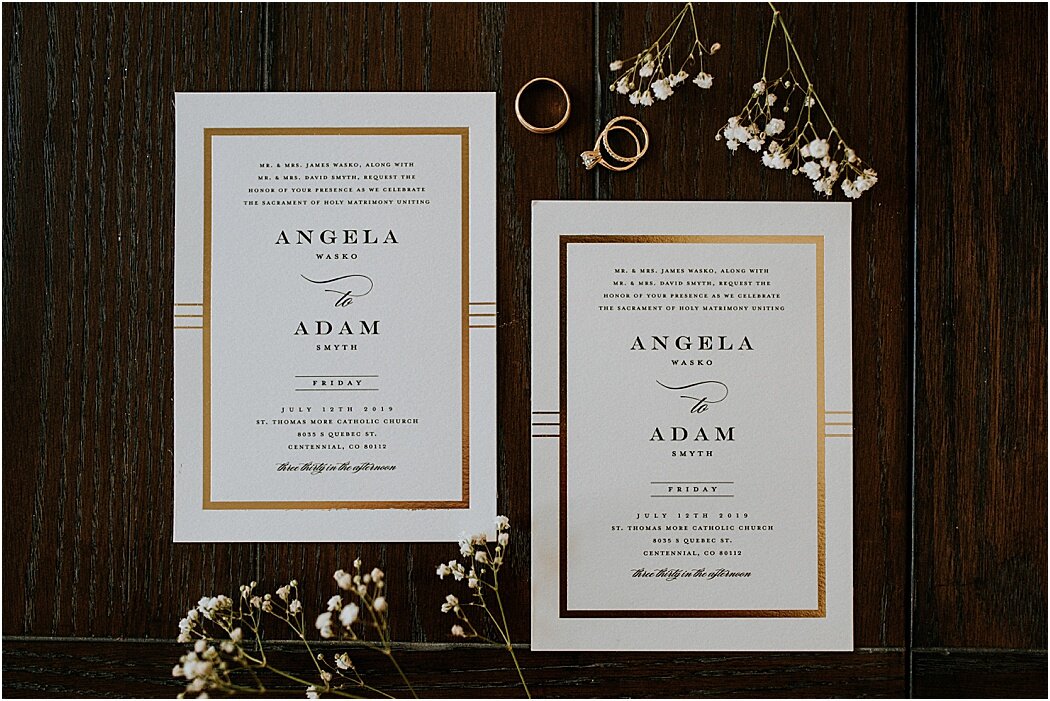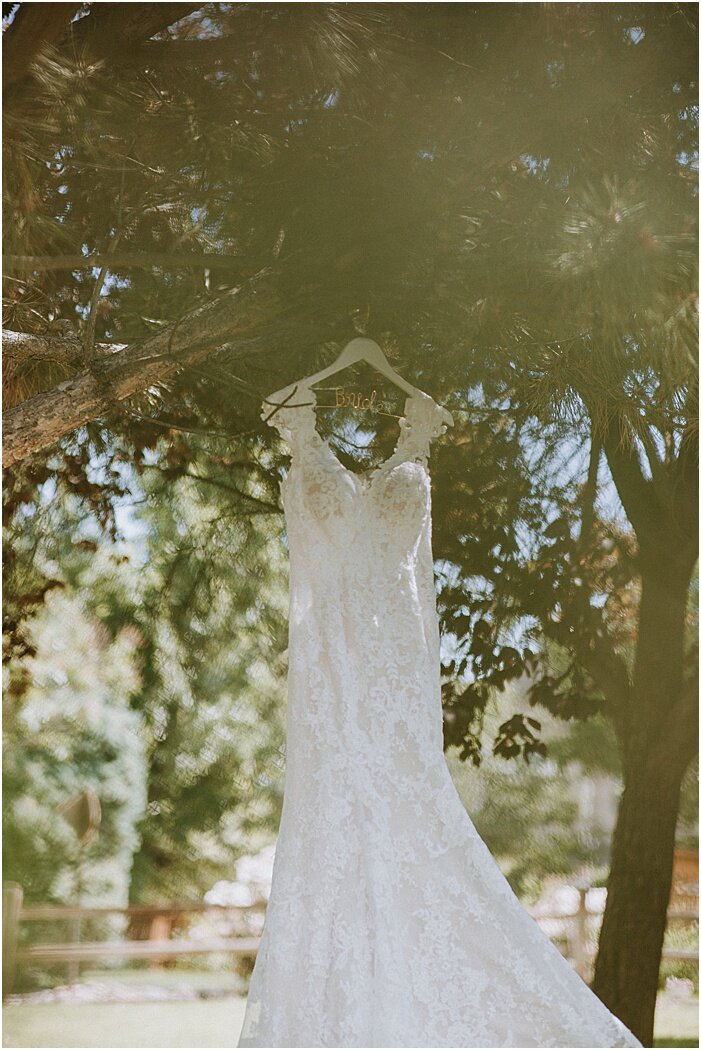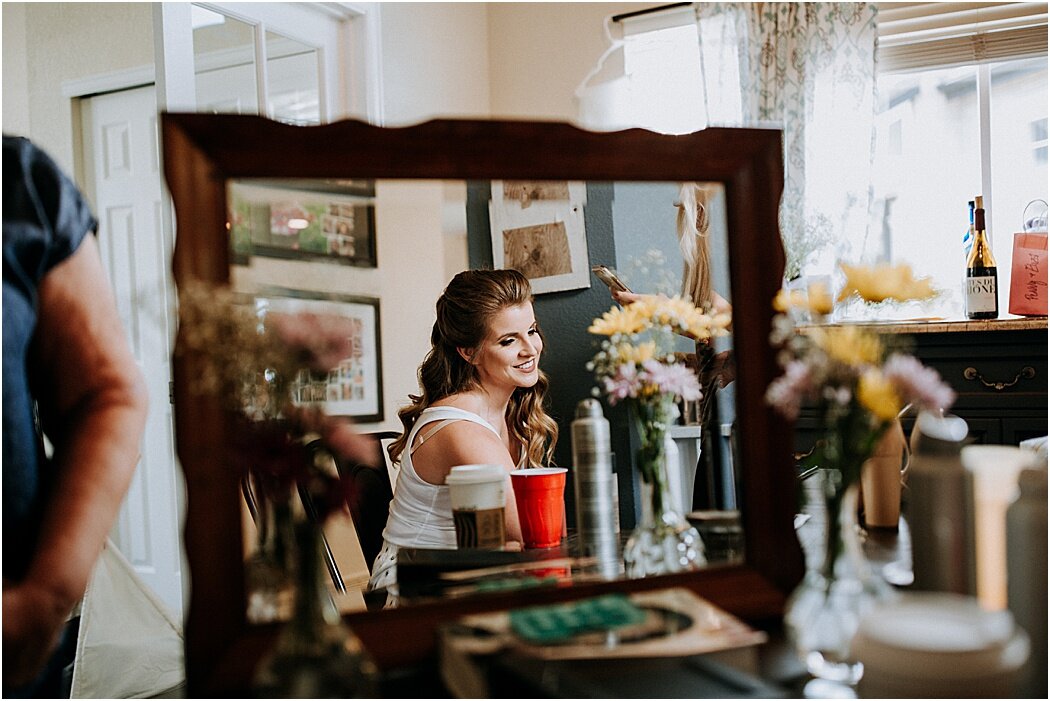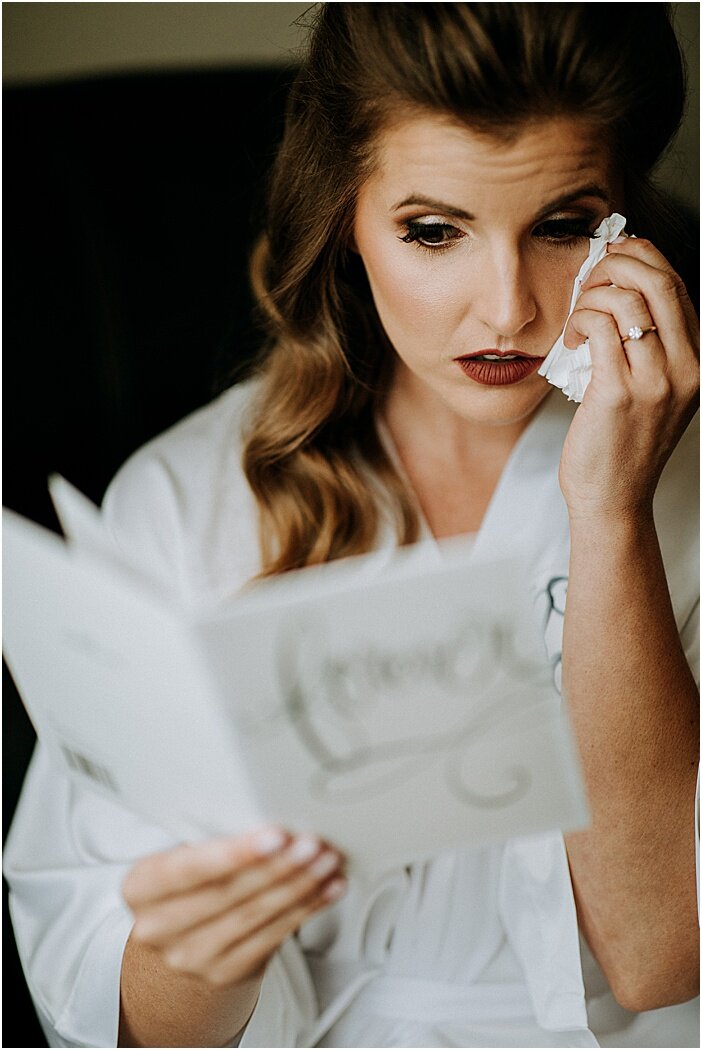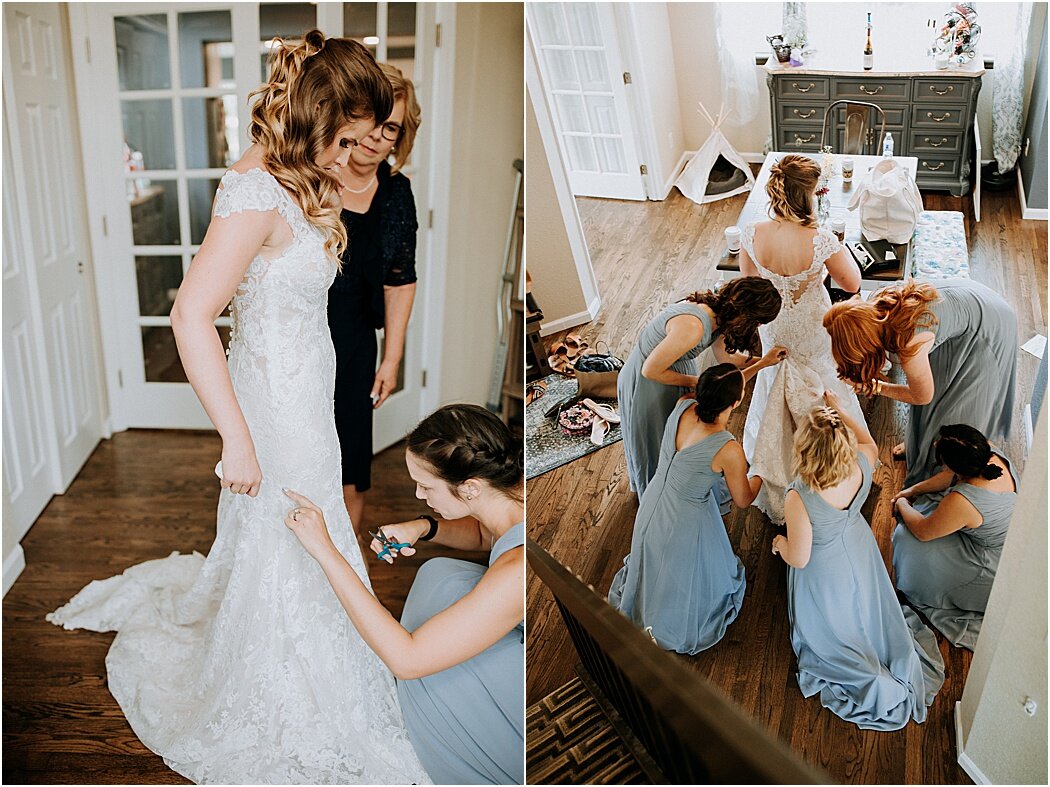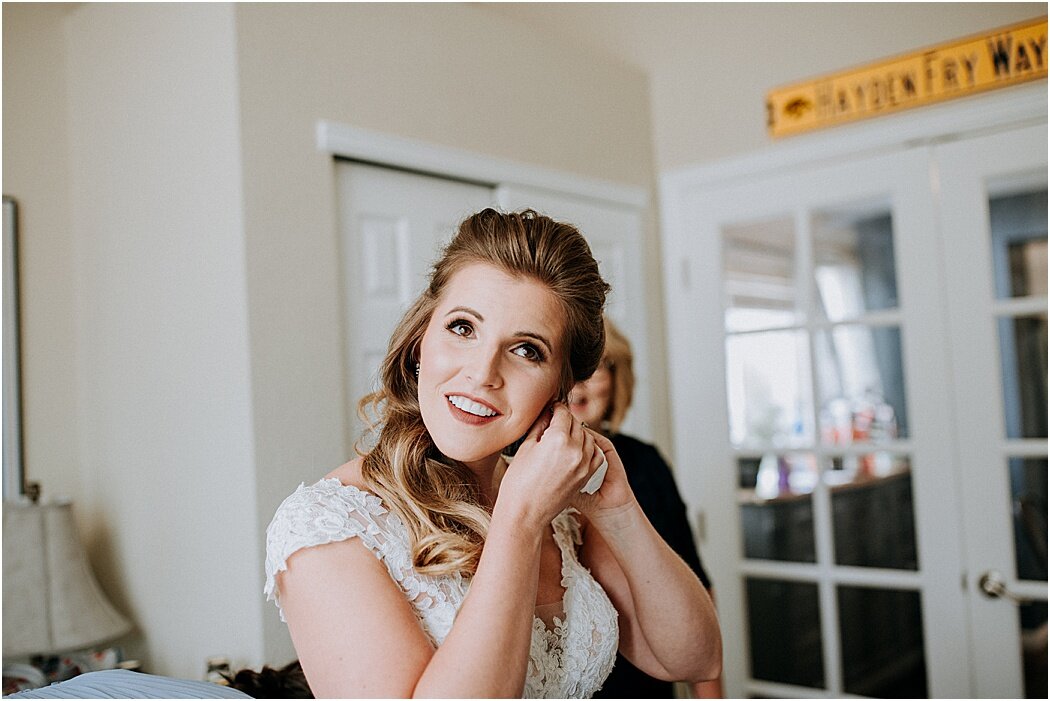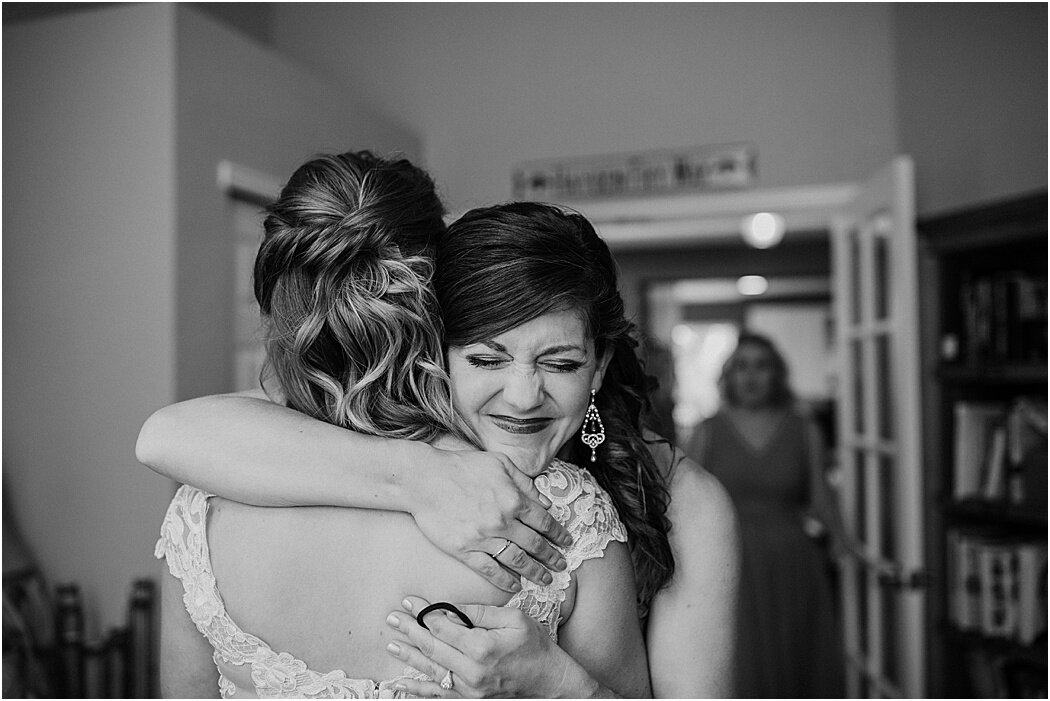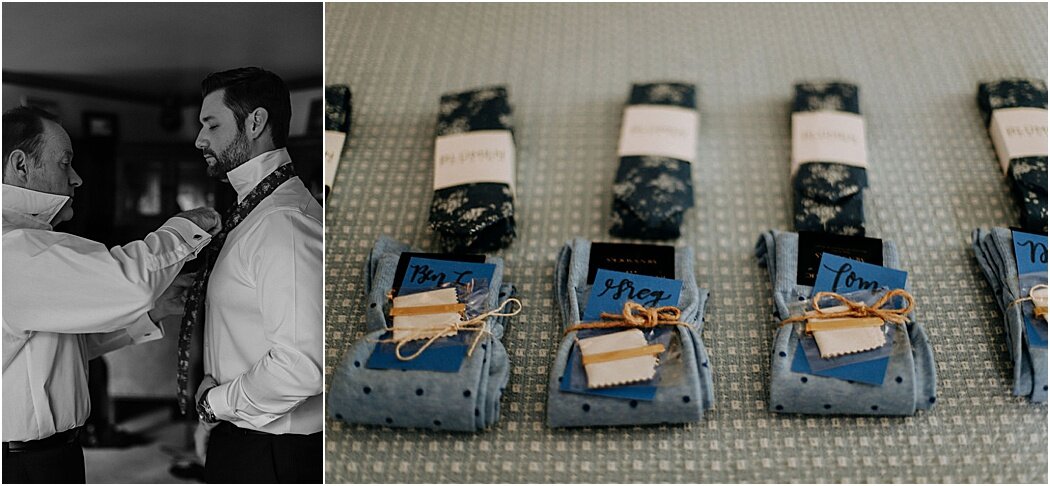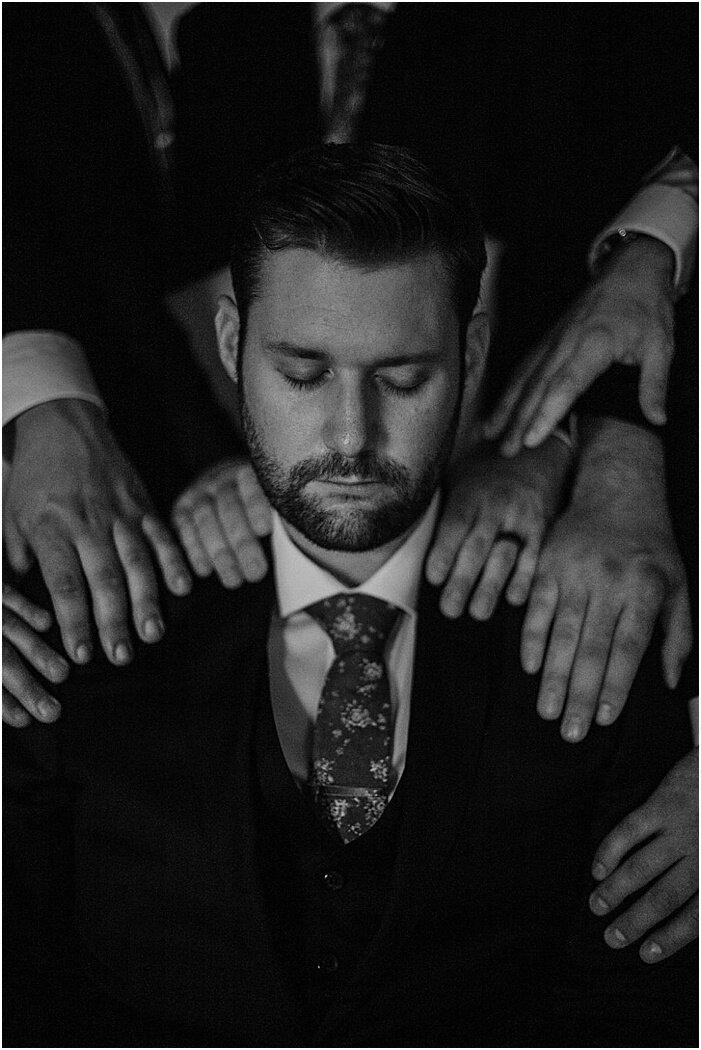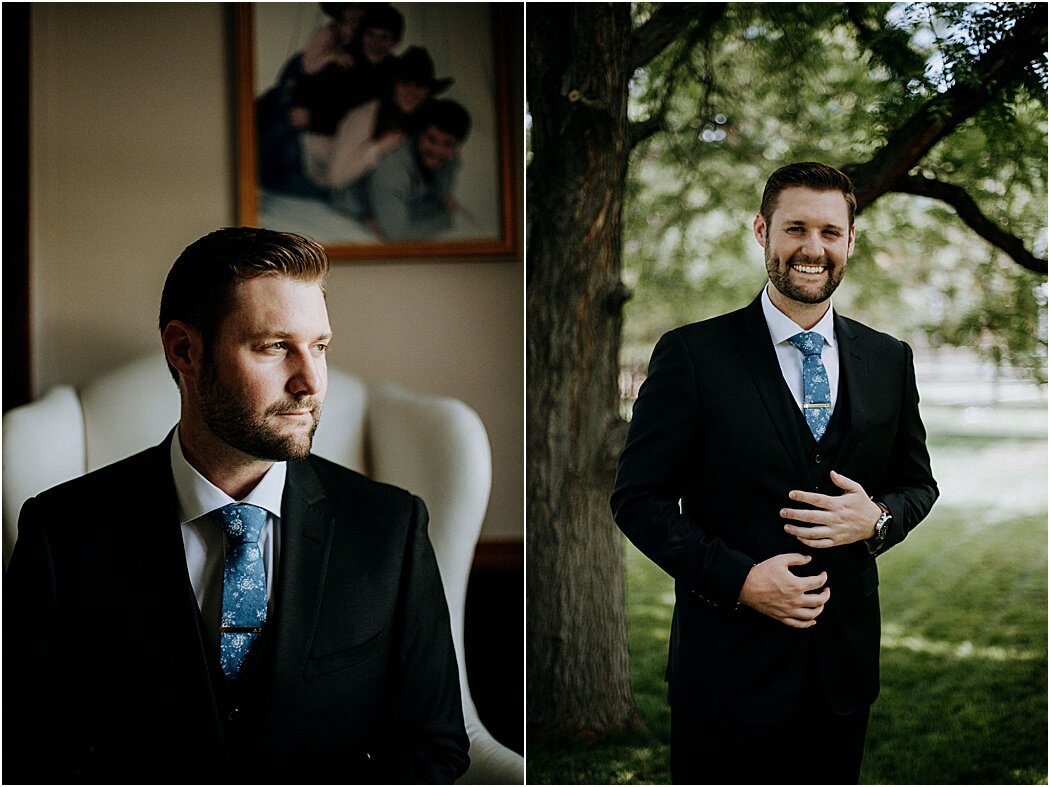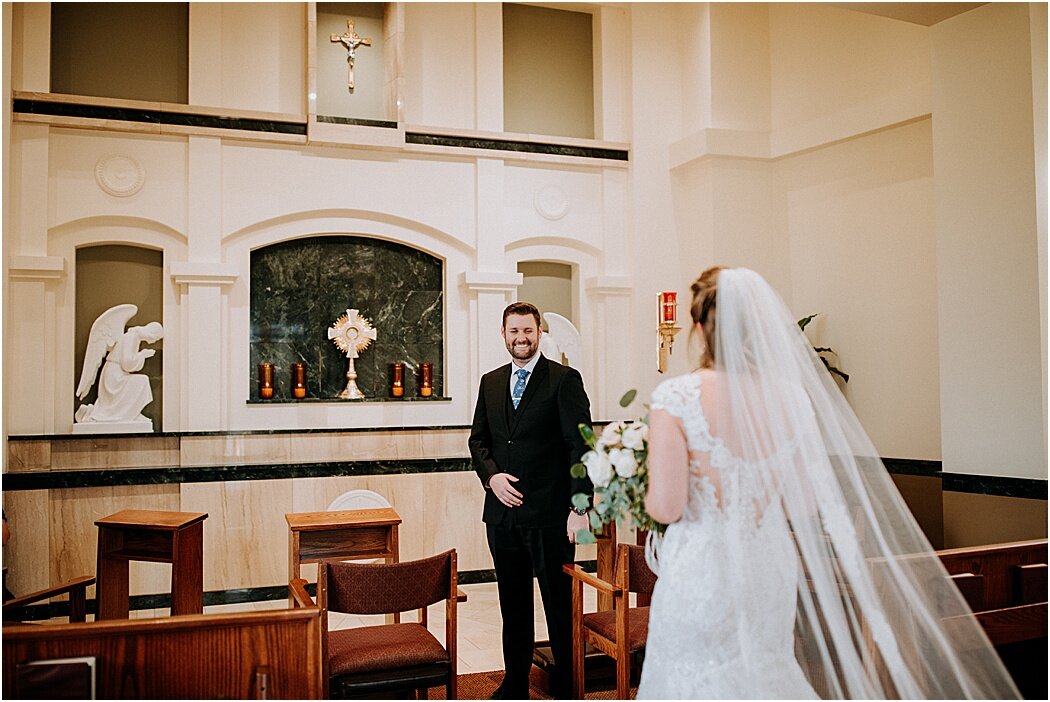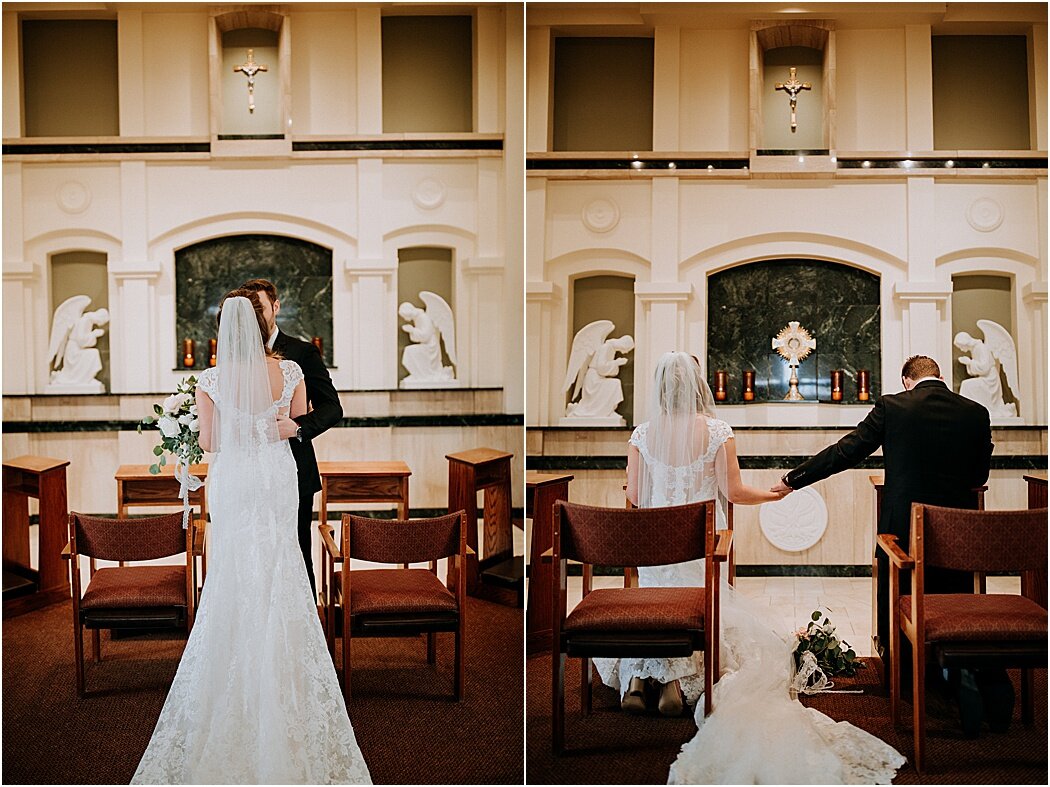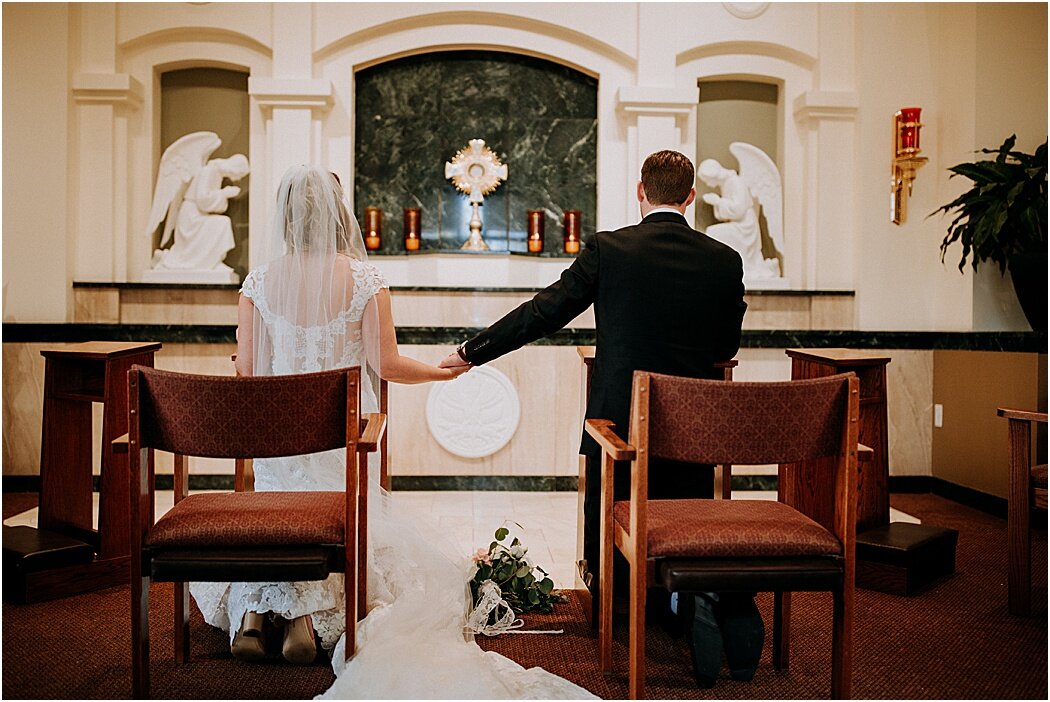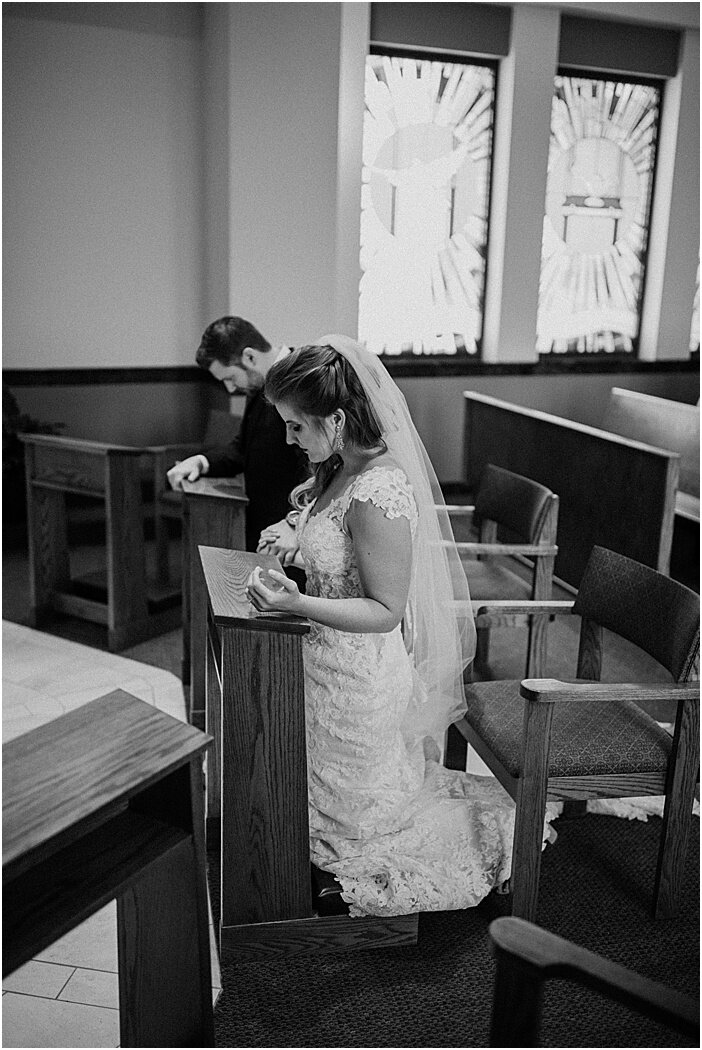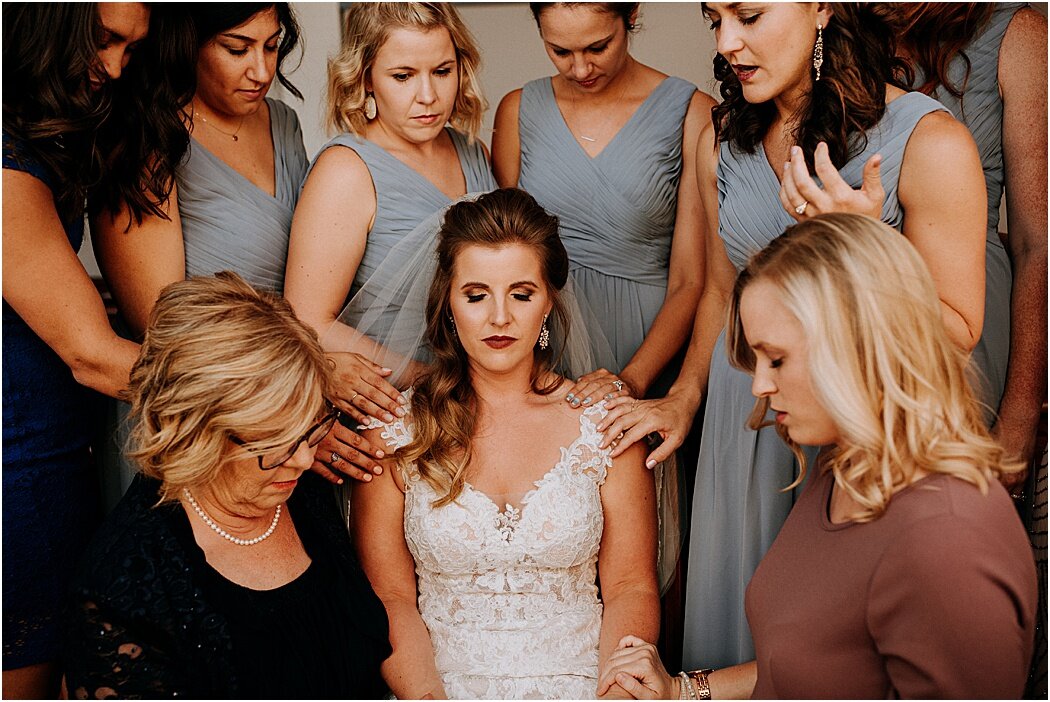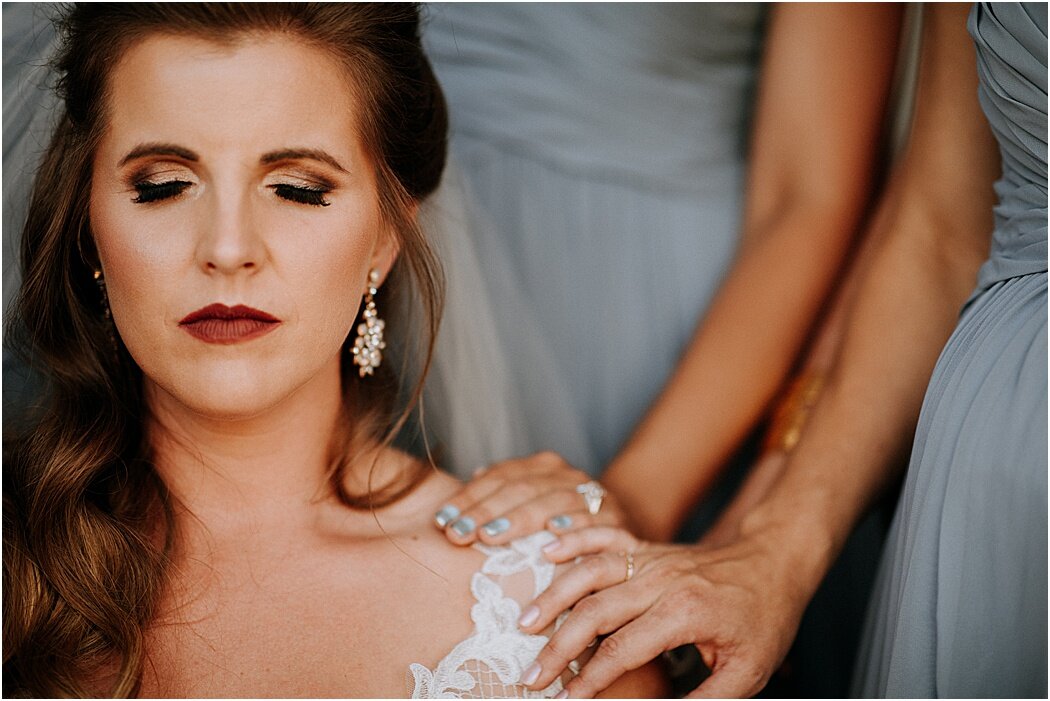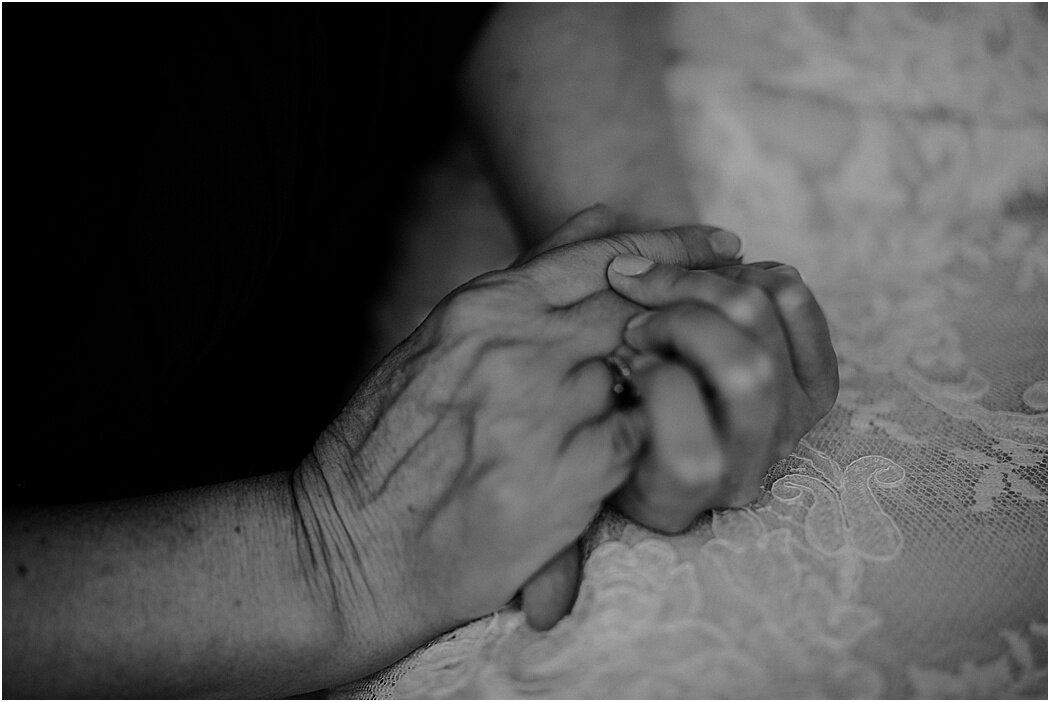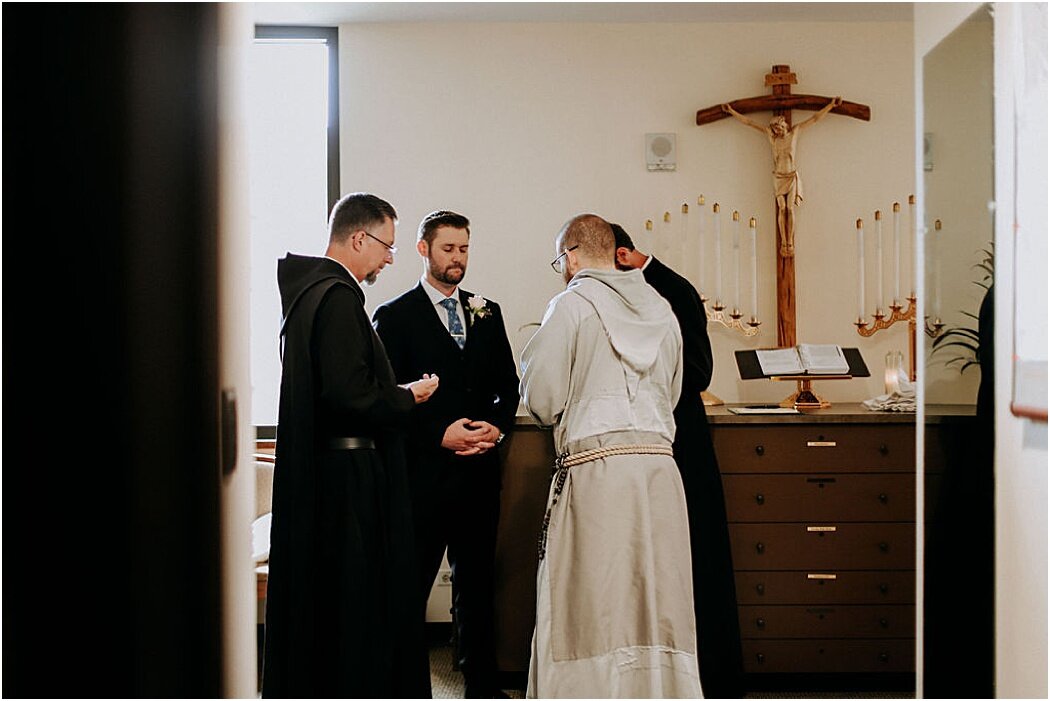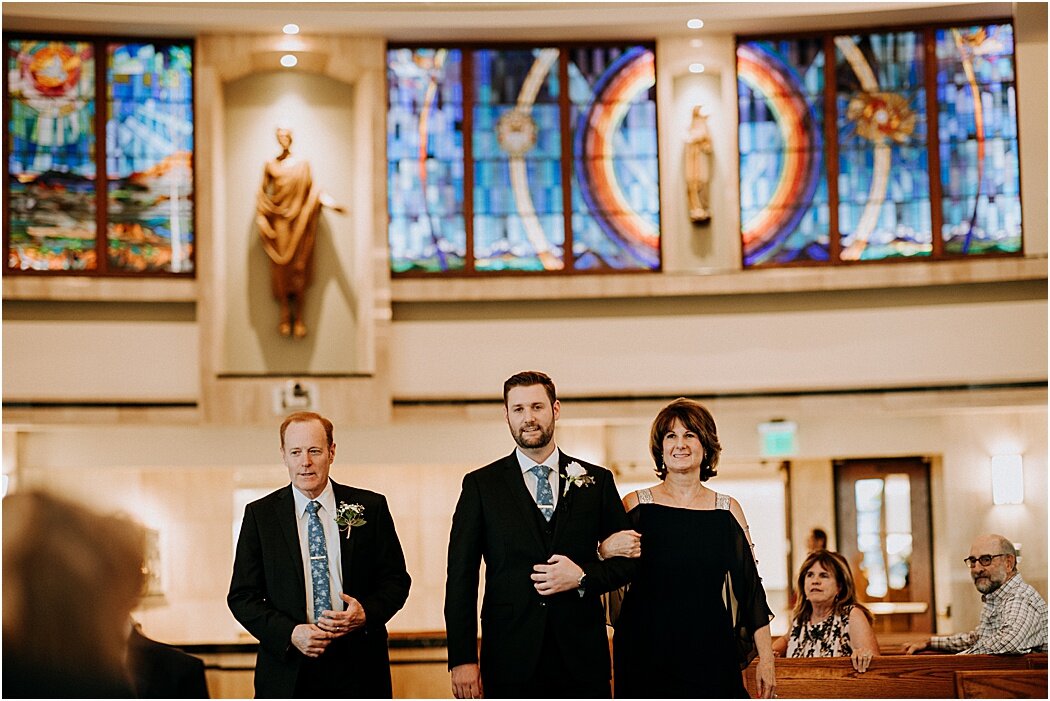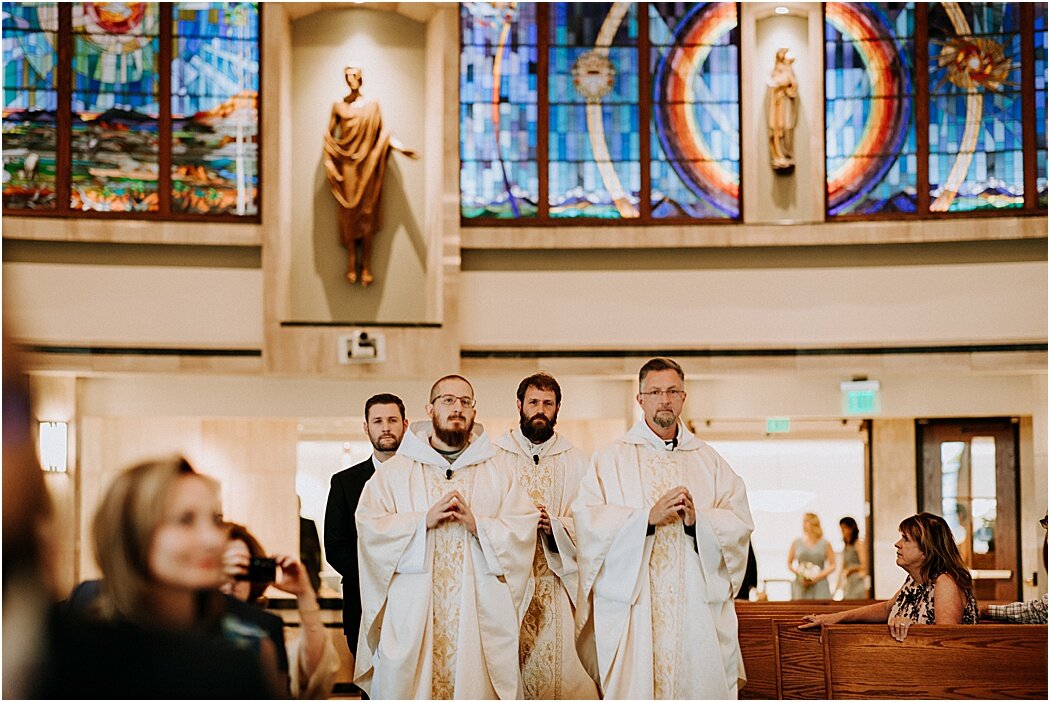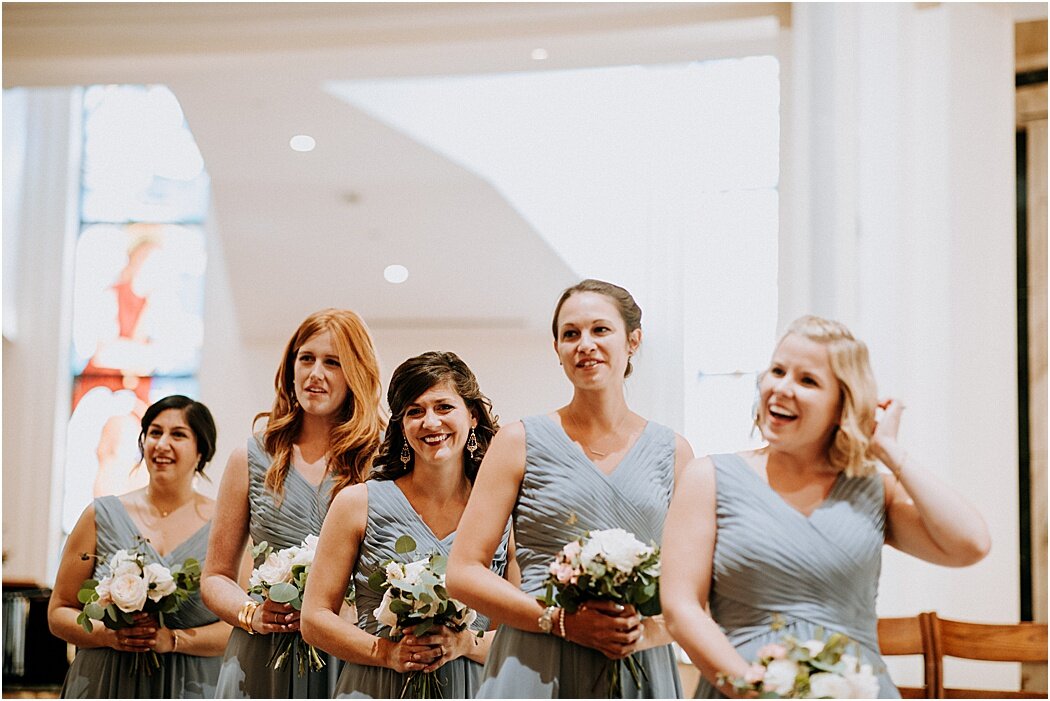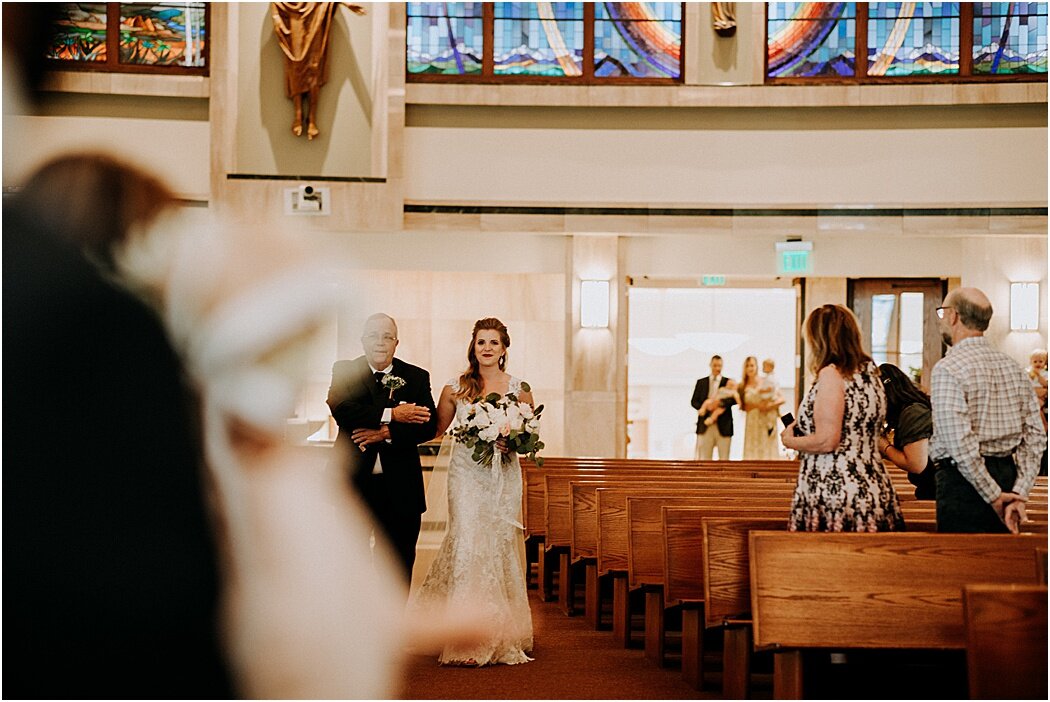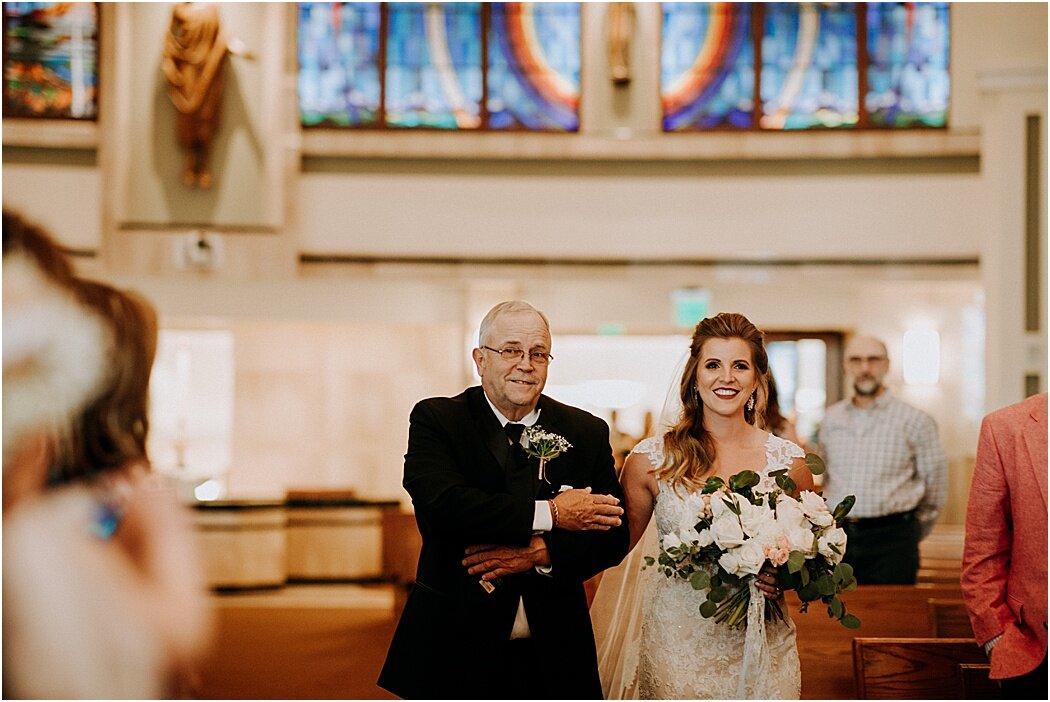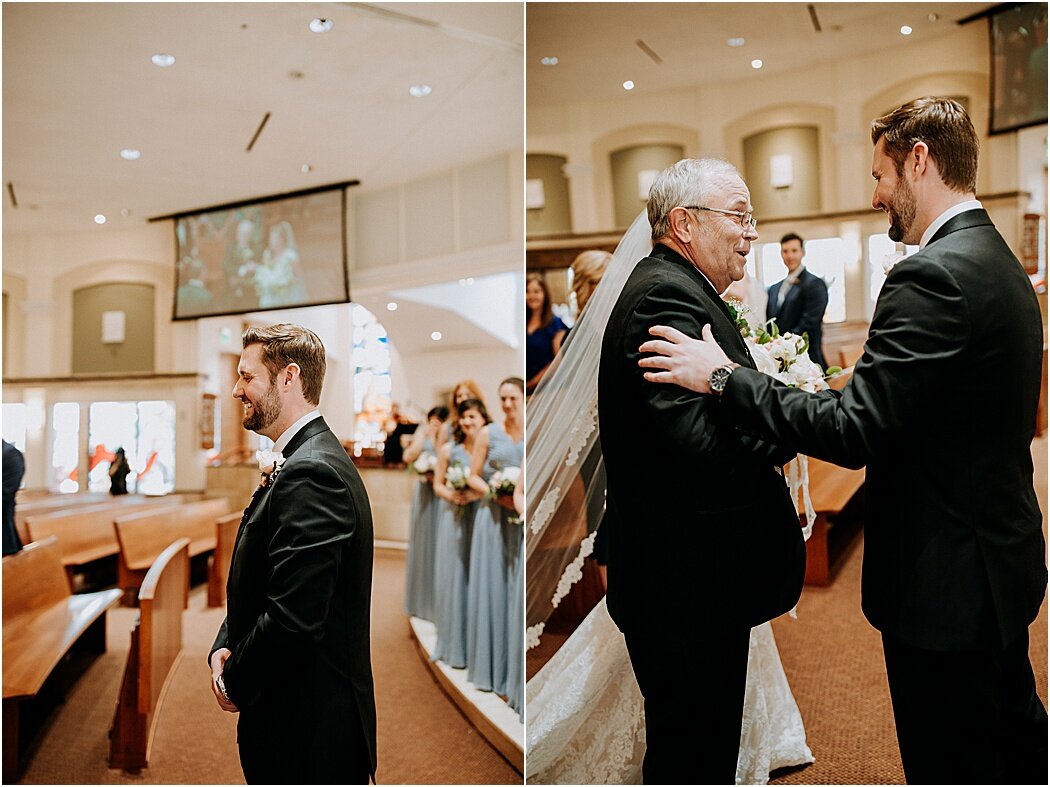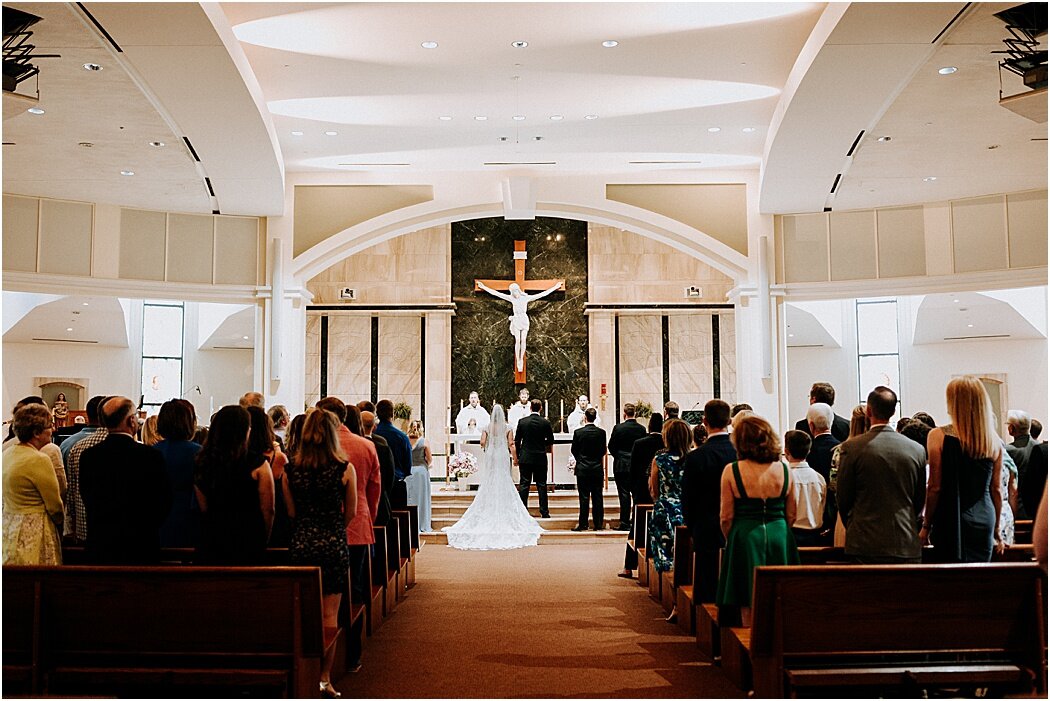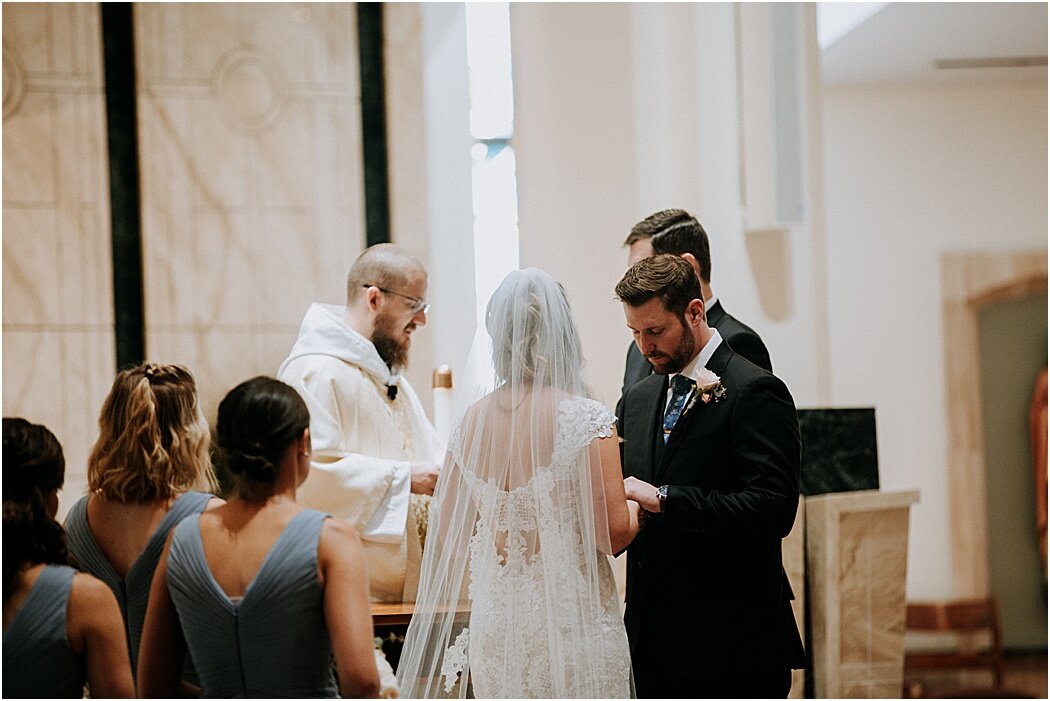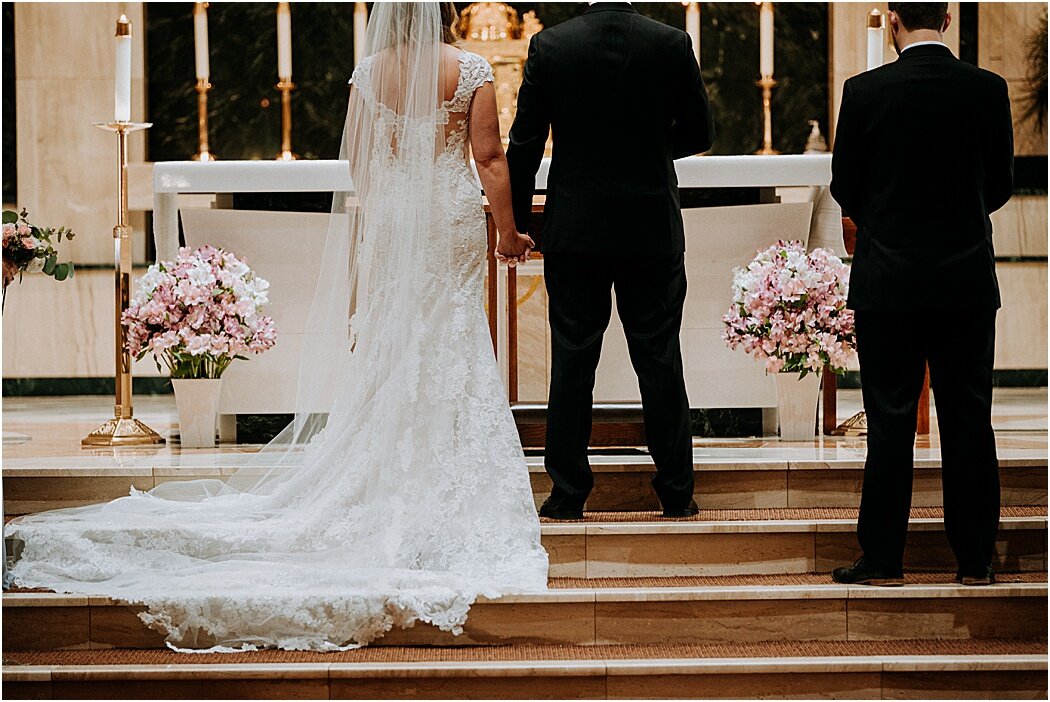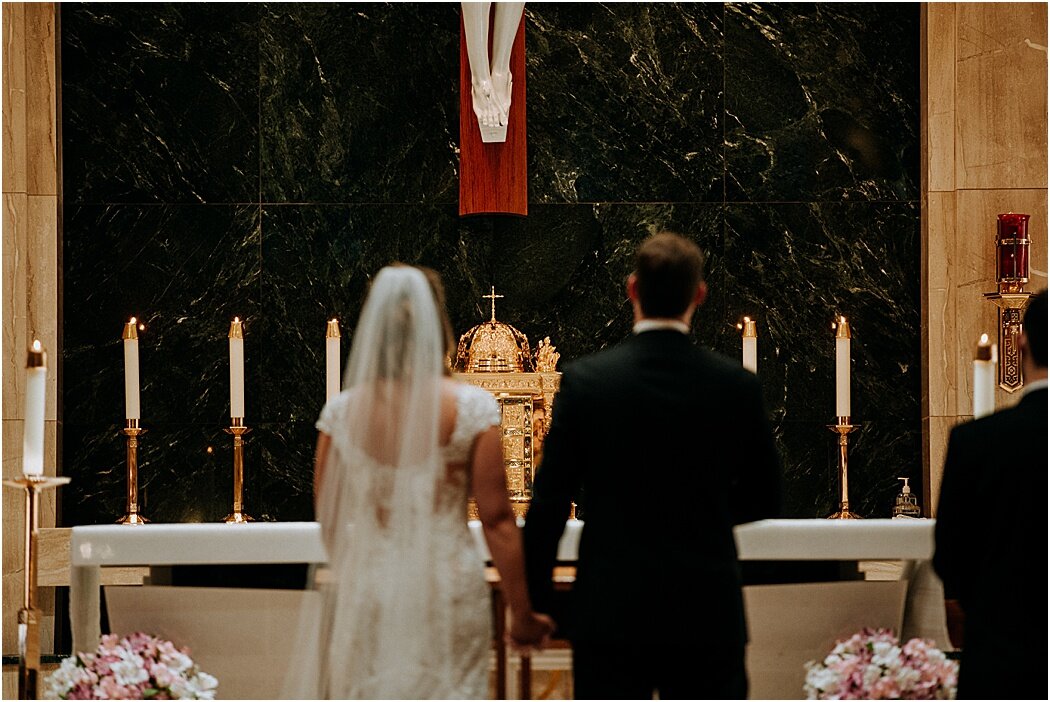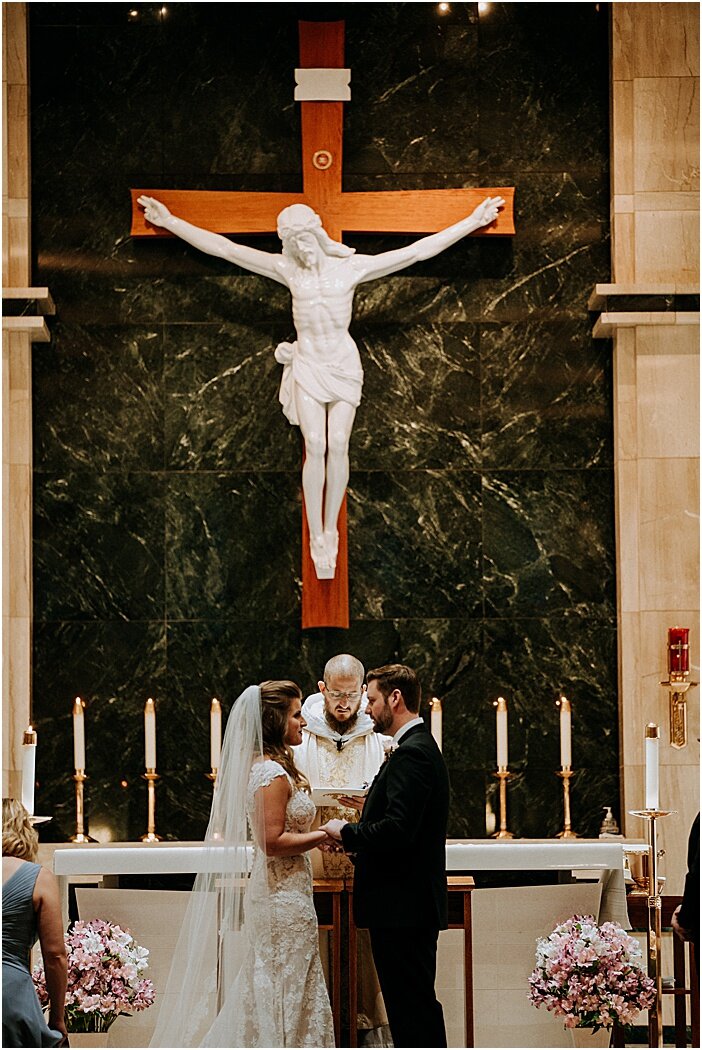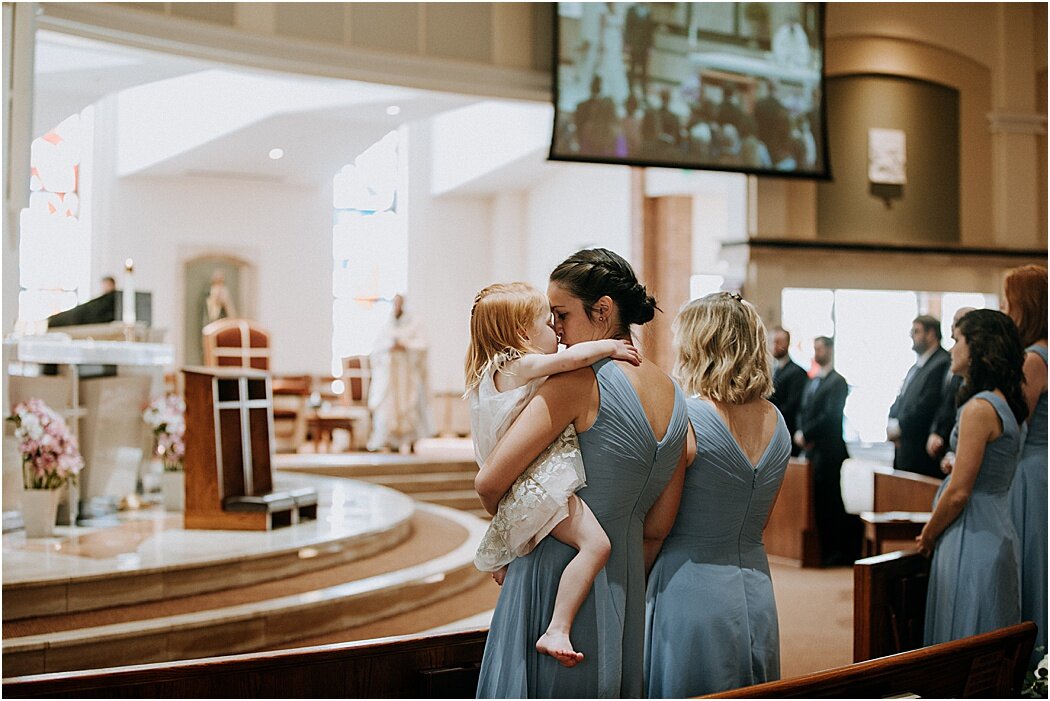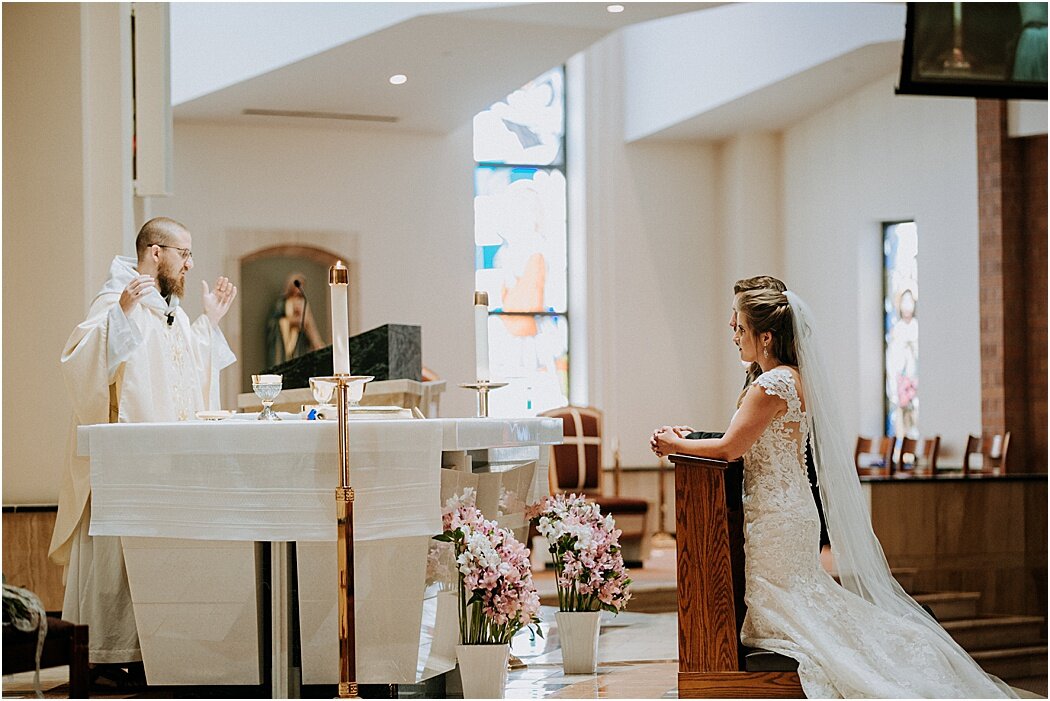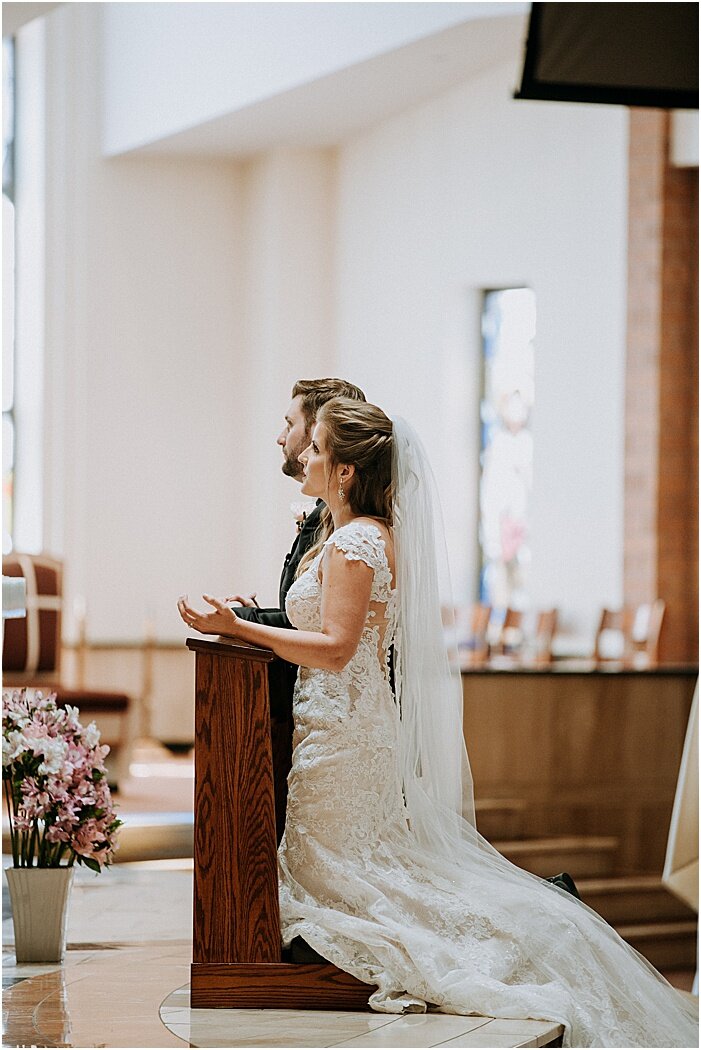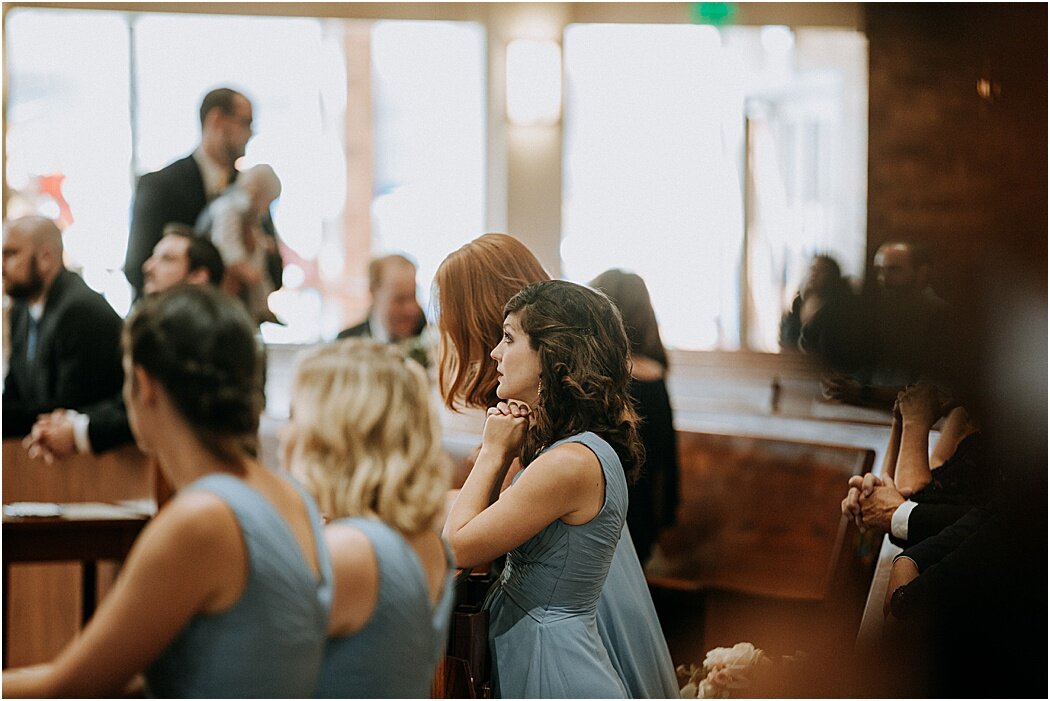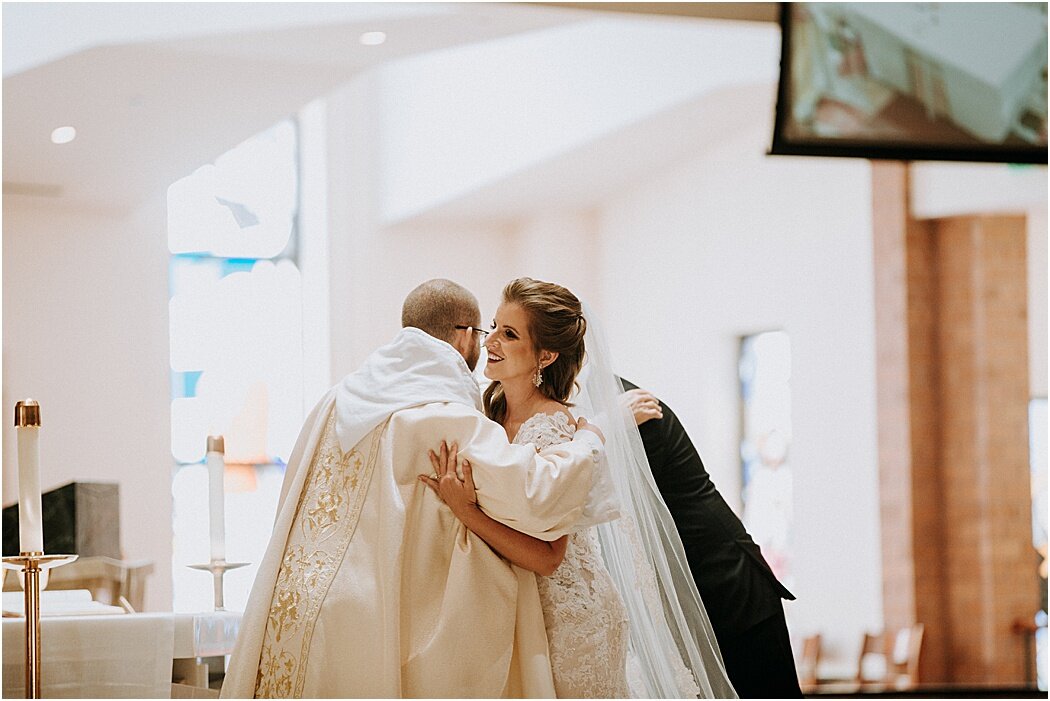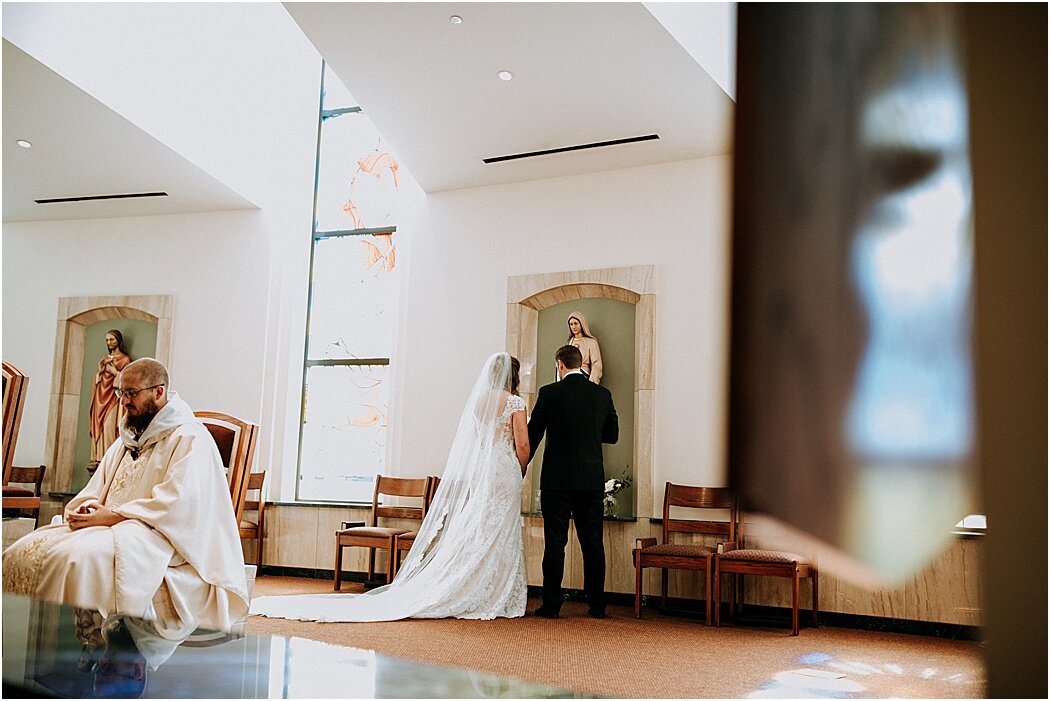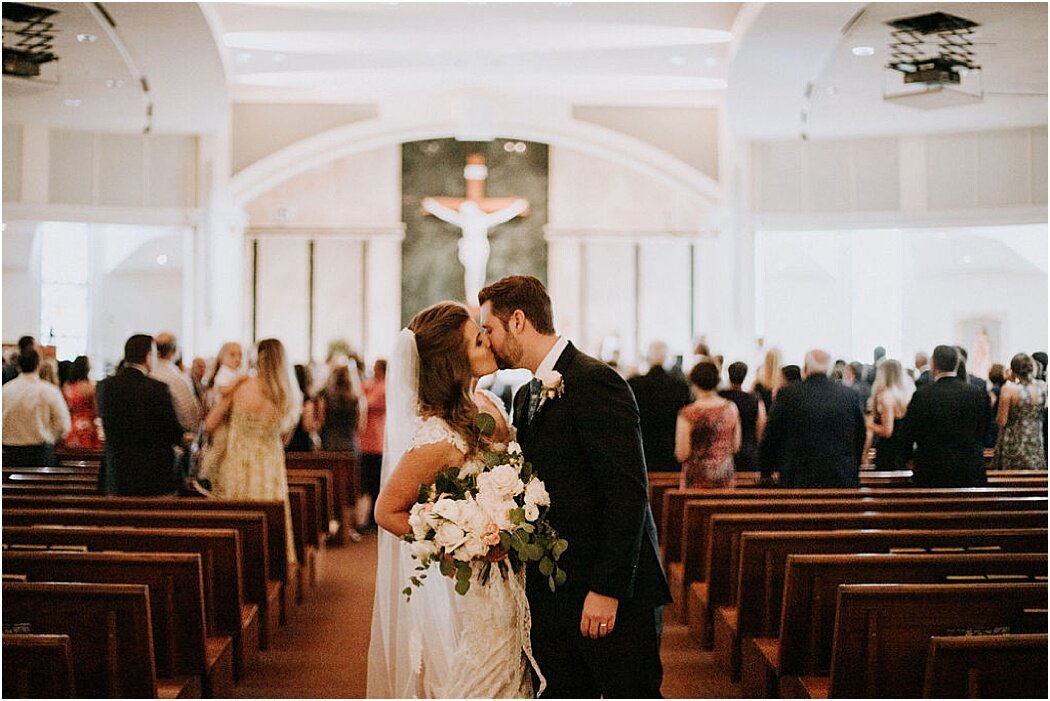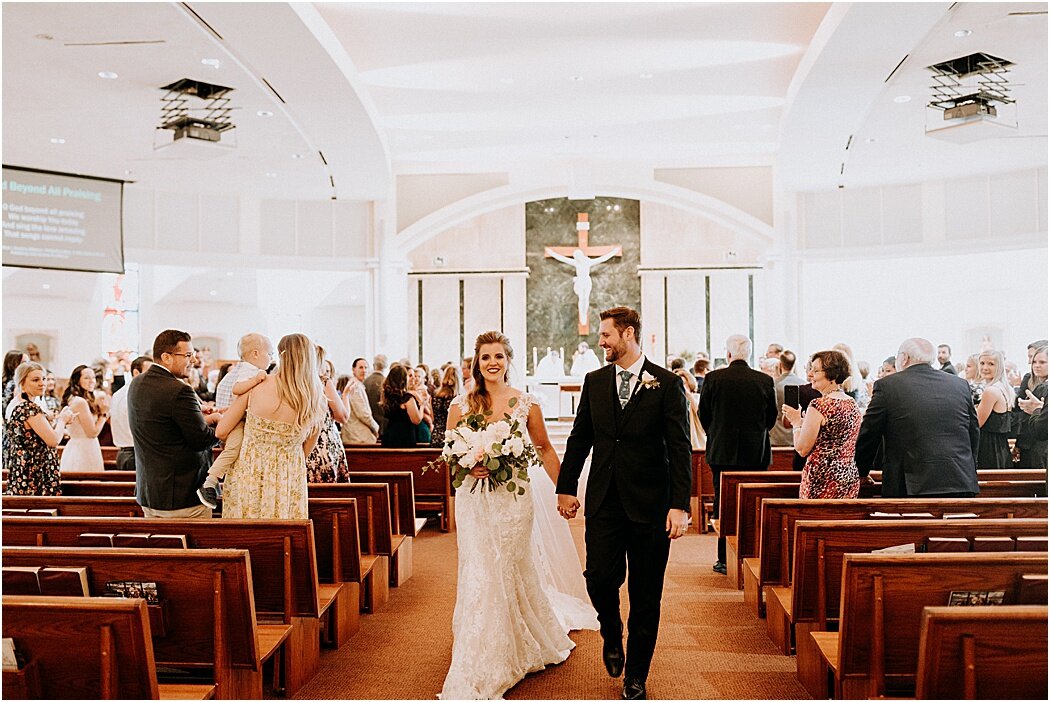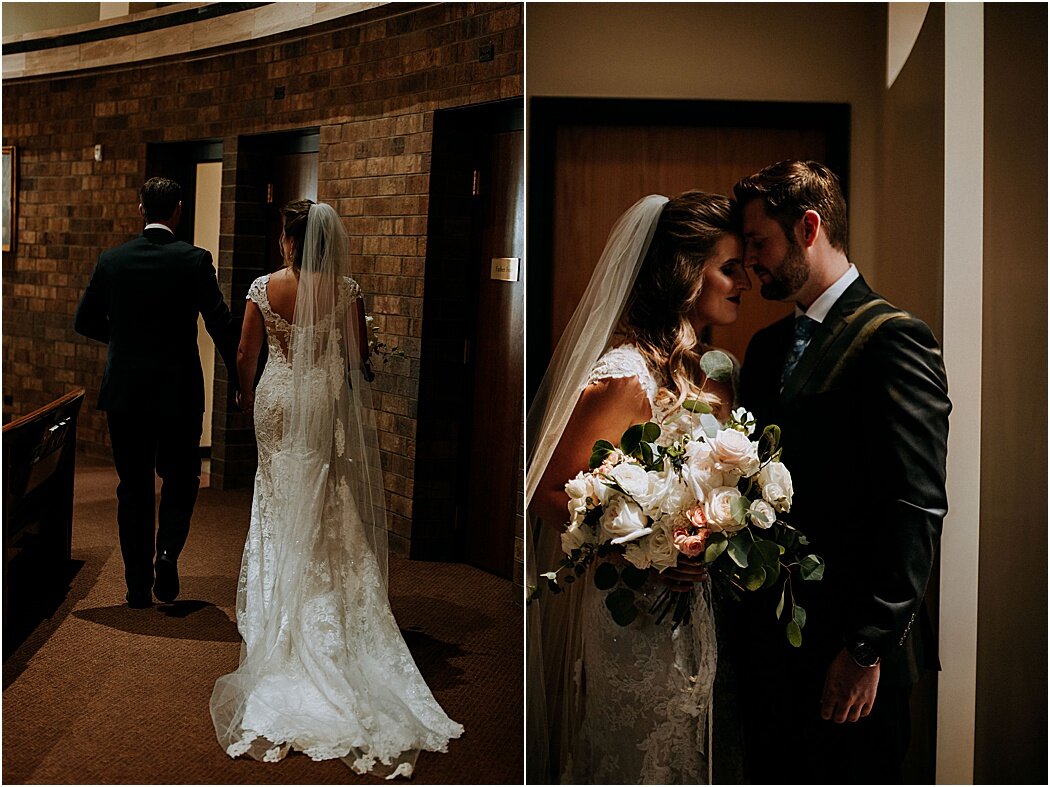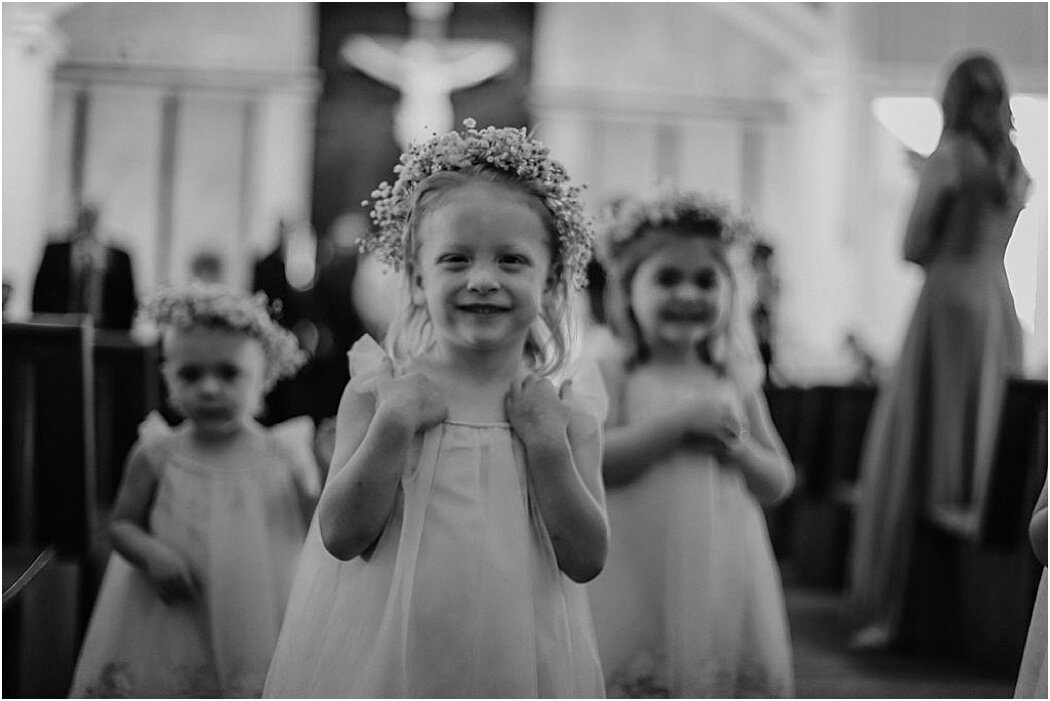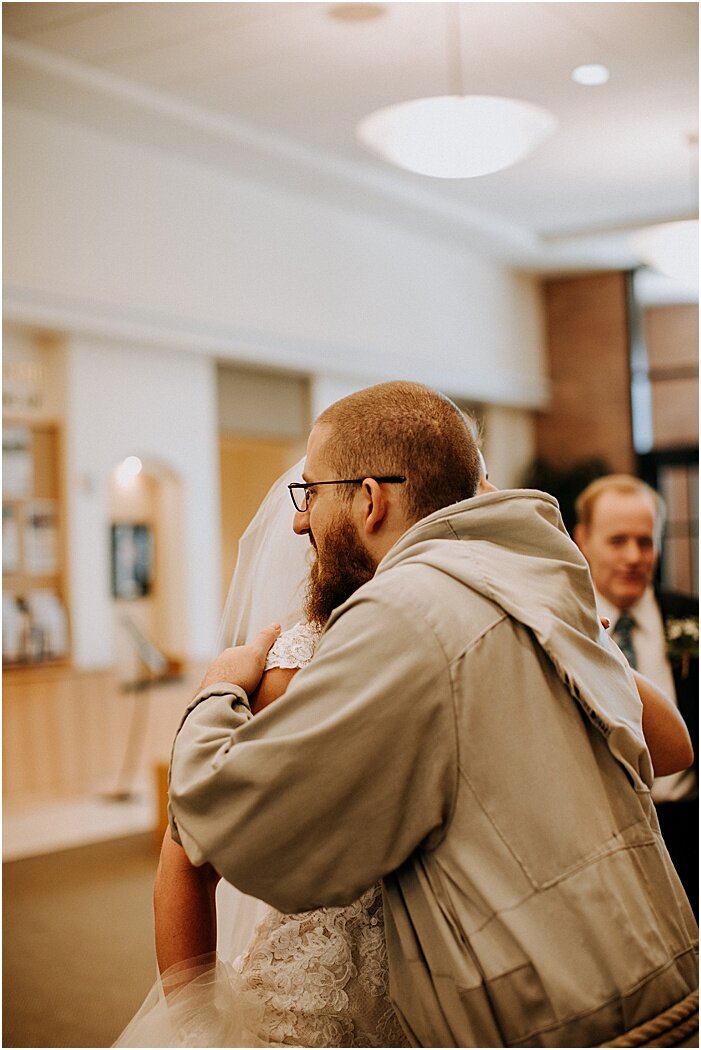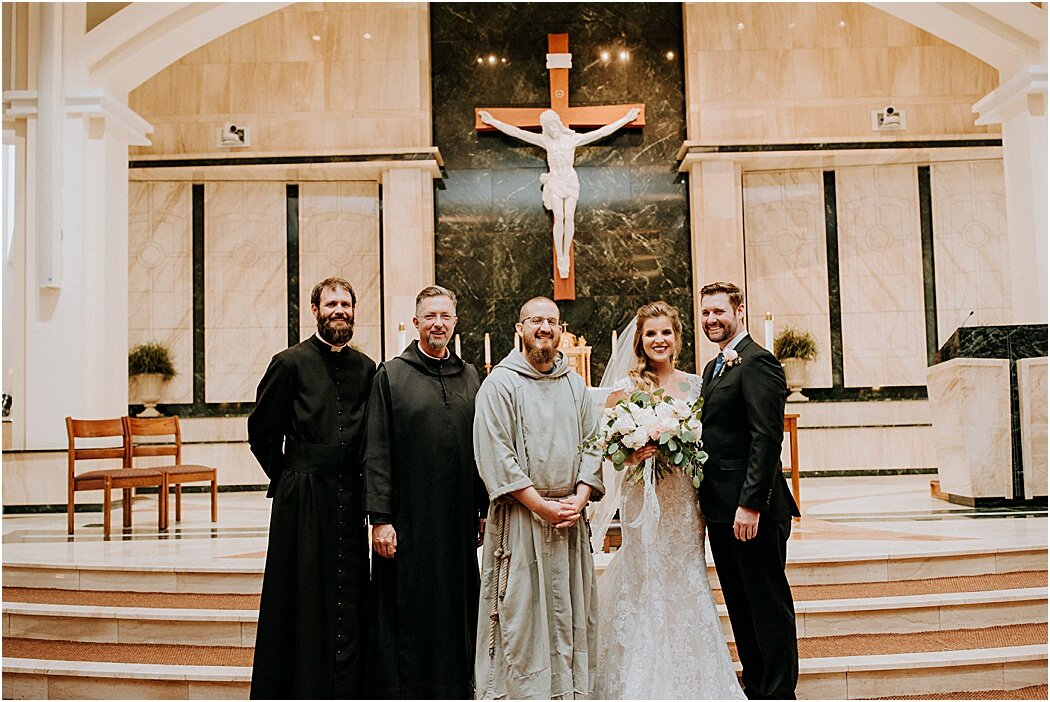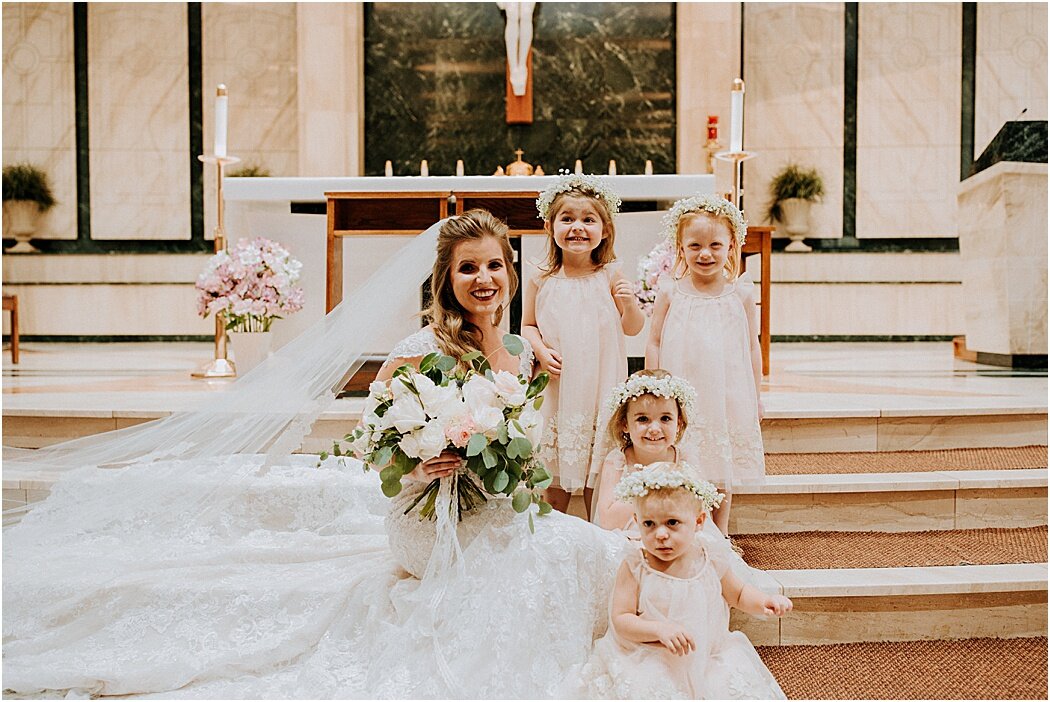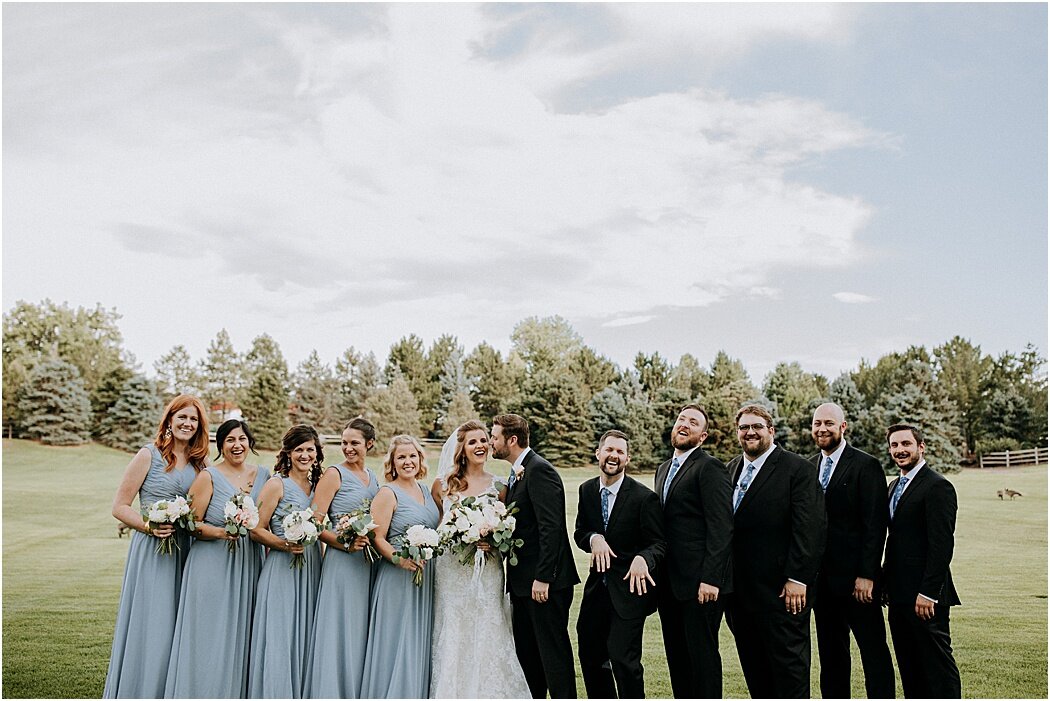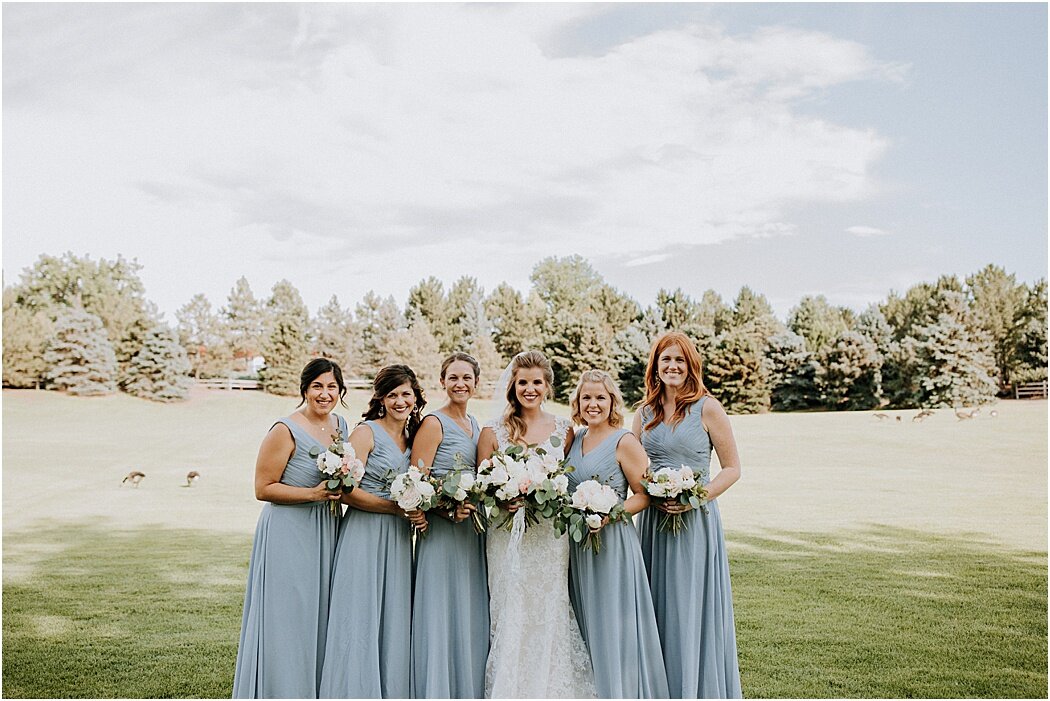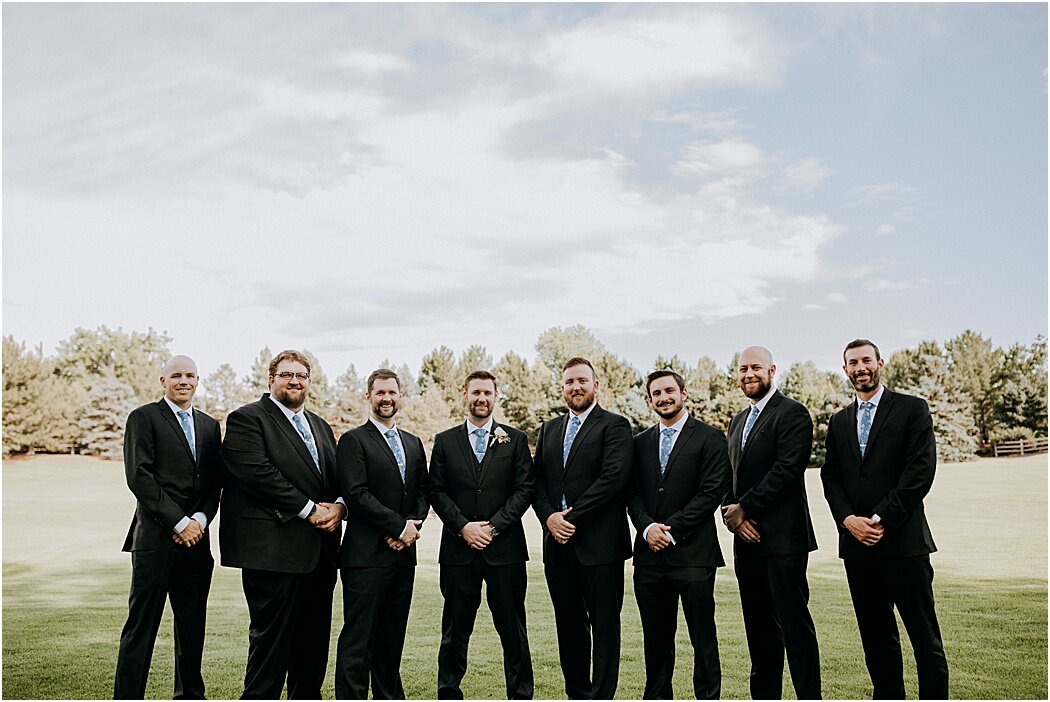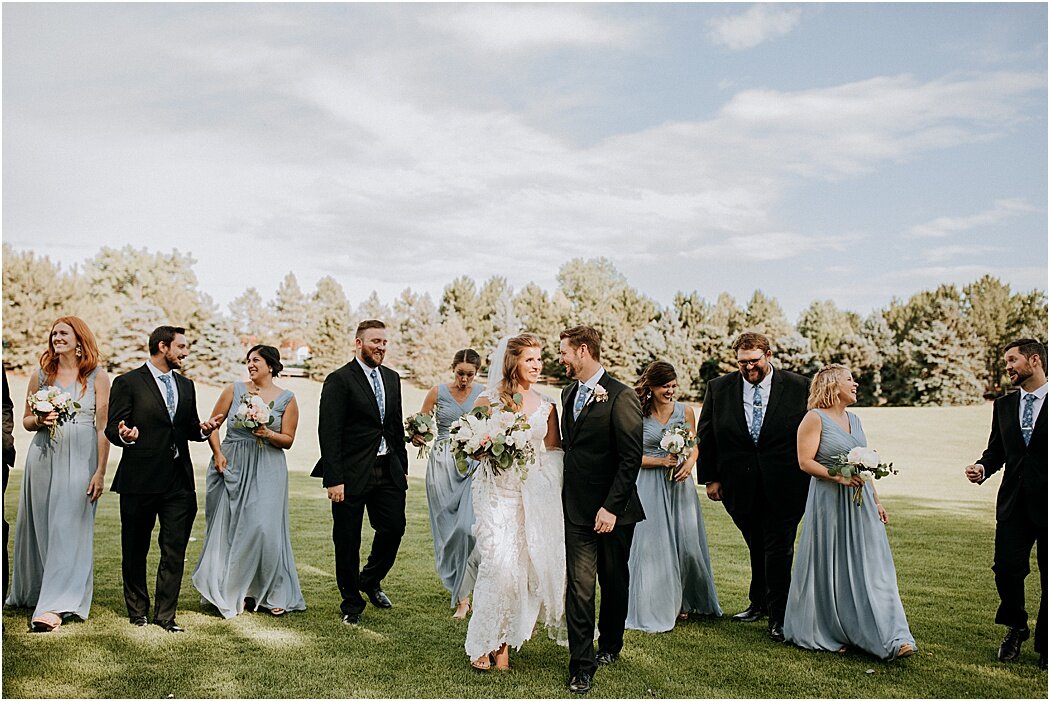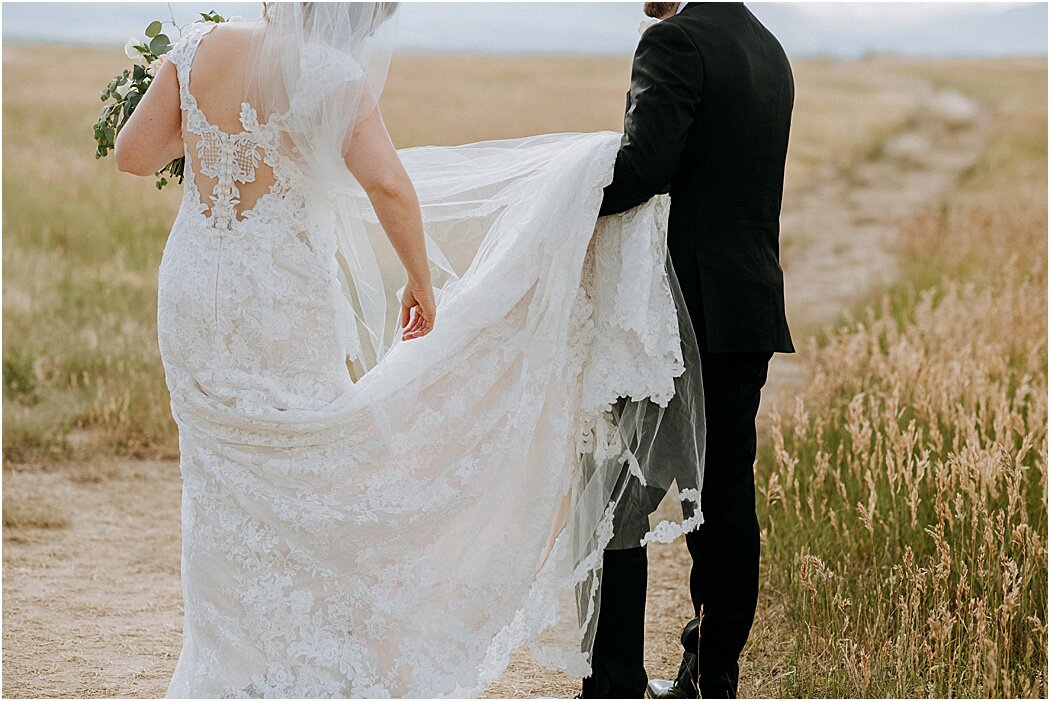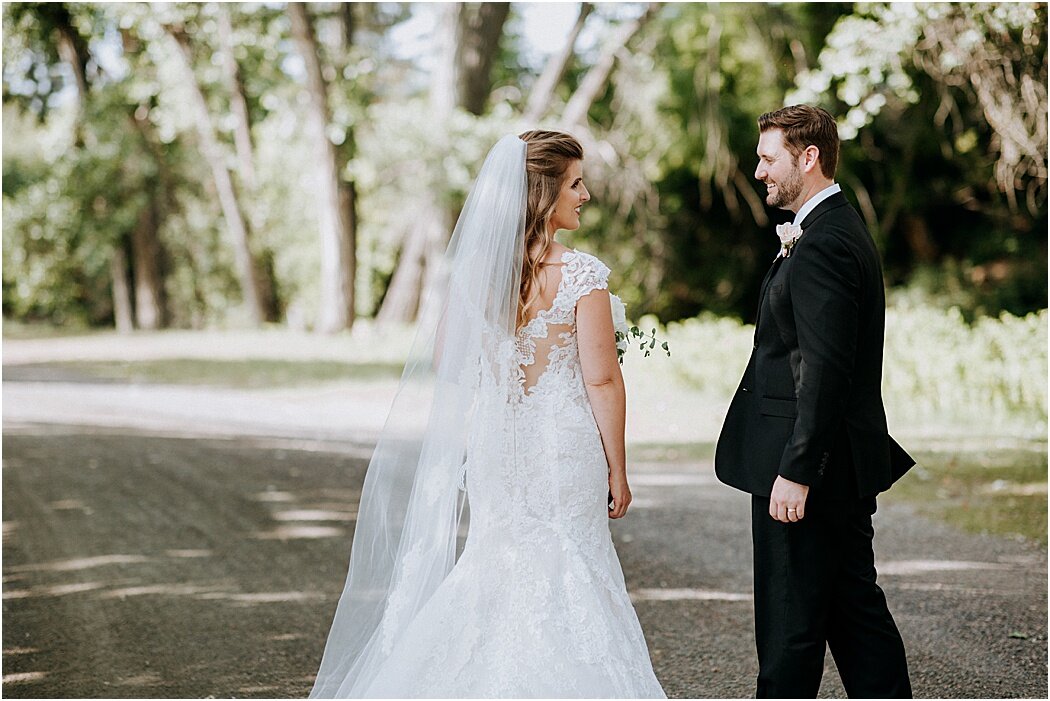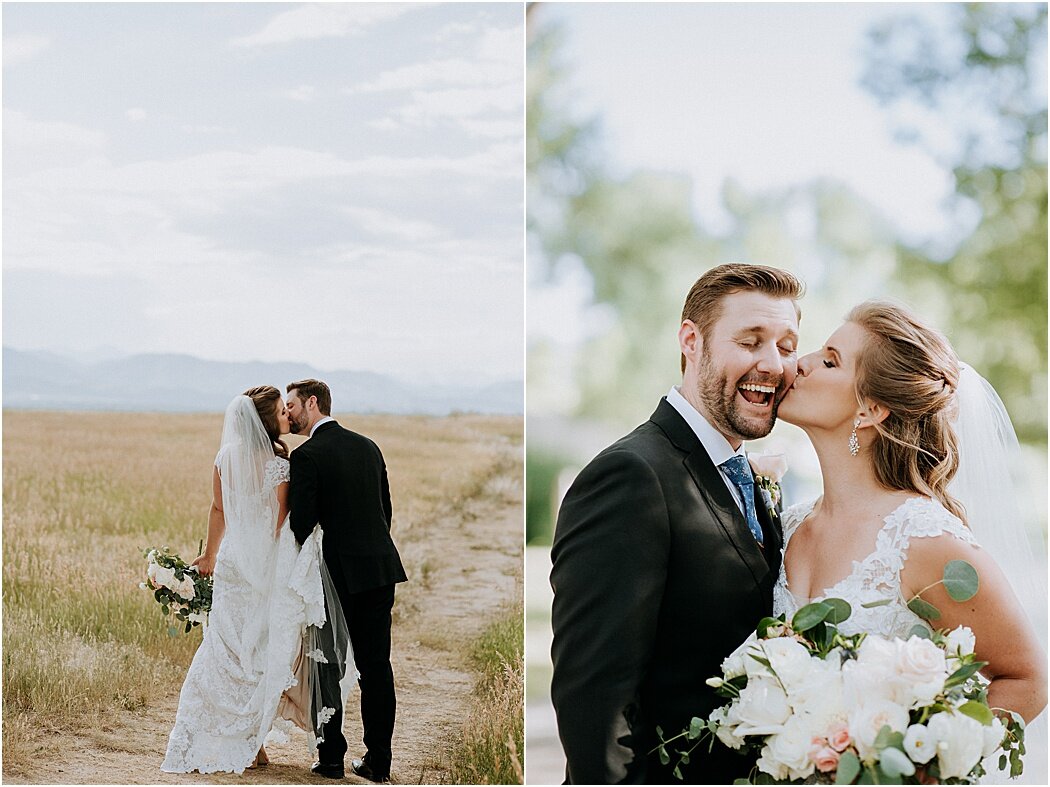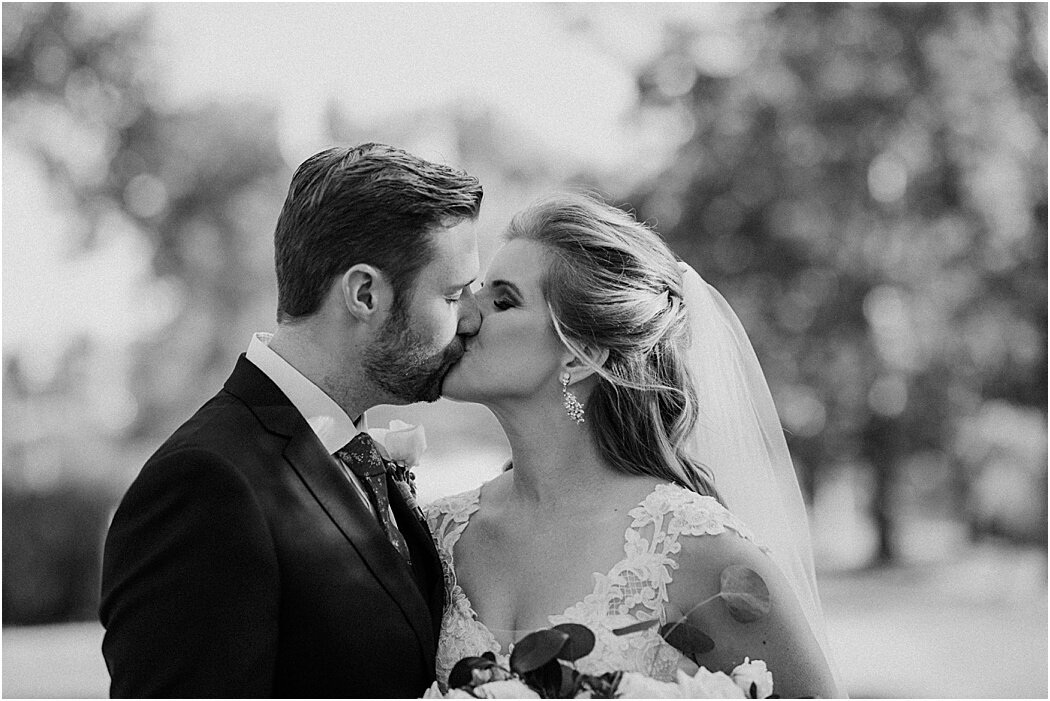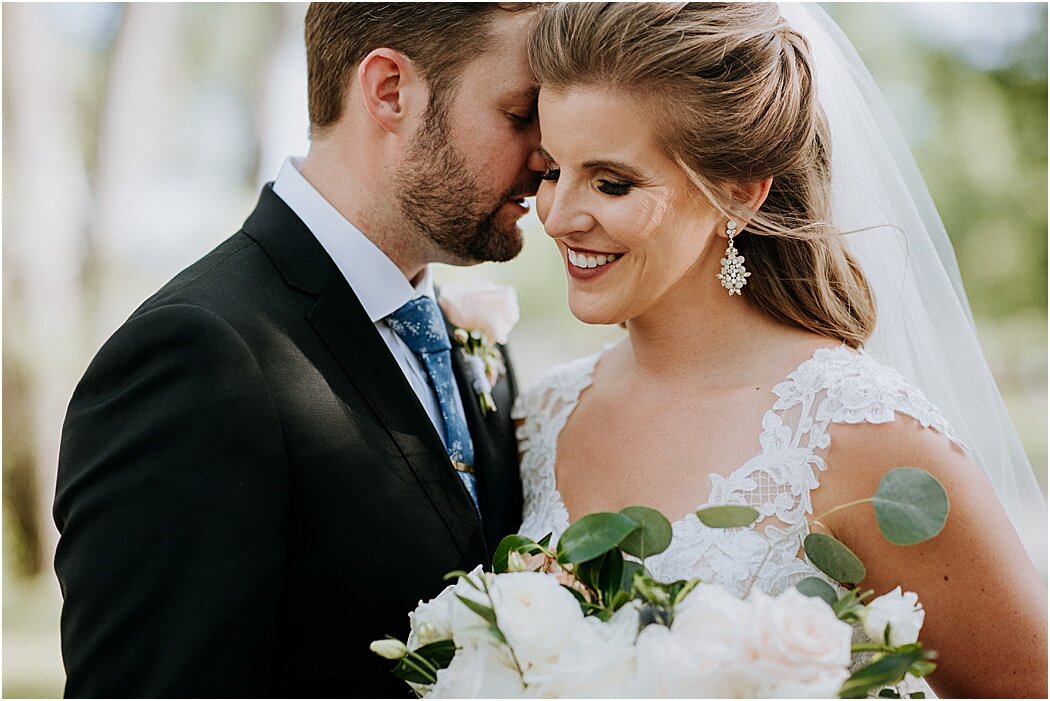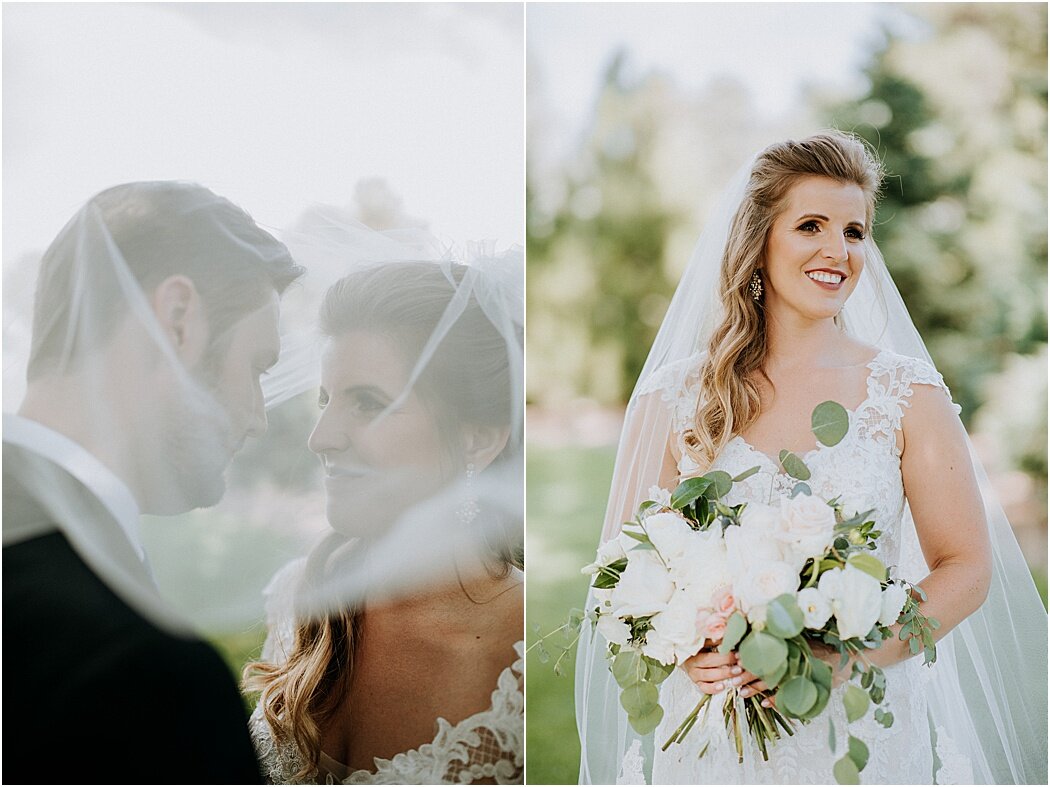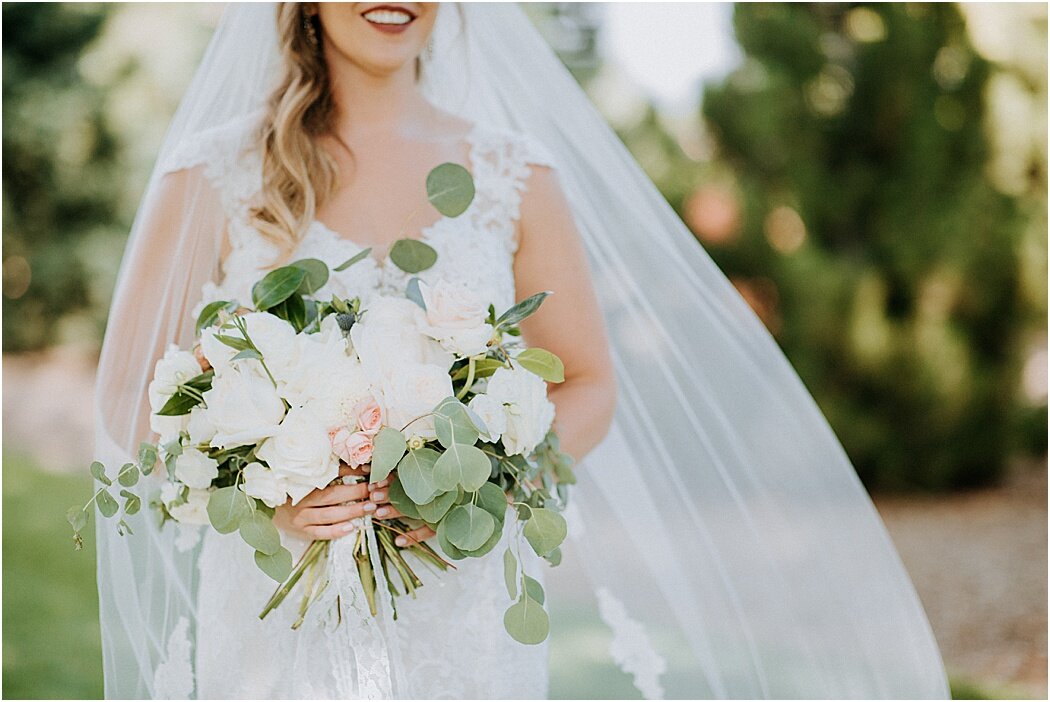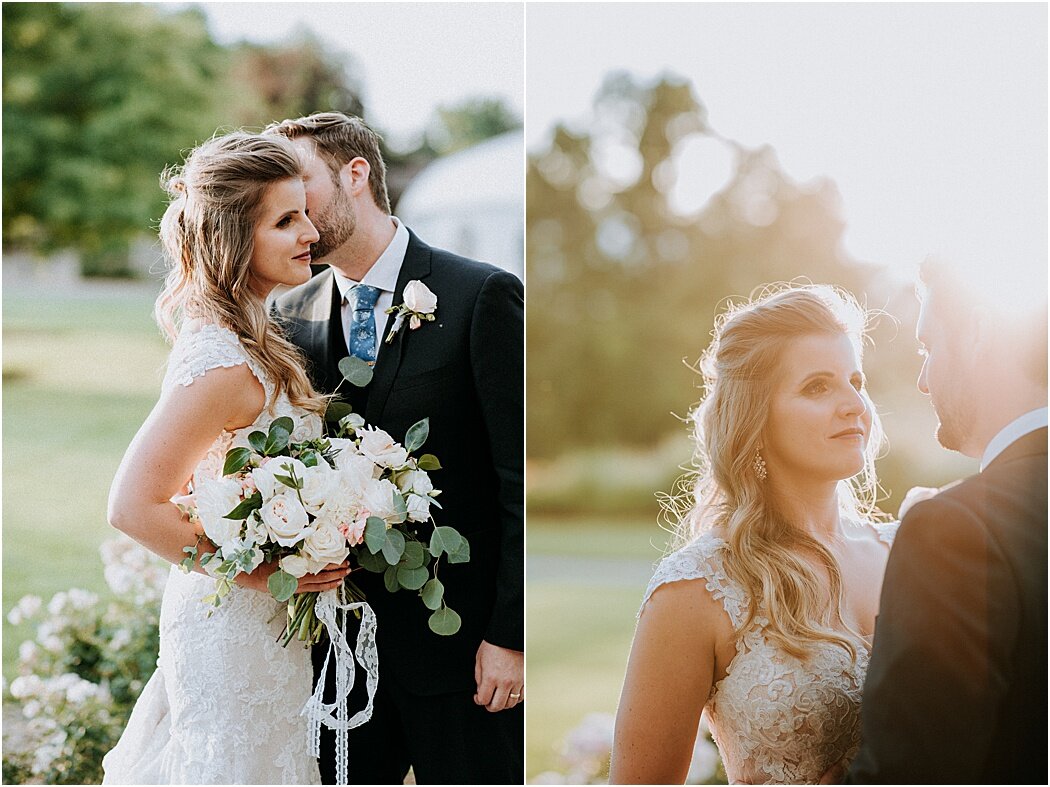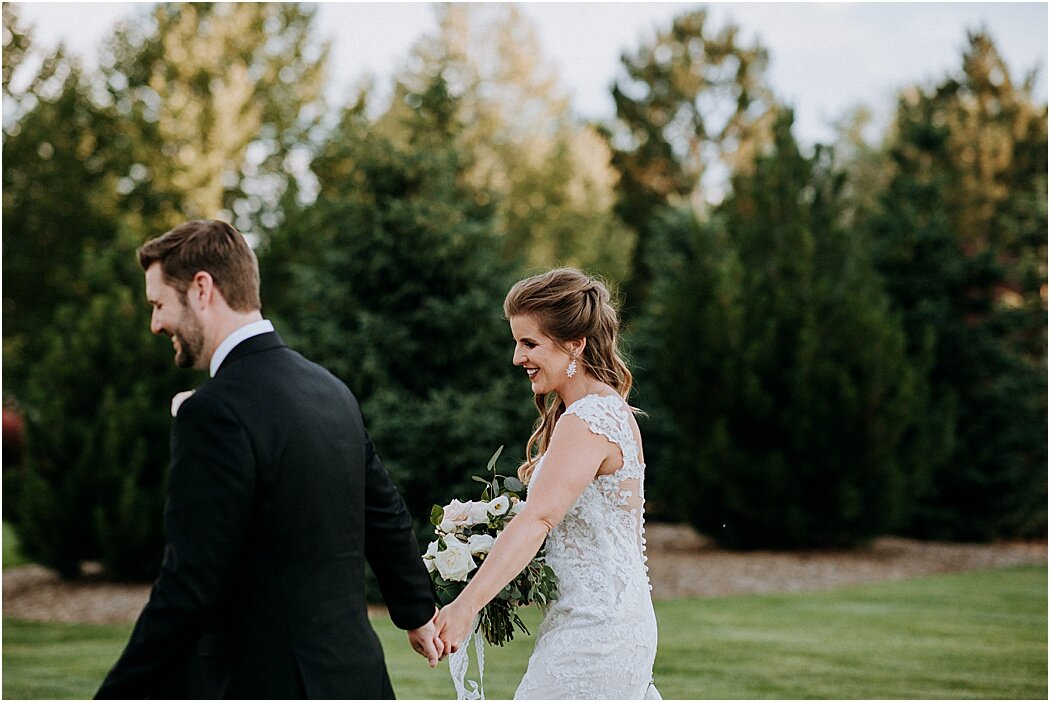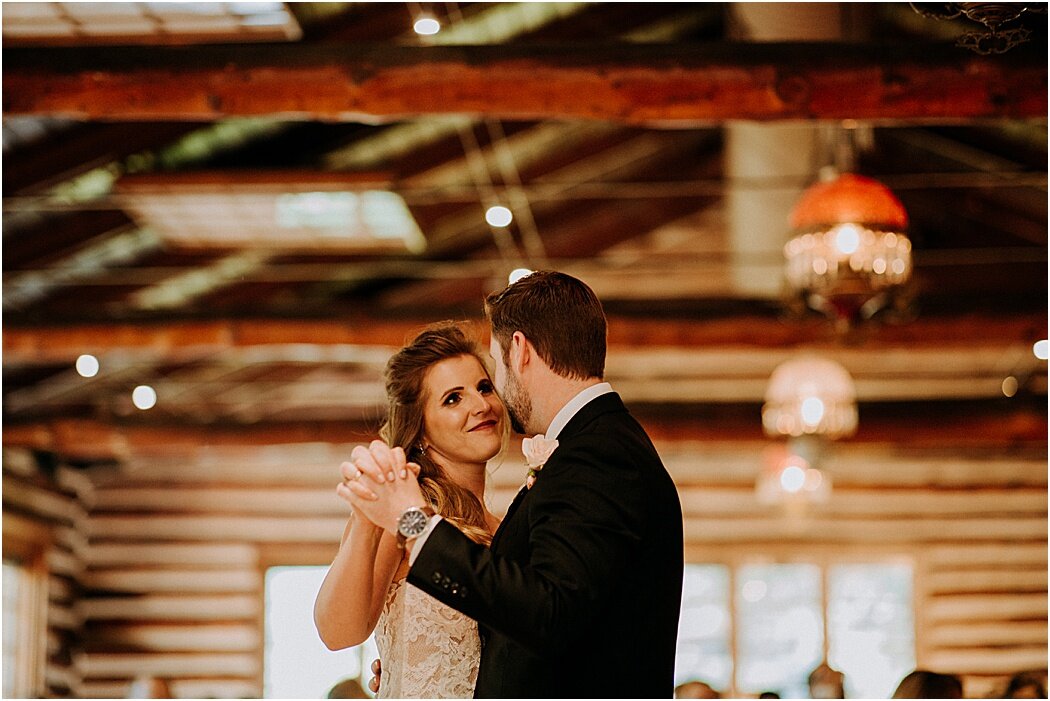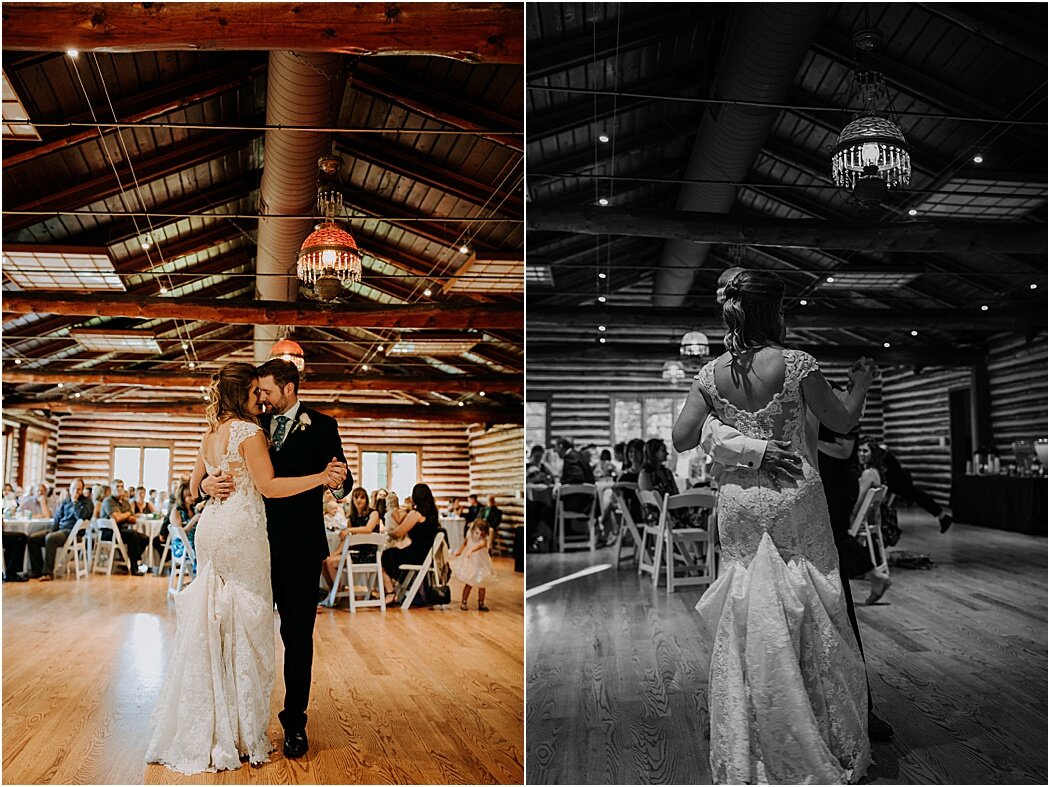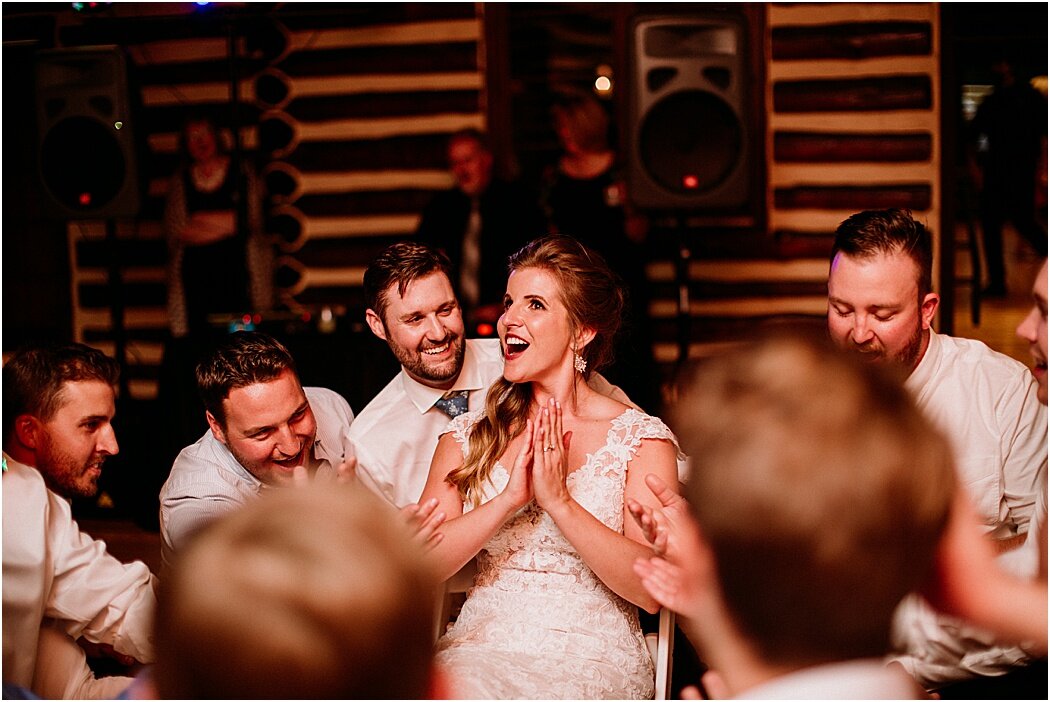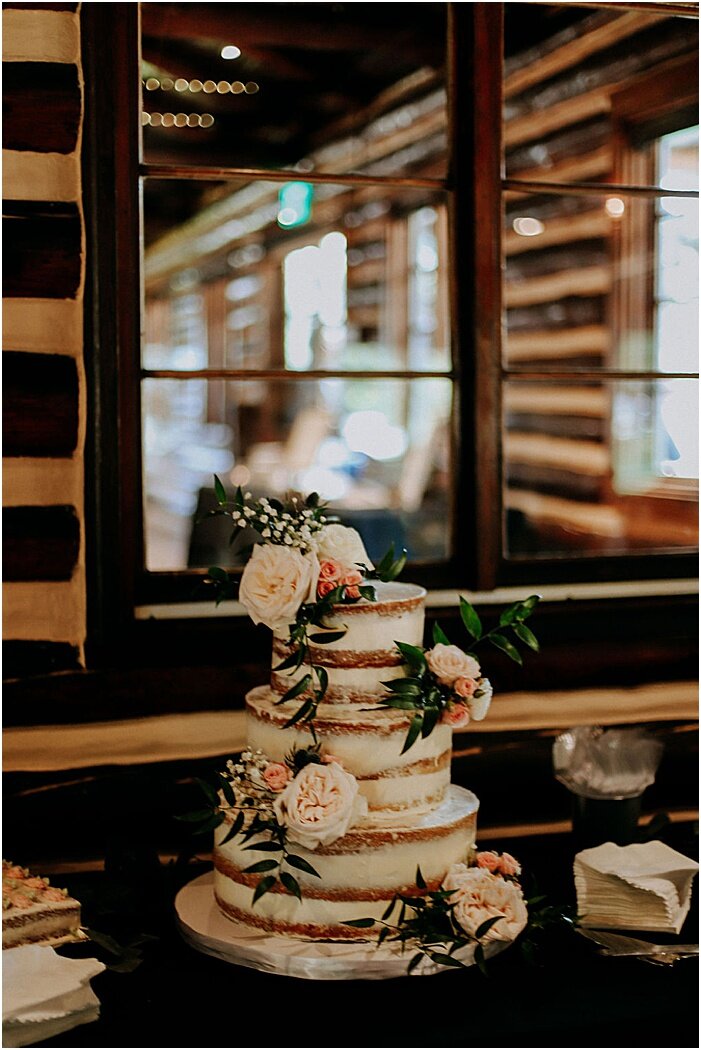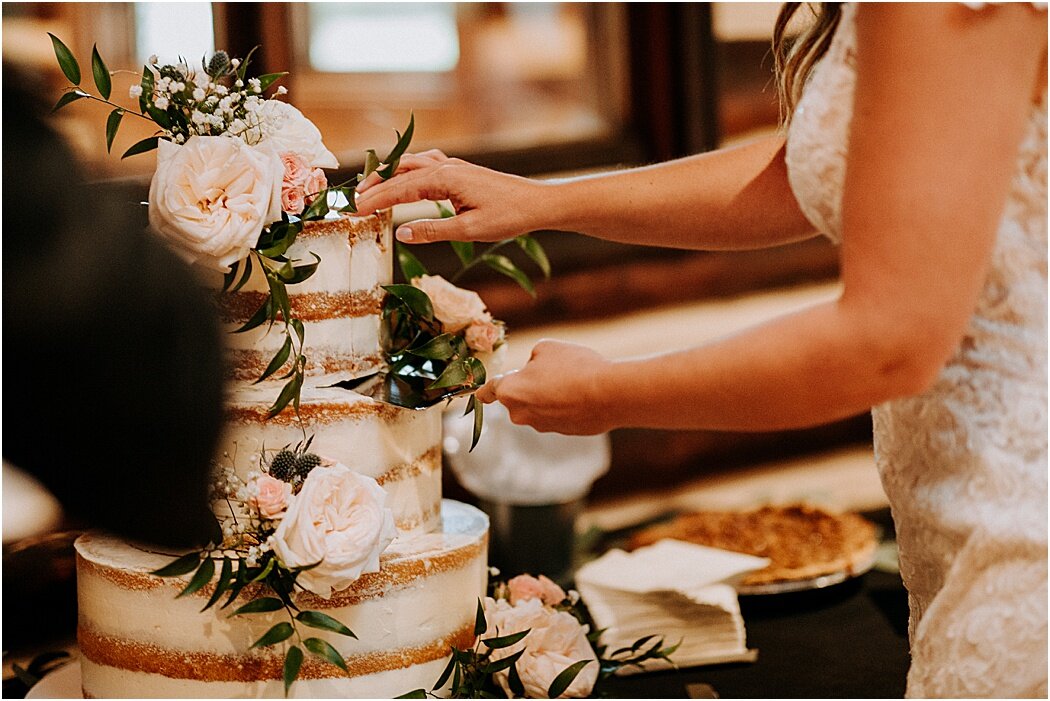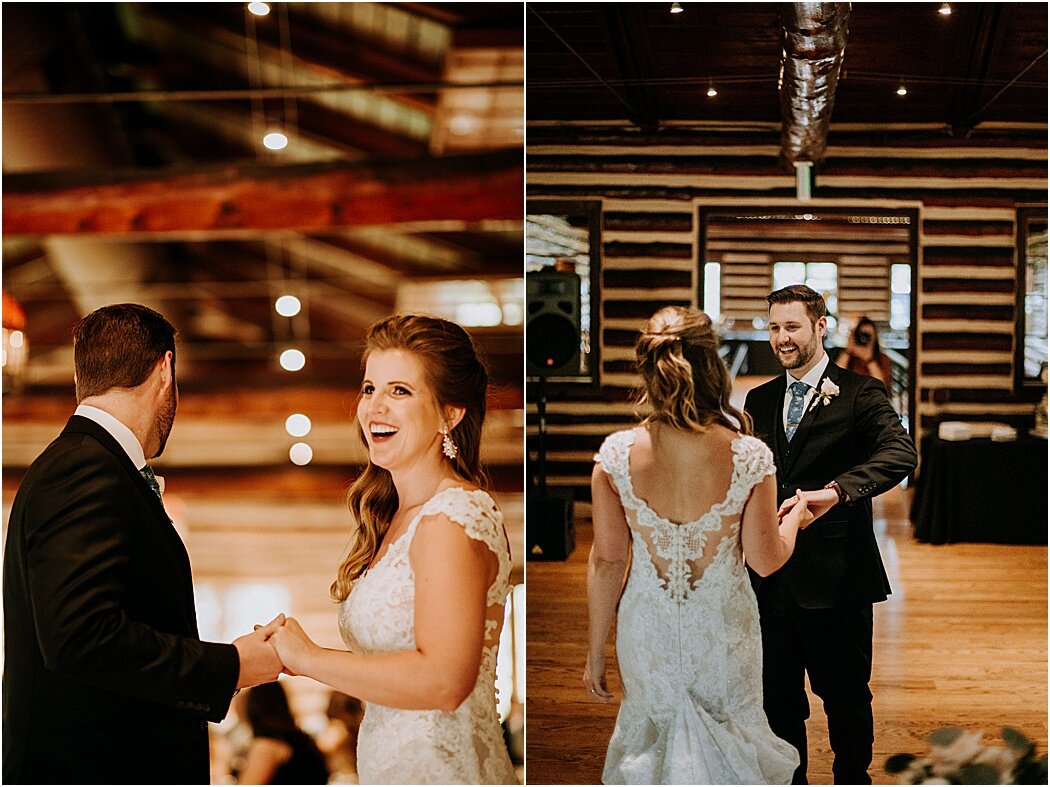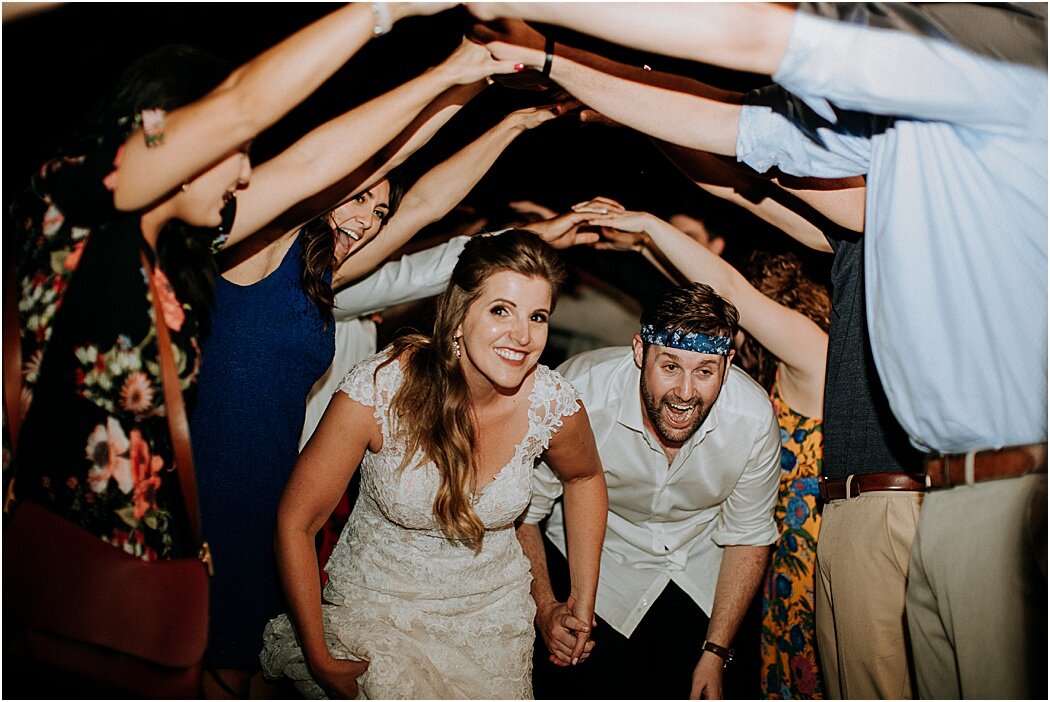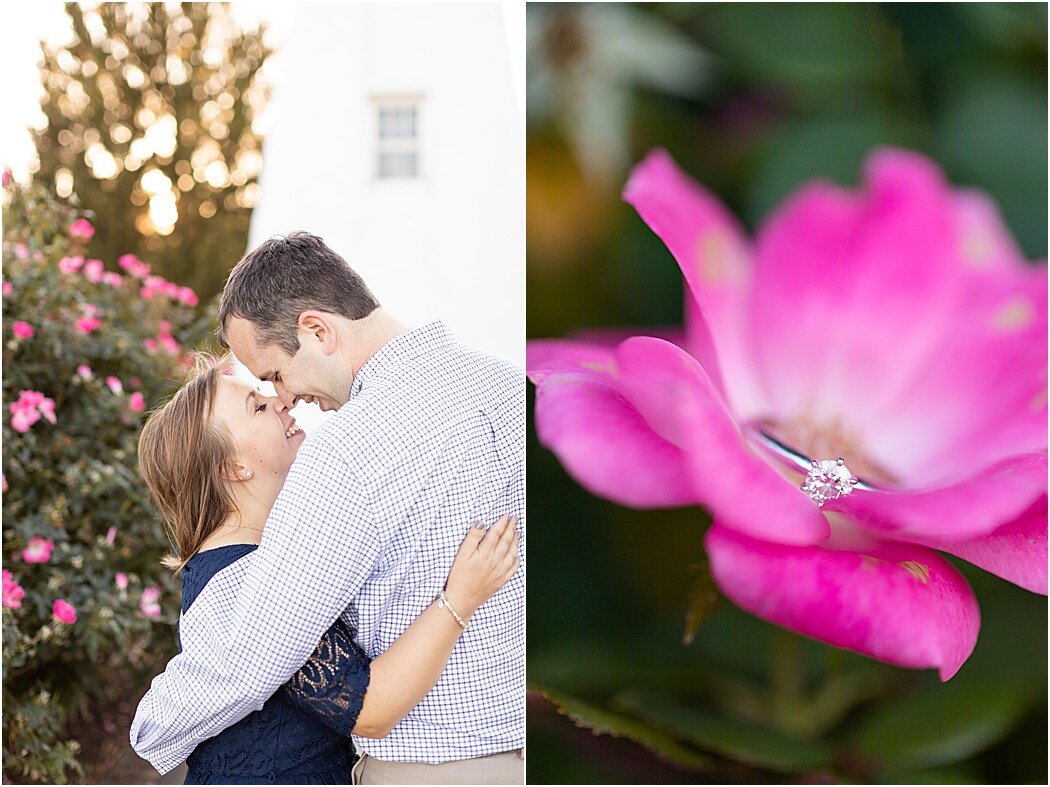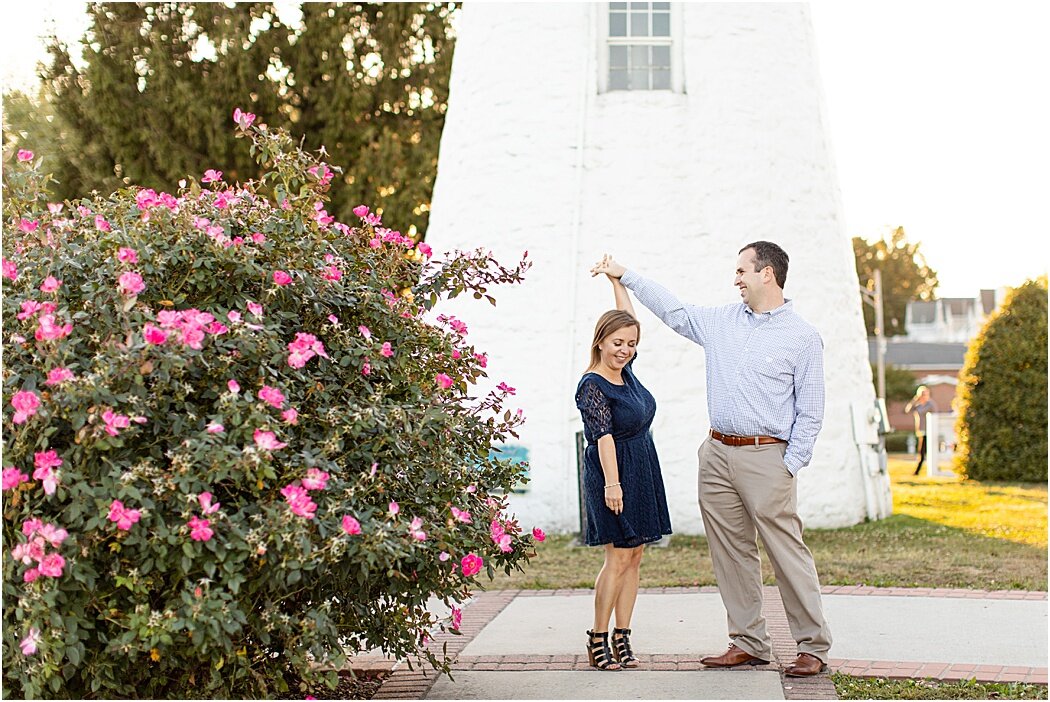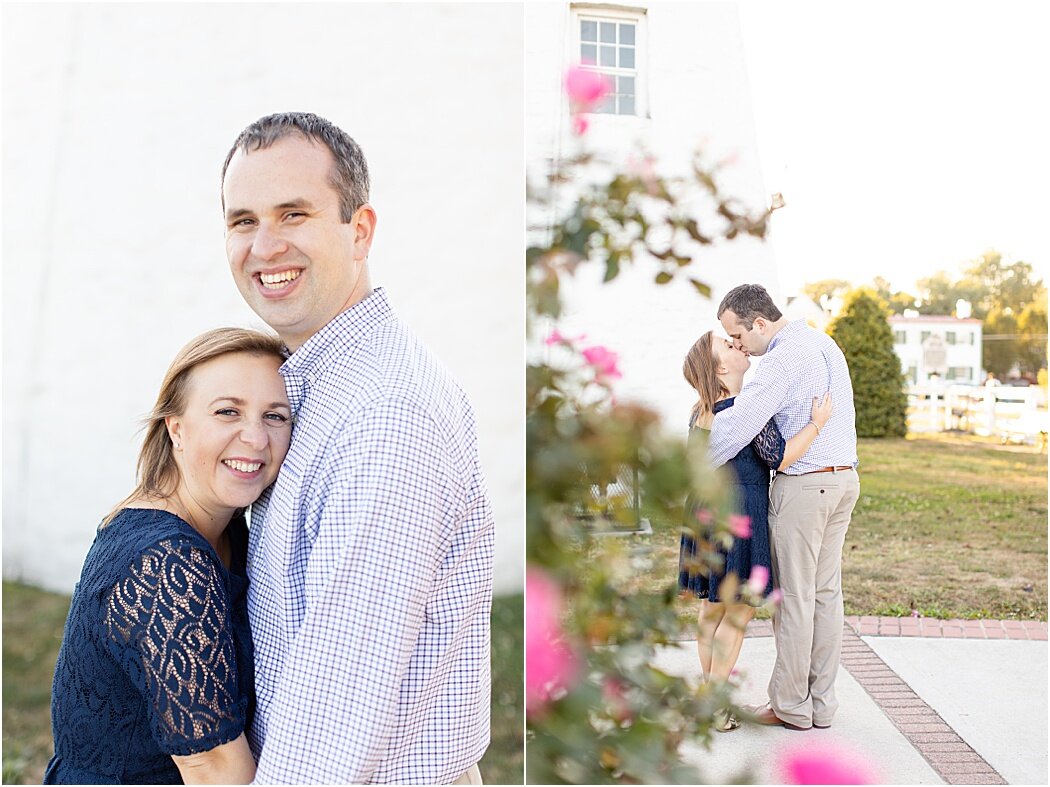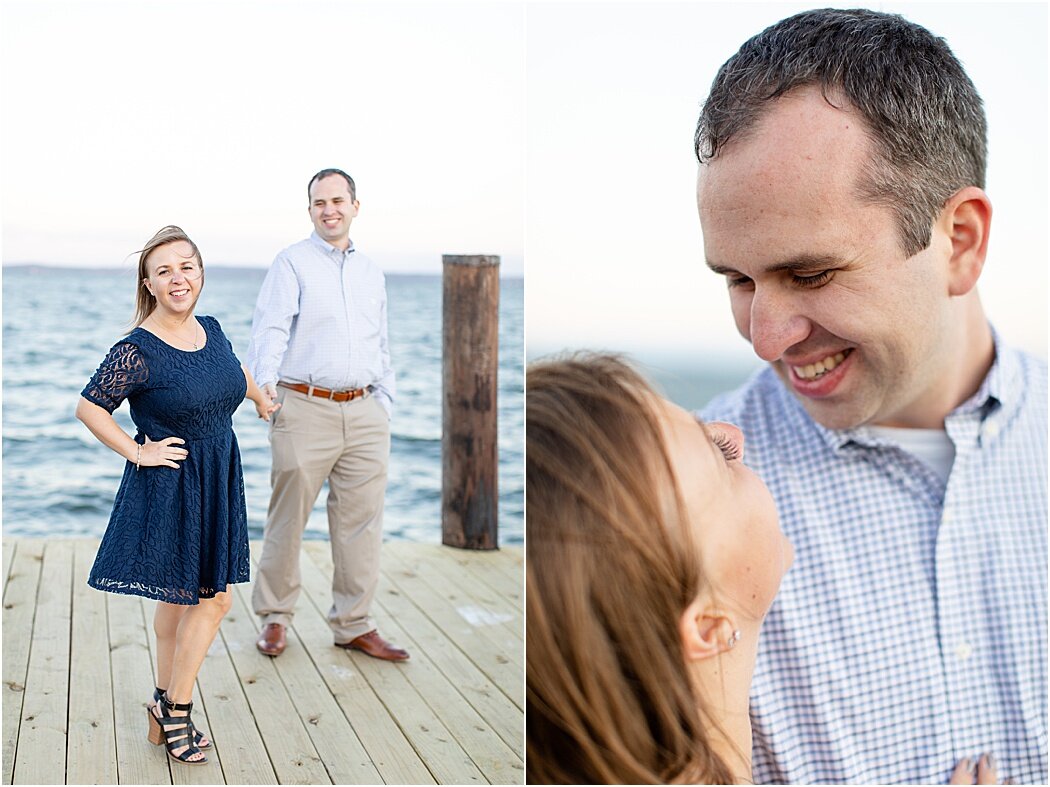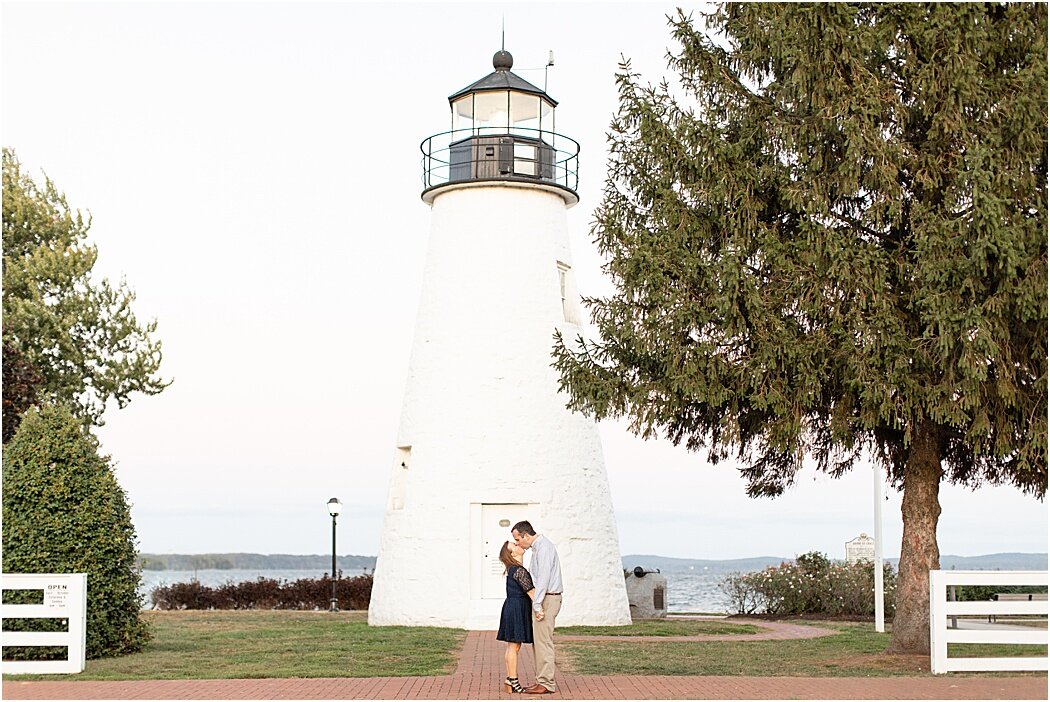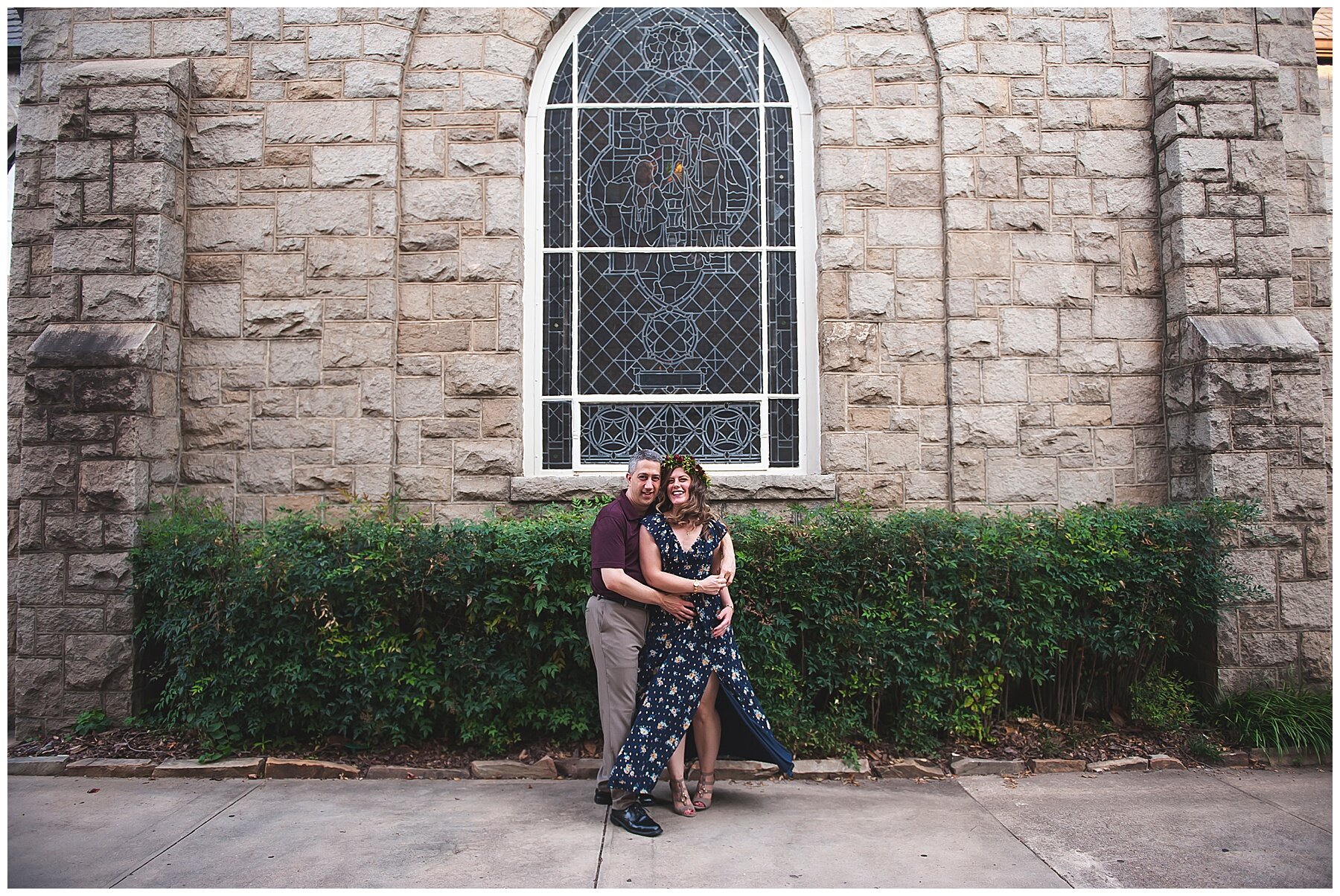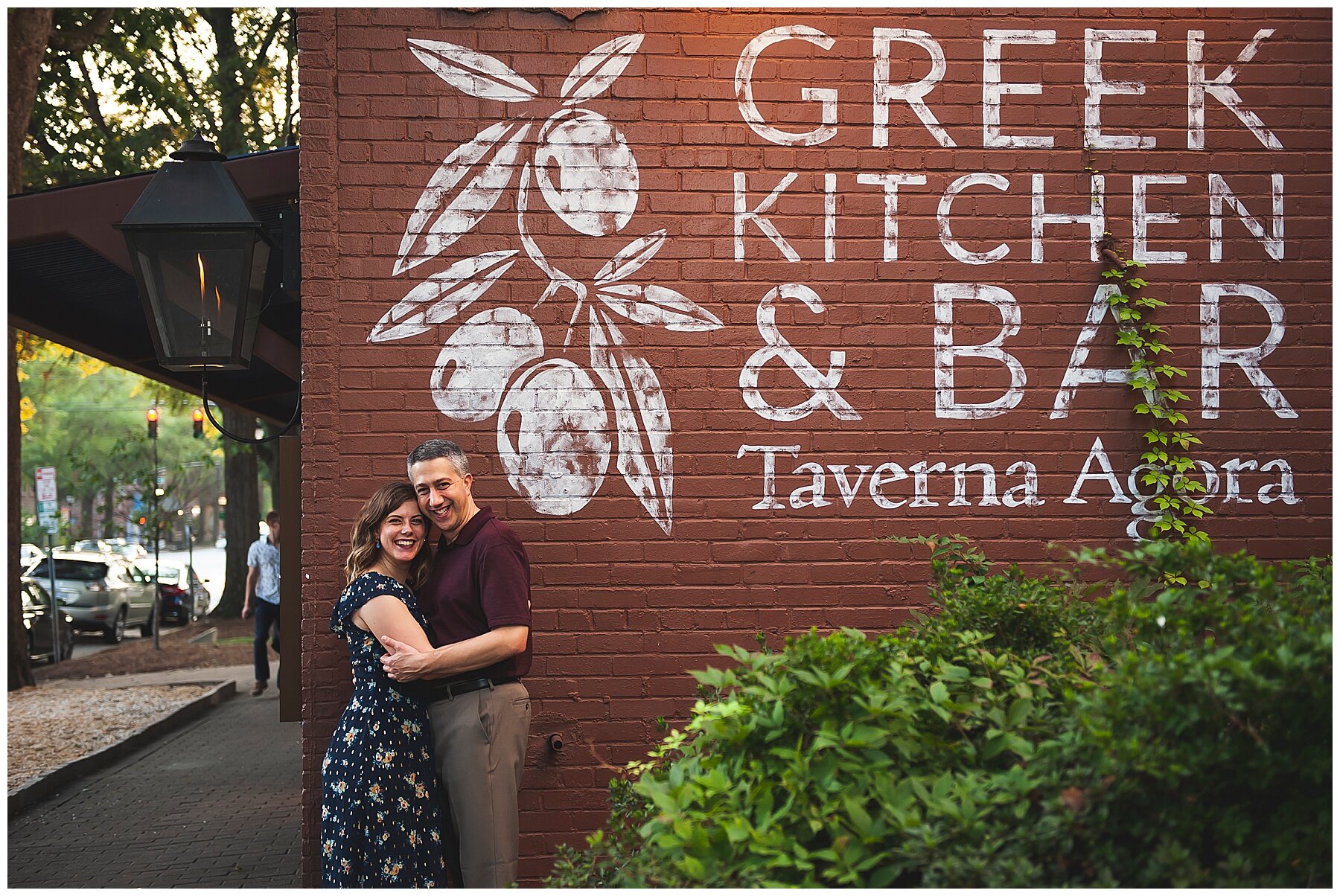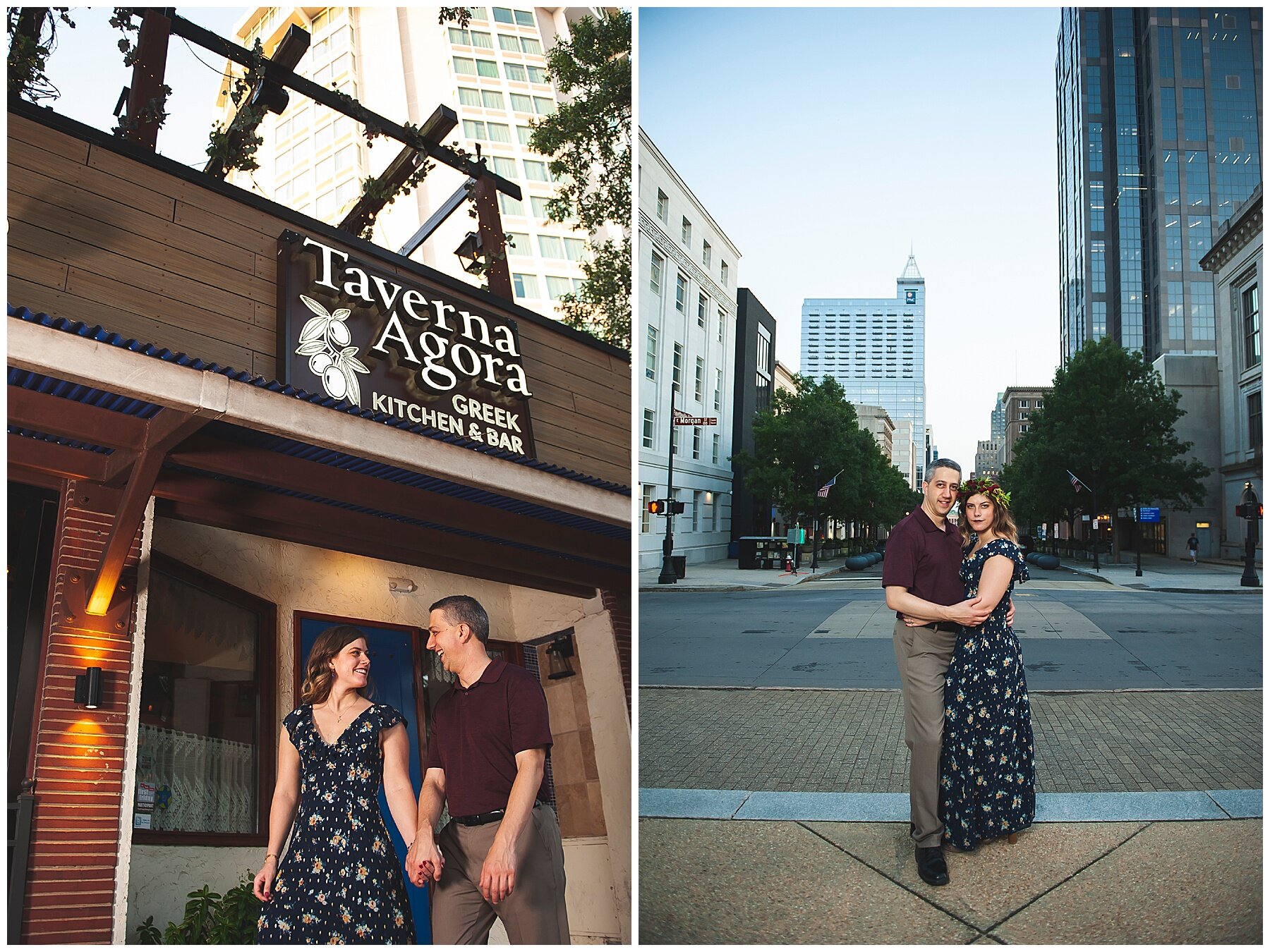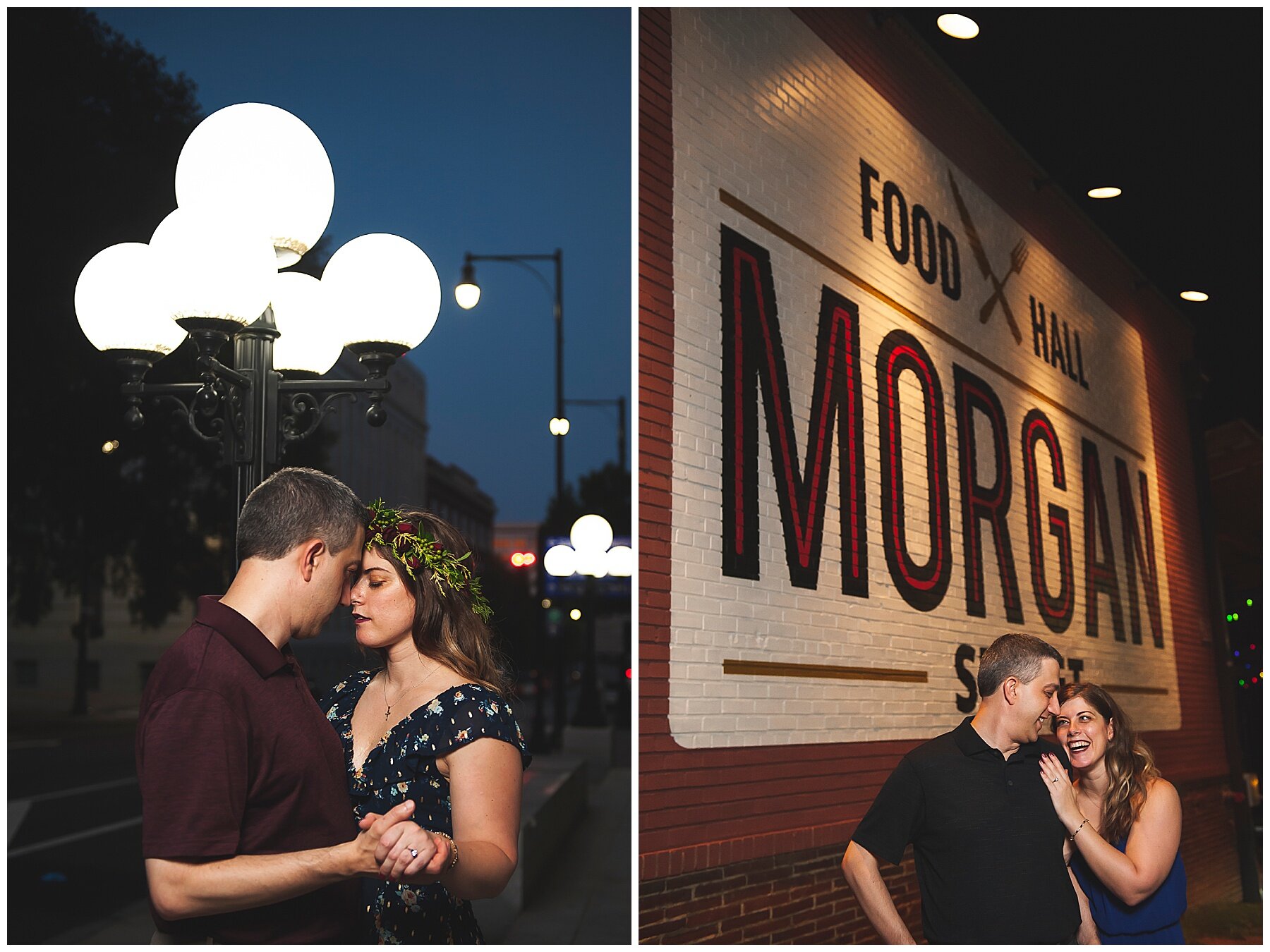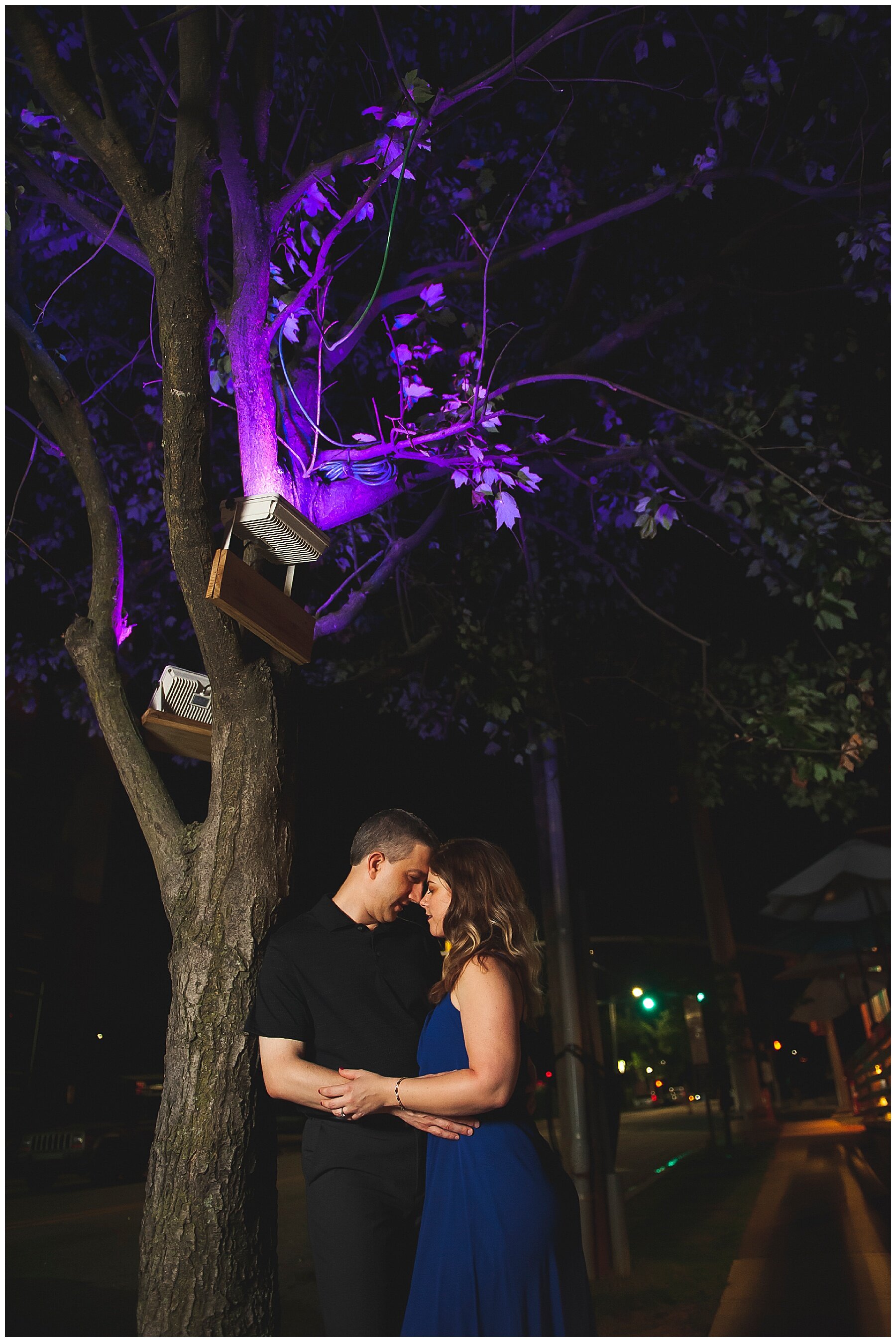Considering an Engagement or Wedding Submission? Tips for Sharing Your Story.
/JIZA ZITO
At Spoken Bride, we are dedicated to communicating the goodness, truth, and beauty of sacramental marriage. You, our brides, are an integral part of our mission to share distinctively Catholic relationship testimonies. Spoken Bride continually accepts engagement and wedding submissions for consideration, and we invite you to share your love story with us.
Most professional wedding photographers and planners are familiar with sending submissions to wedding websites. If you’re not familiar, we’re here to help!
Here, if you’re a bride or vendor considering a submission to Spoken Bride, some helpful tips for the process.
Read the Submission guidelines thoroughly
On our Submission page, you will find specific, detailed guidelines and requirements for the text and images you share with us. Due to the volume of submissions received, it’s important that these specific guidelines are met in order for your submission to be fully reviewed for consideration.
Note, for example, the pixel requirements for images in order for them to appear clear and sharp on our site; or the request that your Dropbox folder include the names of the bride and groom to keep your information organized for our creative team.
These guidelines let us best showcase your submission while also helping our team work efficiently. We realize that sometimes instructions get overlooked; bear in mind this can delay the review process or affect acceptance. Therefore, we recommend reading and following each guideline! For more information, see our Terms & Policies.
Be selective with your photographs
Wedding photographers typically deliver anywhere from 500-1000+ images for your gallery-- we understand it’s no easy task that we request no more than 100 photographs to include in your submission! Some images we love to see in submissions are:
Detail shots of the rings, invitation suite, dress, flowers, religious items, etc.
The bride getting ready
The groom getting ready
The first look or the “reach around and pray” of the bride and groom
The first look and/or candid images with parents or parent figures
Many details and images of the Wedding Mass, including...
Shots of the church and sanctuary
Your wedding program
Walking down the aisle
Exchanging of Vows and Rings
The Consecration of the Host
Receiving Holy Communion
The Dedication to Mary
The kiss
Any special traditions or customs
Candid emotion of the bride and groom
A few shots with the bridal party
Many more shots of just the Bride and Groom
Details of your reception, including...
A wide shot inside the venue
Decorations
The cake
The first dance
Dances with parents or parent figures
Any special customs or traditions
The Exit
In your image selection, we recommend avoiding:
Multiple images of the same or similar thing
Poorly lit images
All of the formal family portraits
Numerous reception dancing photos
Unflattering or potentially embarrassing photos of wedding guests
Images of children, unless you’ve received permission from their parents
Give proper credit
At Spoken Bride, we strive to support small businesses and wedding vendors by attributing proper credit. We do this by providing a website link and/or social media handle, which serves as a way for potential clients to contact them. If you had a great experience with your vendor(s), sharing their work and business information--especially within a public website feature--is an excellent way to compliment them and to help send business their way! It is good practice to give credit and recognition wherever it is due.
Allow time for review
It is our joy to read and review each and every submission that we receive. No couple is exactly like another, and it never ceases to amaze us on the way God works with and through the lives of others.
Because we have to carefully review each submission, it requires time from our editors. You can expect a response to your submission form within 2-3 business weeks. However, if you have not heard back from us within that time, send us an email. We will gladly let you know if we have received your submission (because technology glitches do happen!) and where we are in the review process.
I feel like my story isn’t a Catholic fairy tale, or like my wedding doesn’t look as aspirational as others.
With every story received and shared here at Spoken Bride, we should always bear in mind that God calls each and every one of us to holiness. When we look upon the lives of the Saints or at the stories within Scripture, no two lives are identical. The same goes for each of us as God draws us closer to him throughout our earthly journey. Your story matters, and only you and your beloved can tell it.
No matter your story, the aesthetic of your proposal or wedding, your upbringing, your background, your culture, your failures or your successes, we encourage you to be confident and at peace that “in all of them and in everyone it is the same God at work. Now to each one the manifestation of the Spirit is given for the common good.”
Thank you for taking part in Spoken Bride’s mission of sharing the truth, beauty, and goodness of the sacrament of Marriage. We look forward to hearing from you!
PHOTOGRAPHY: STEPHANIE MESSICK PHOTOGRAPHY, SEEN IN VICTORIA + DAVID | ANTIQUE GLAMOUR WEDDING & A CONVERSION STORY.
About the Author: Jiza Zito is Spoken Bride's Creative Director and Co-Founder. She is the owner and wedding photographer of Olive & Cypress. Read more





